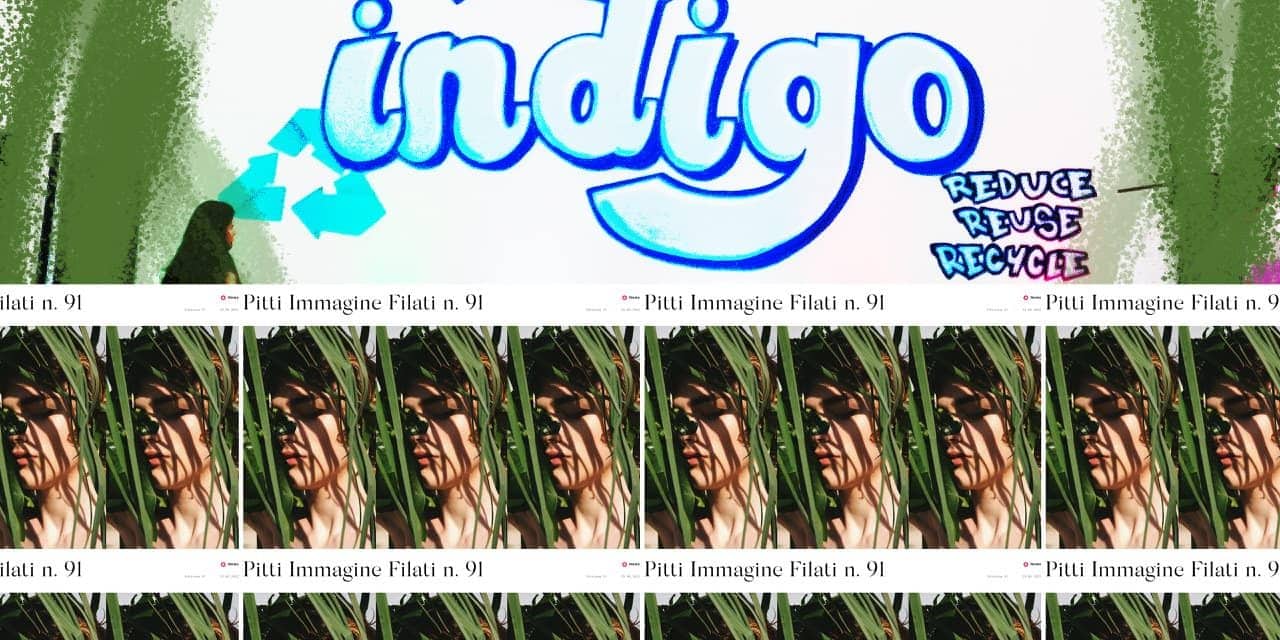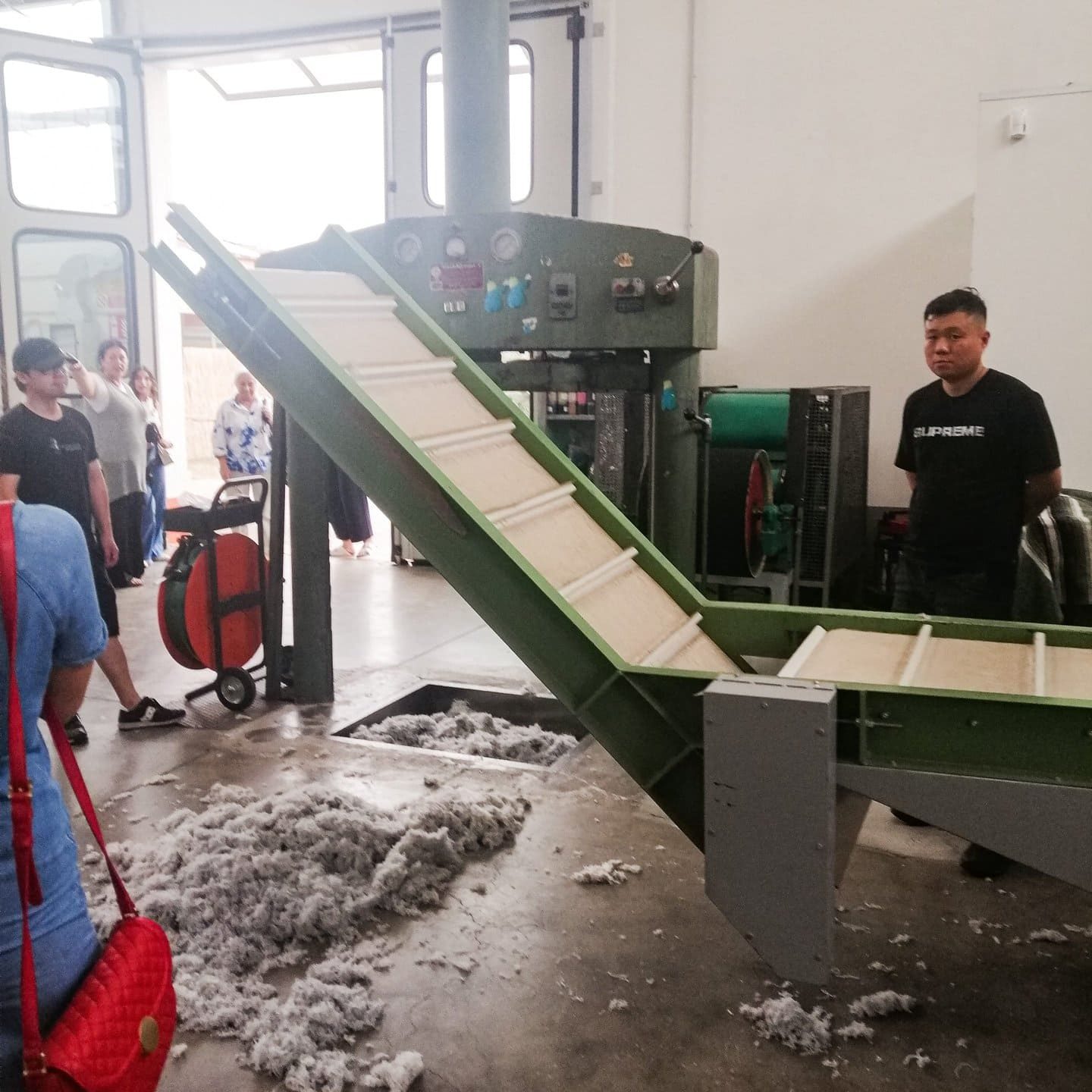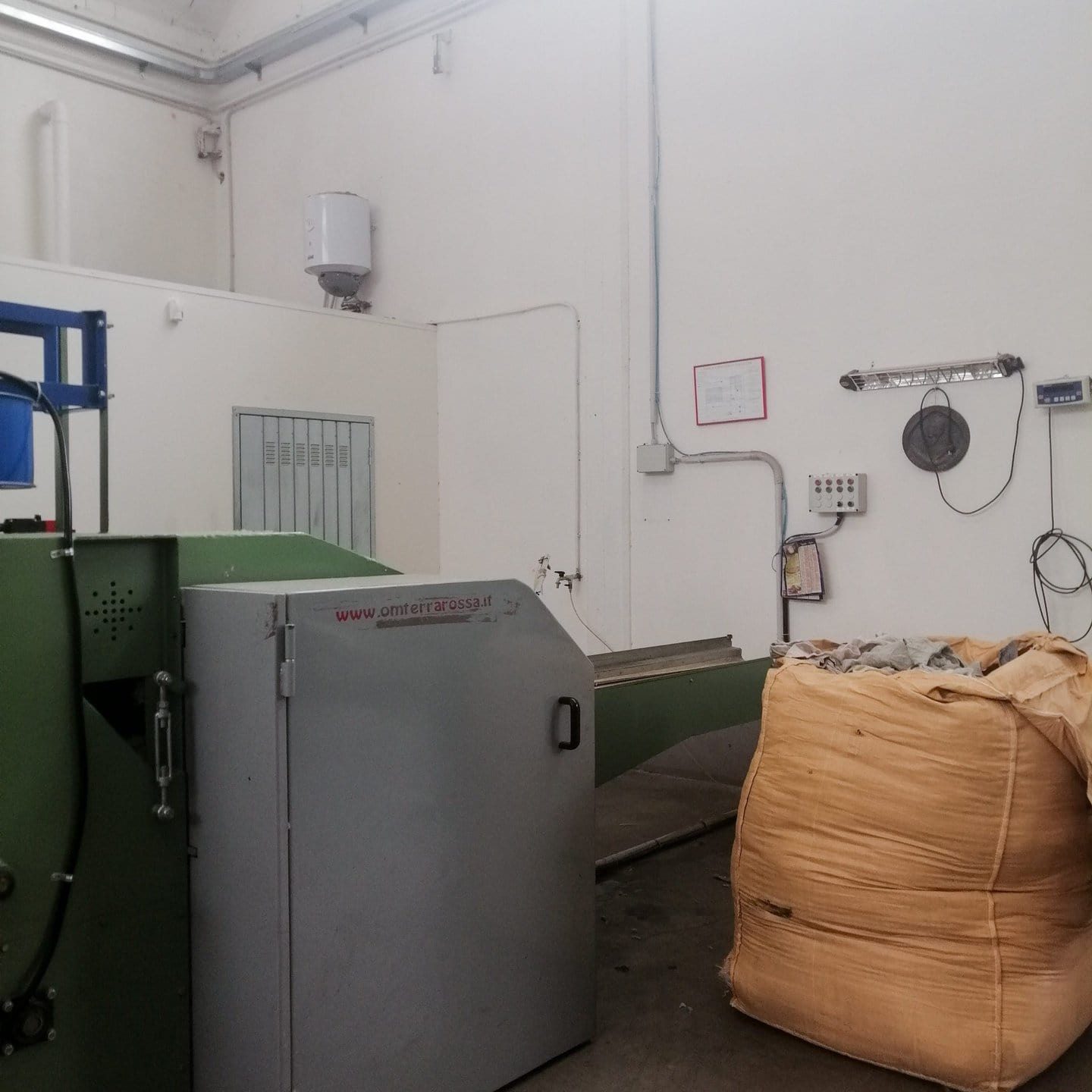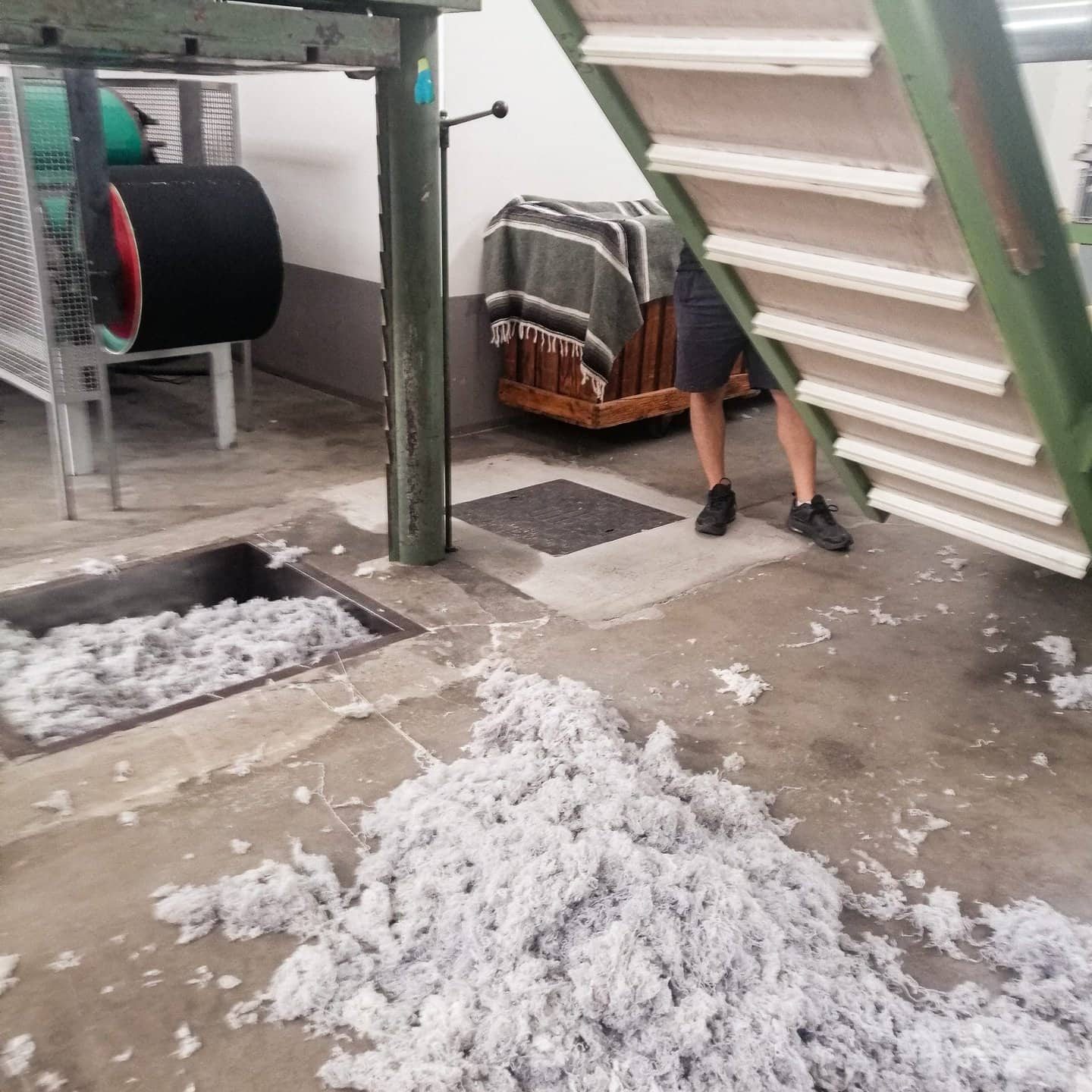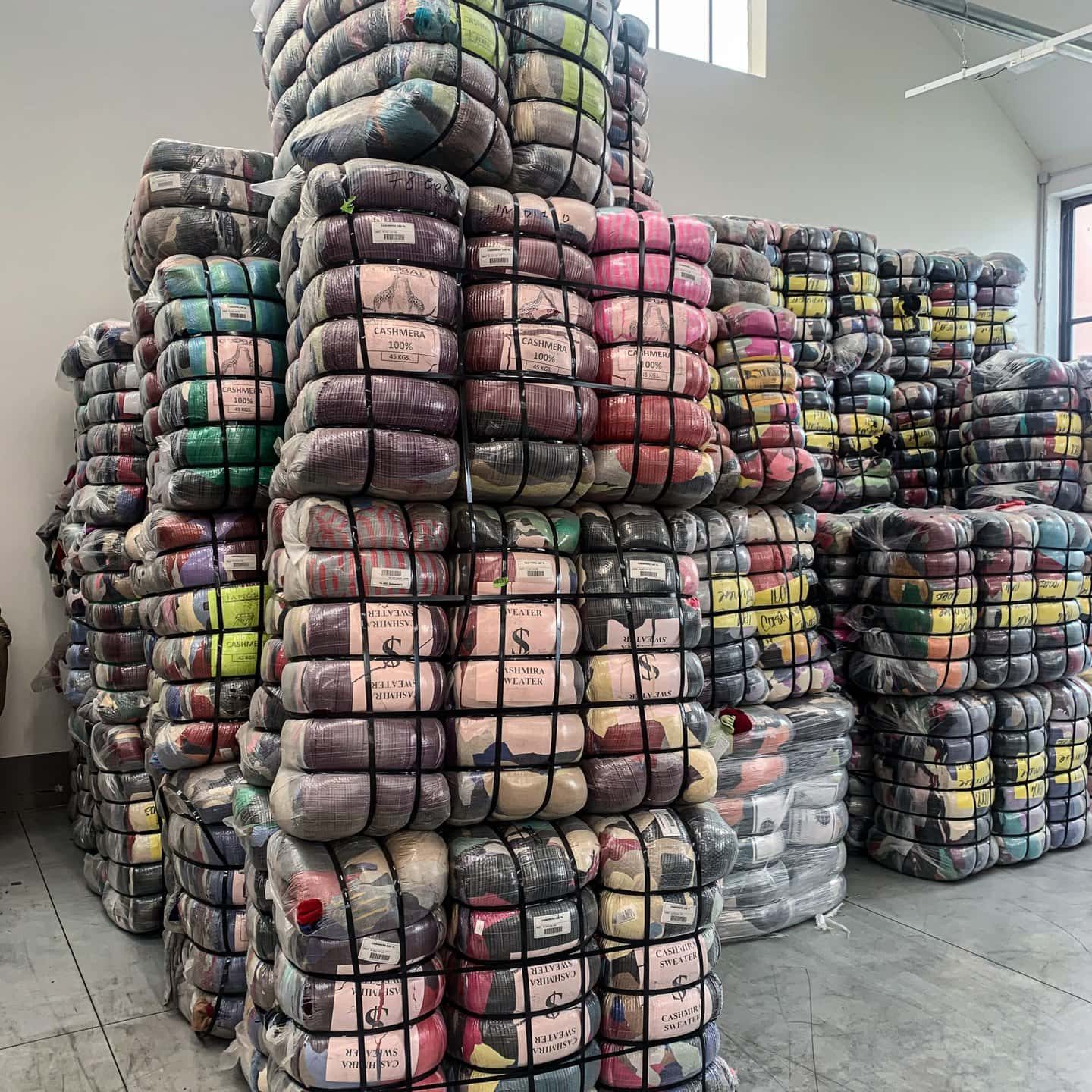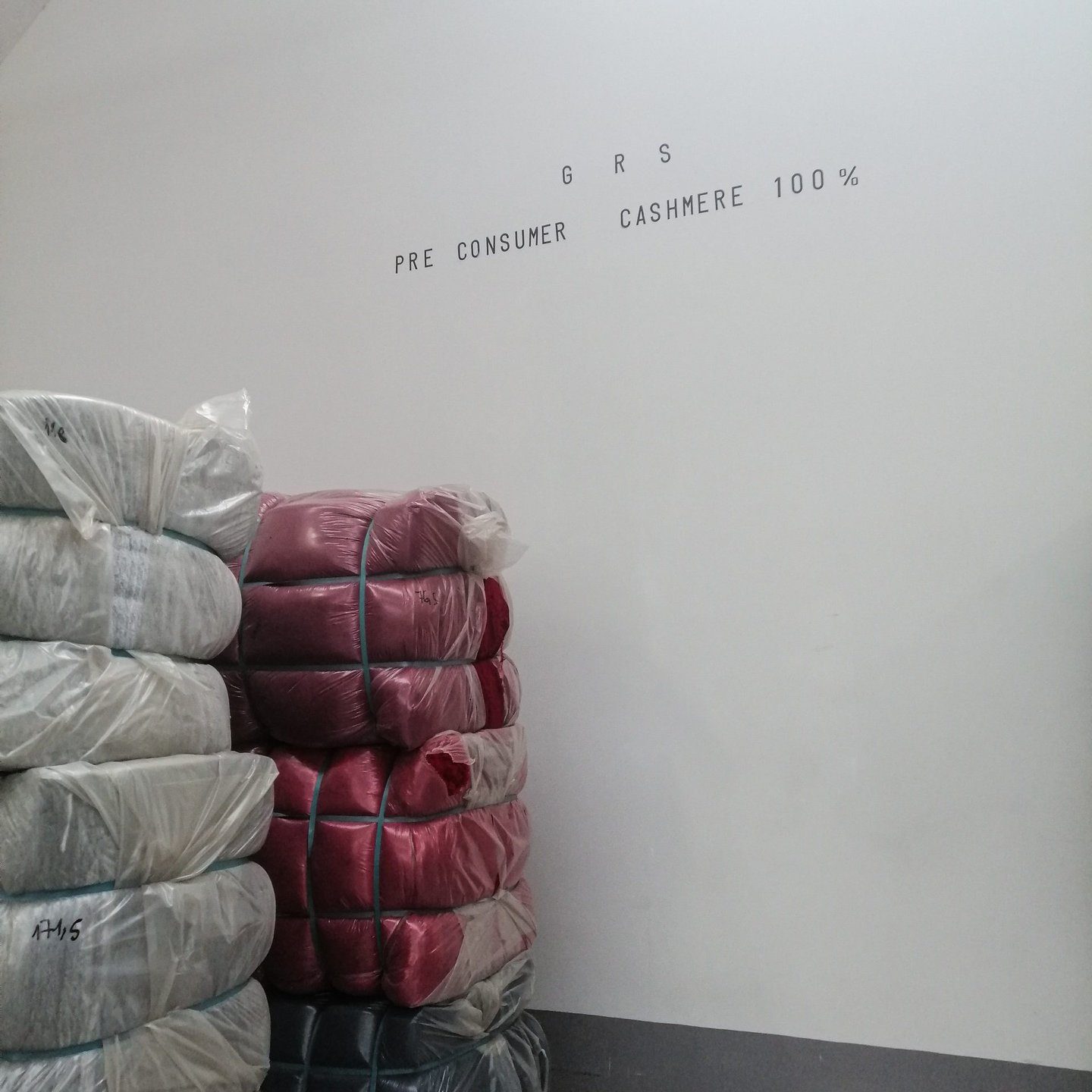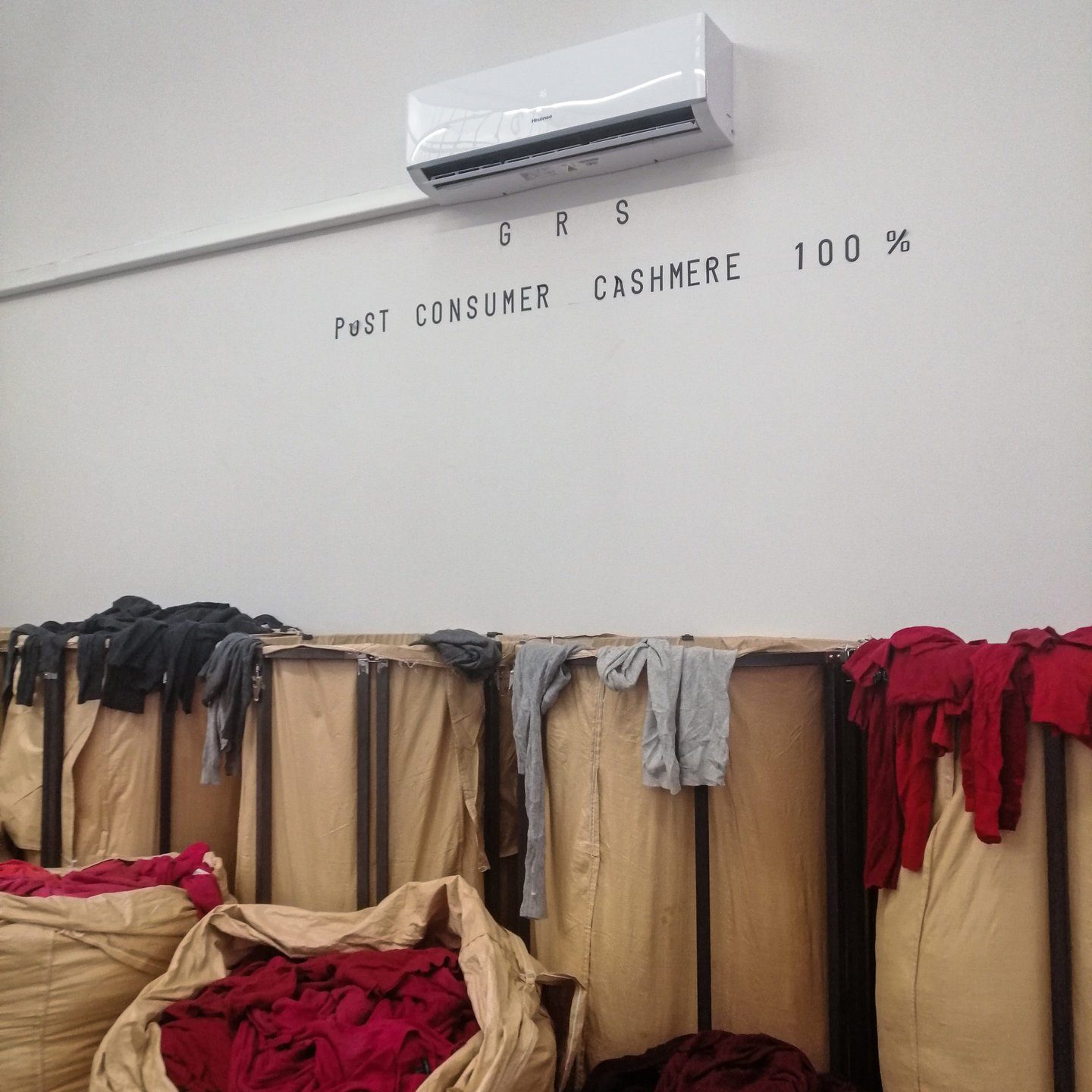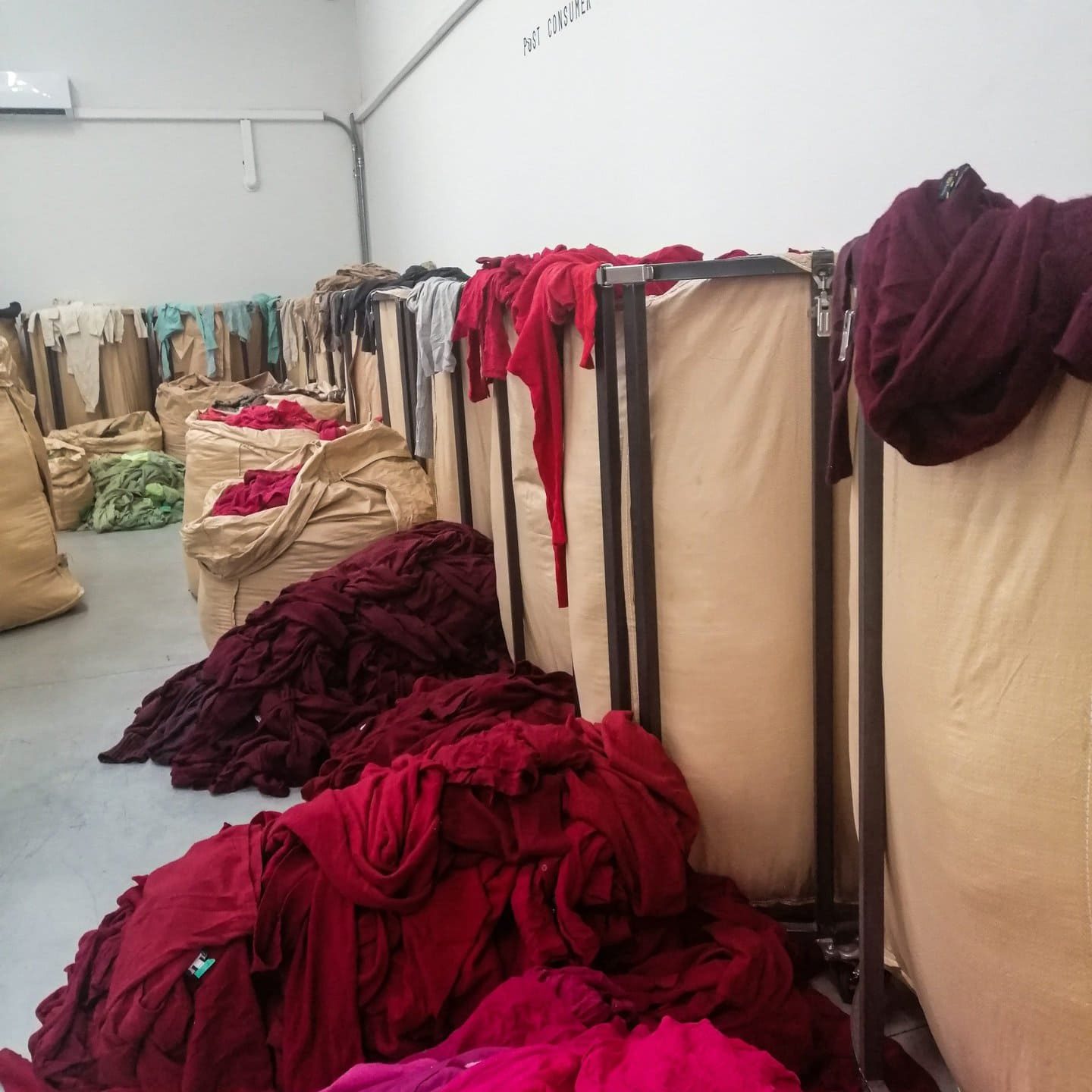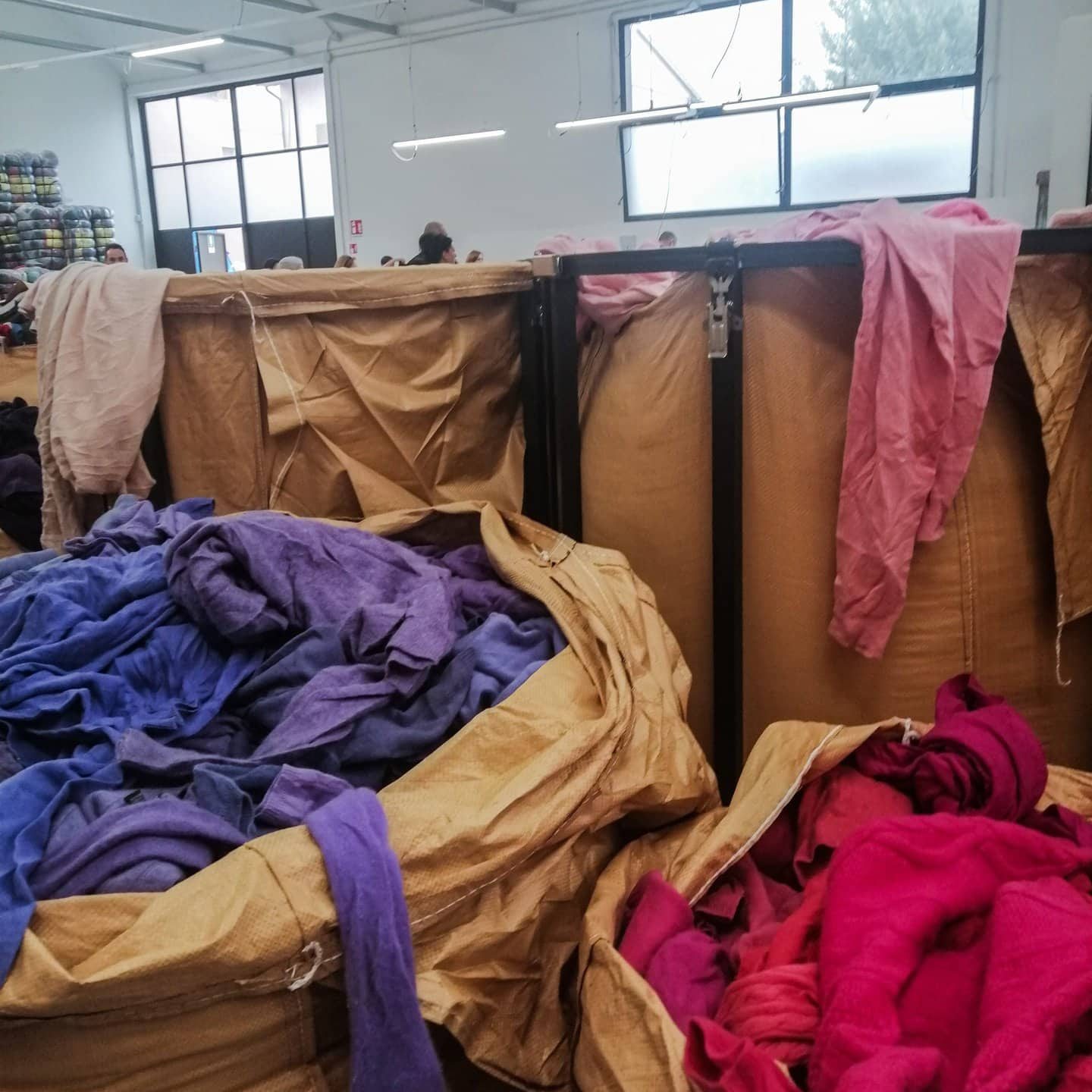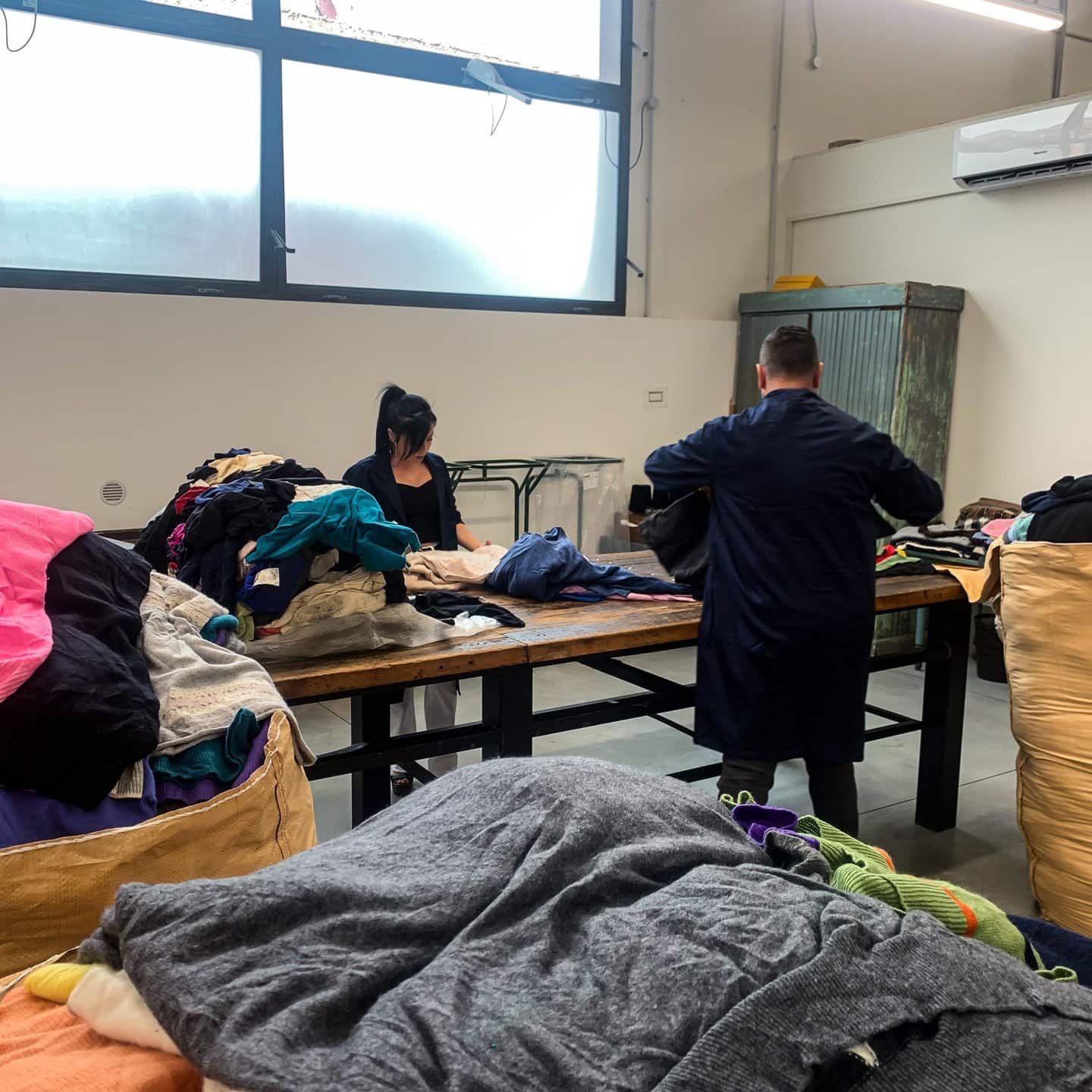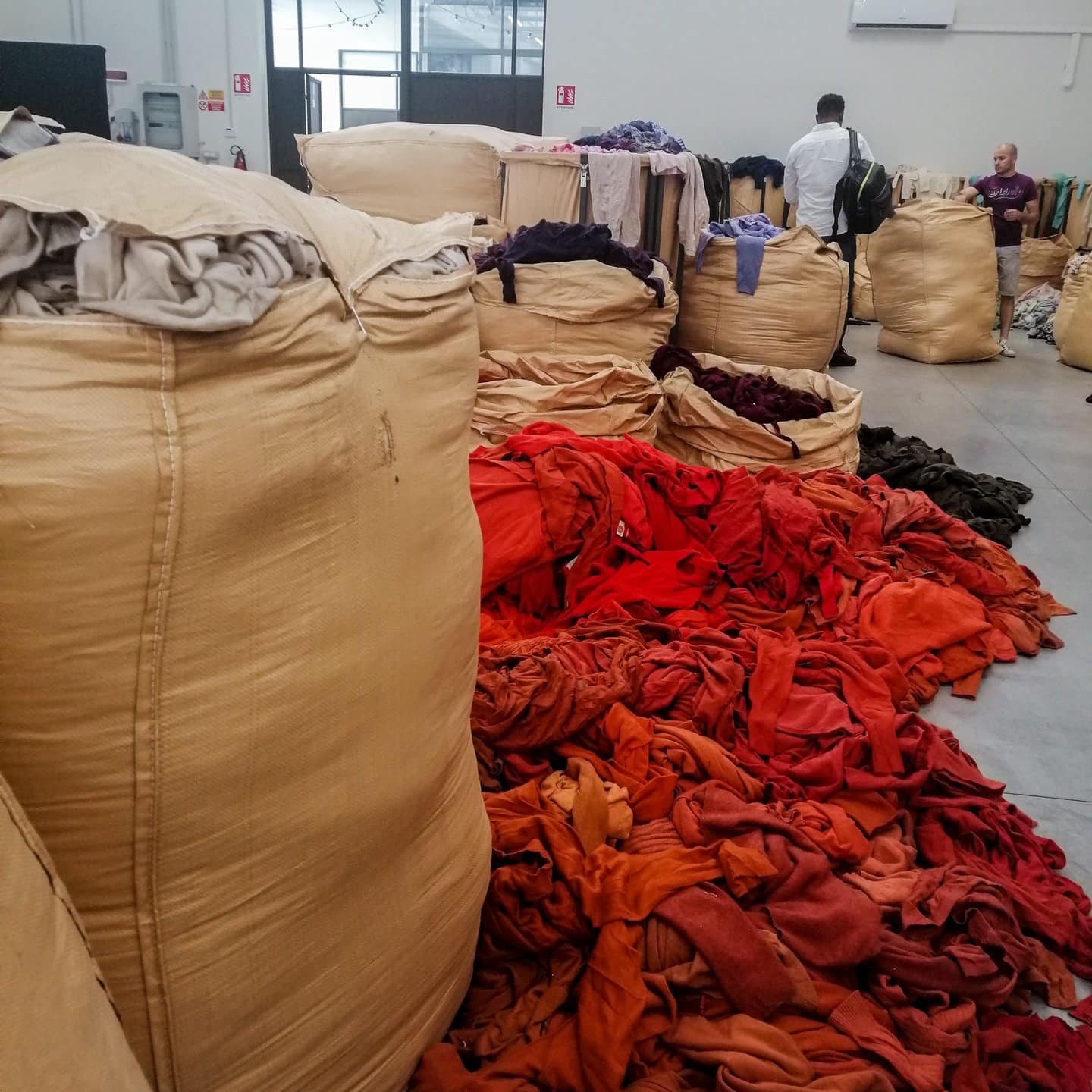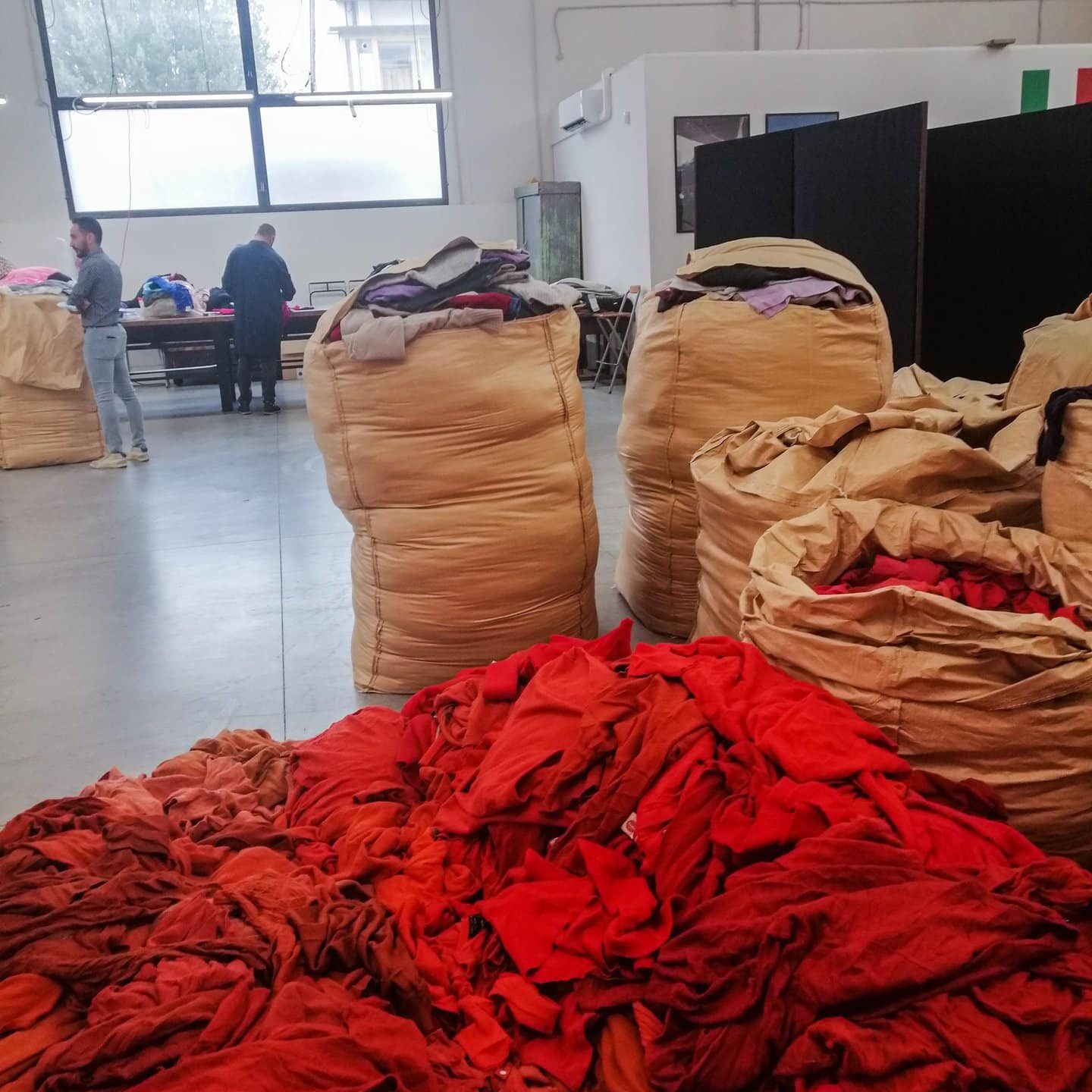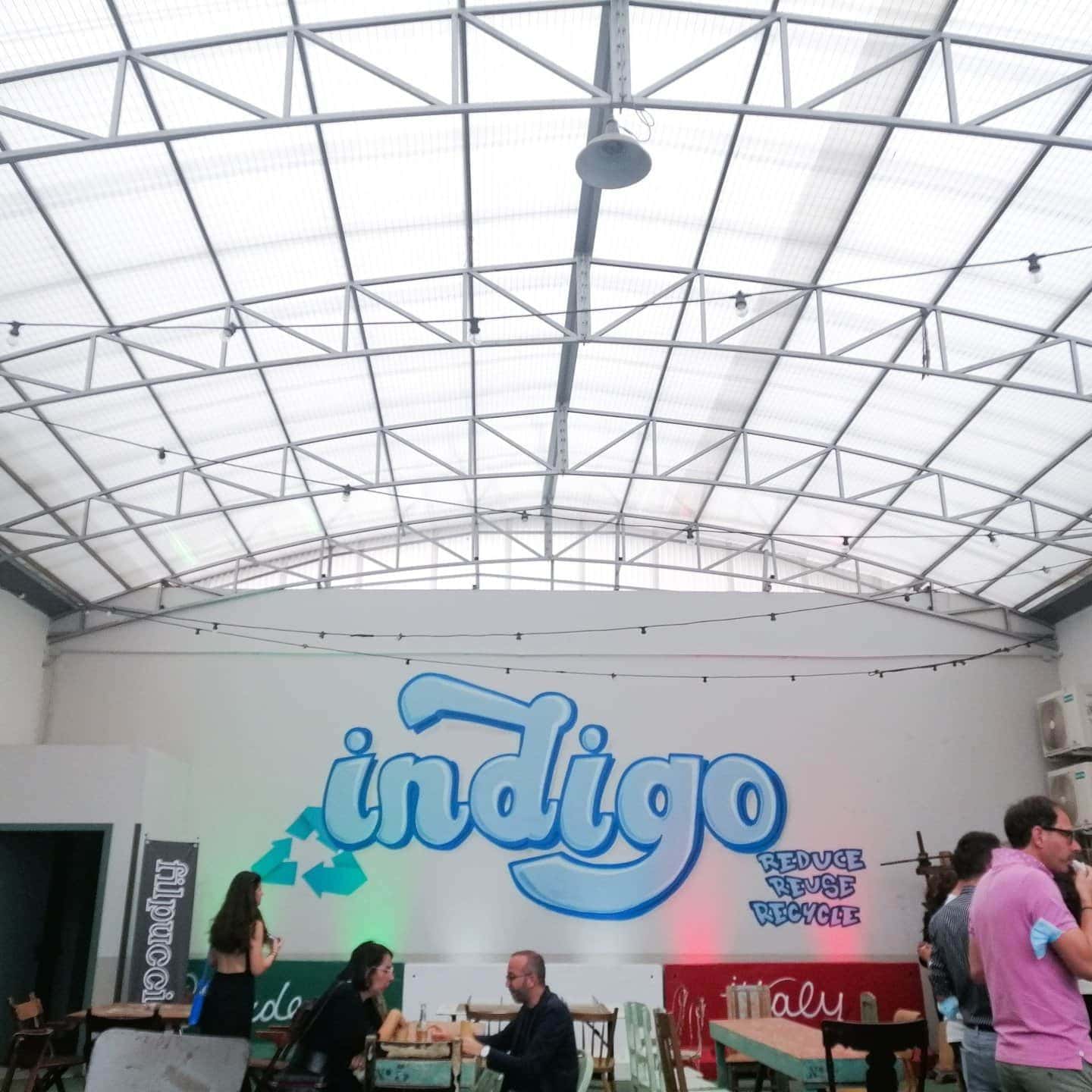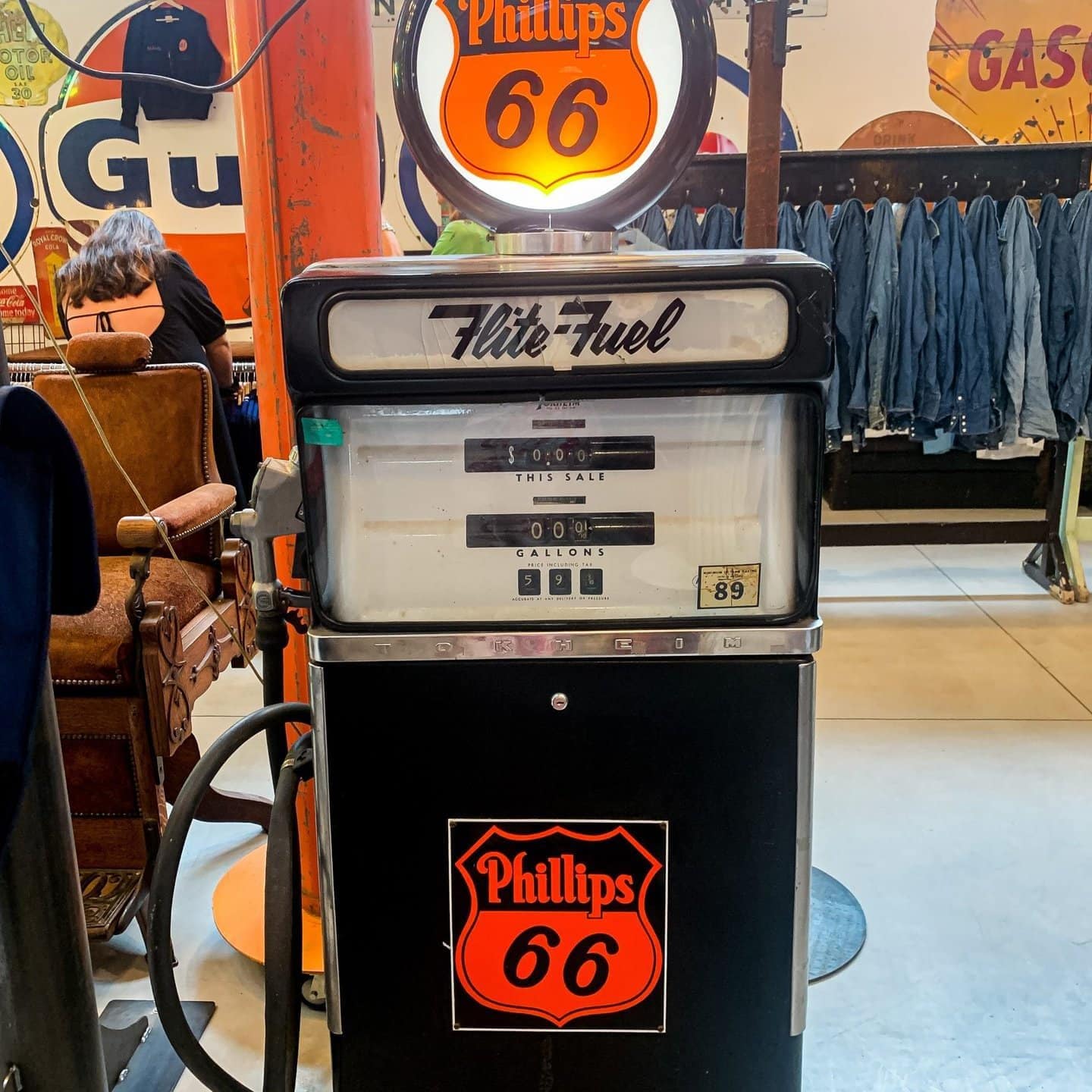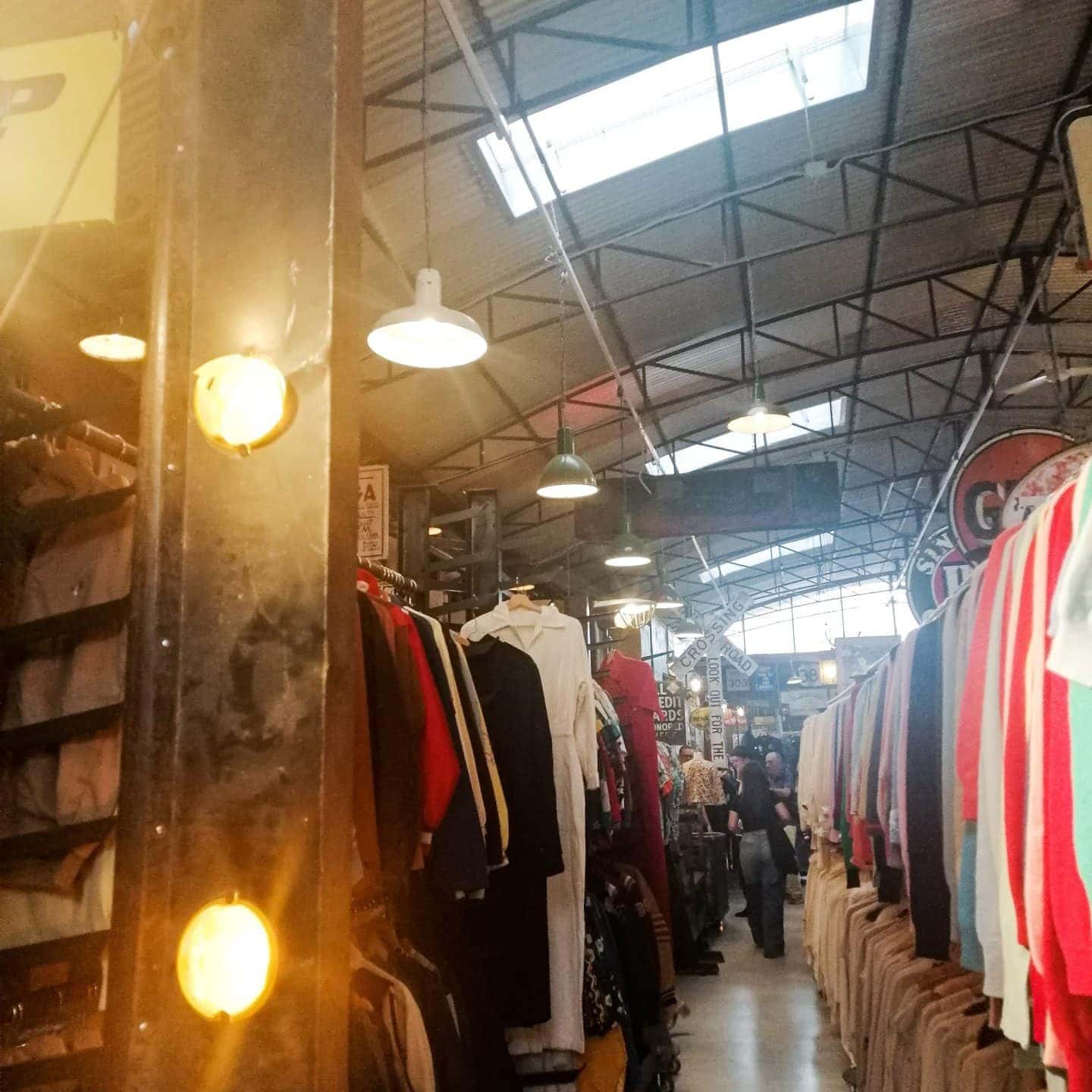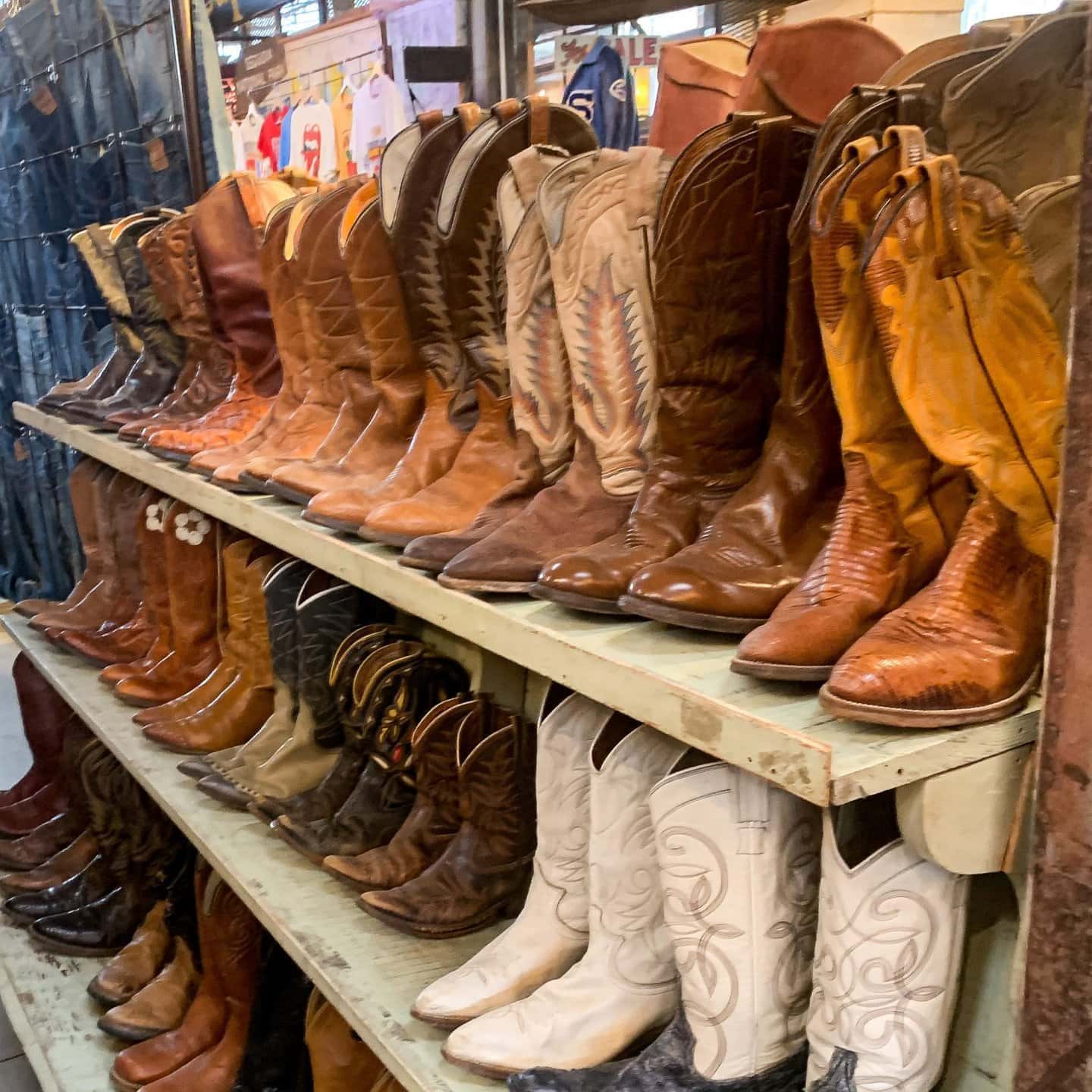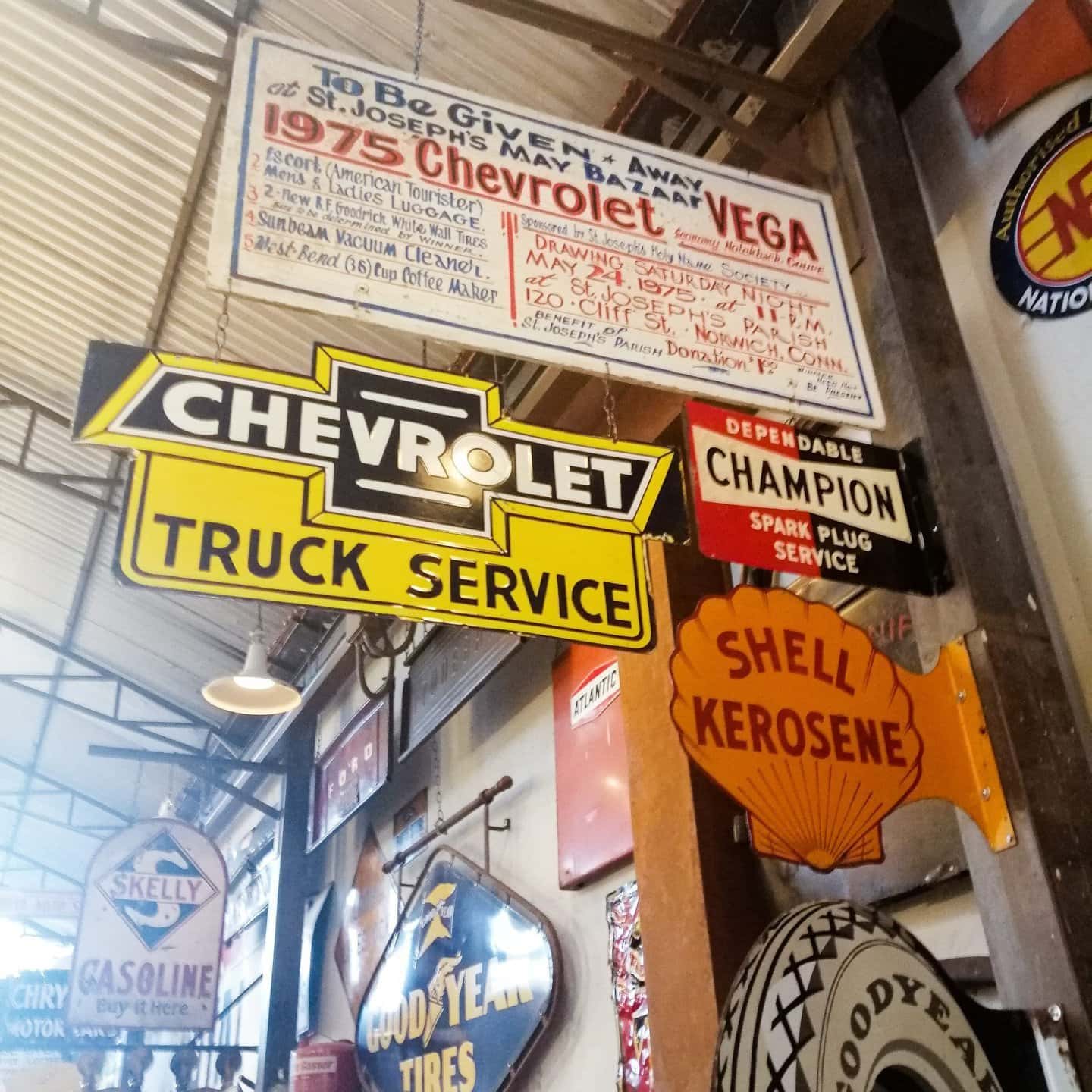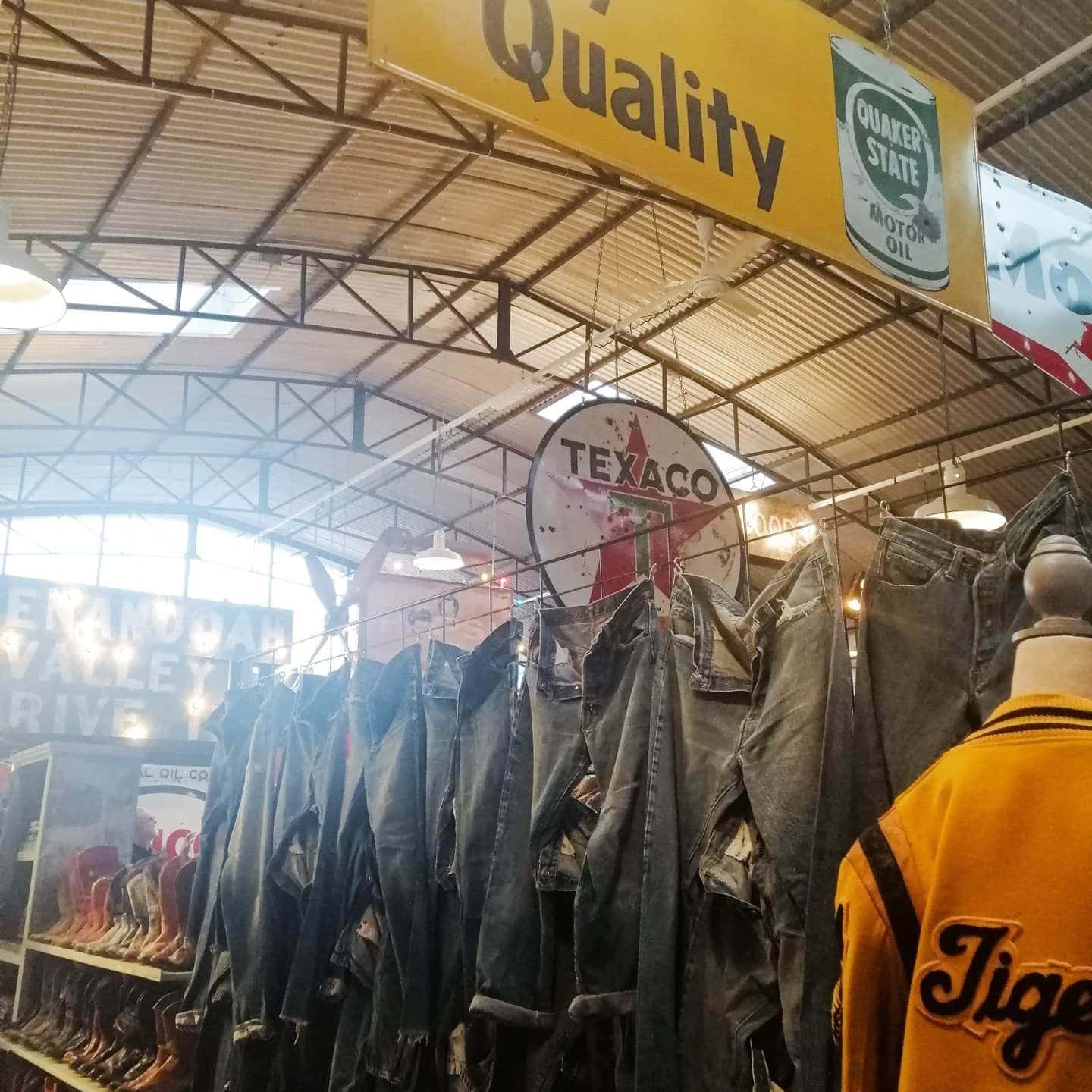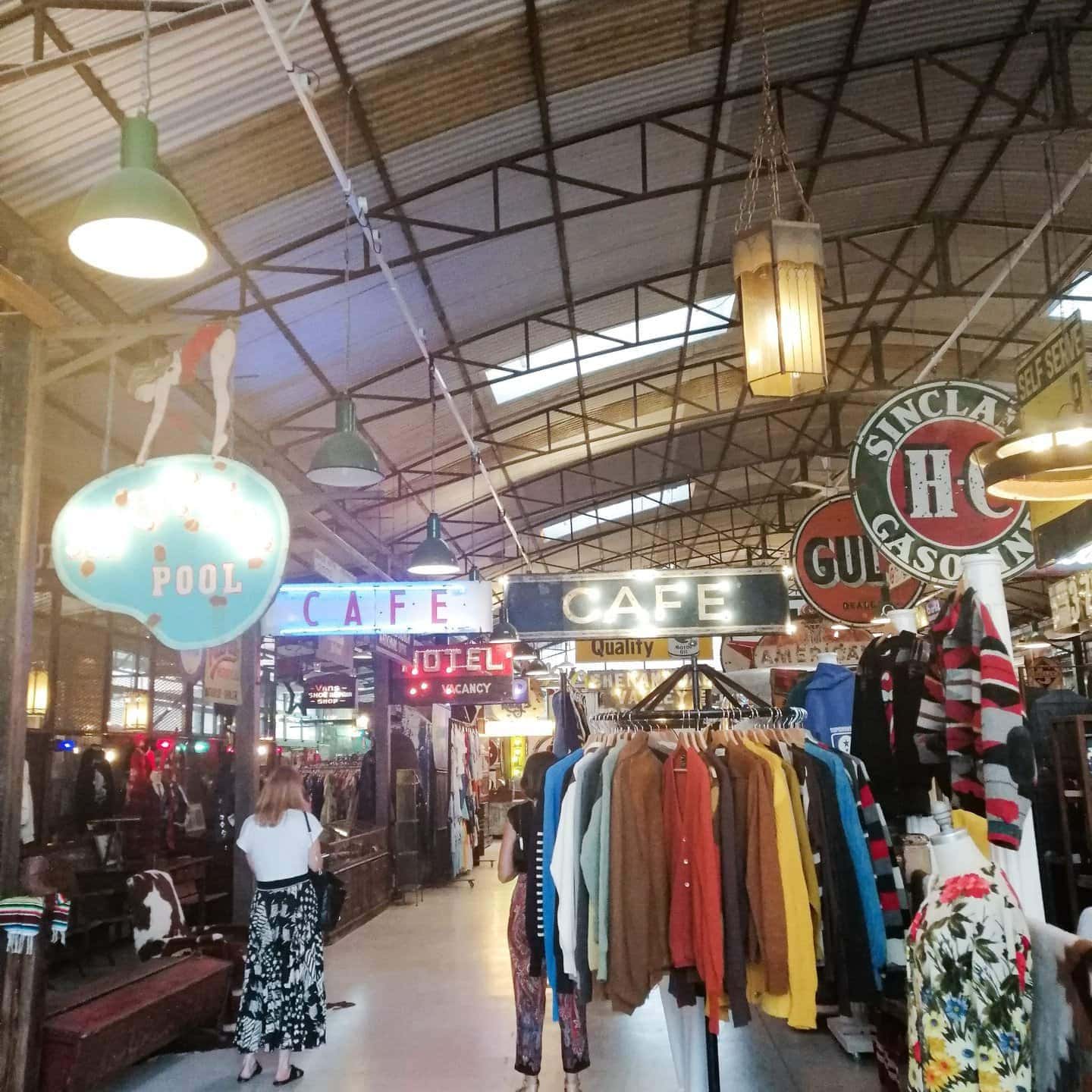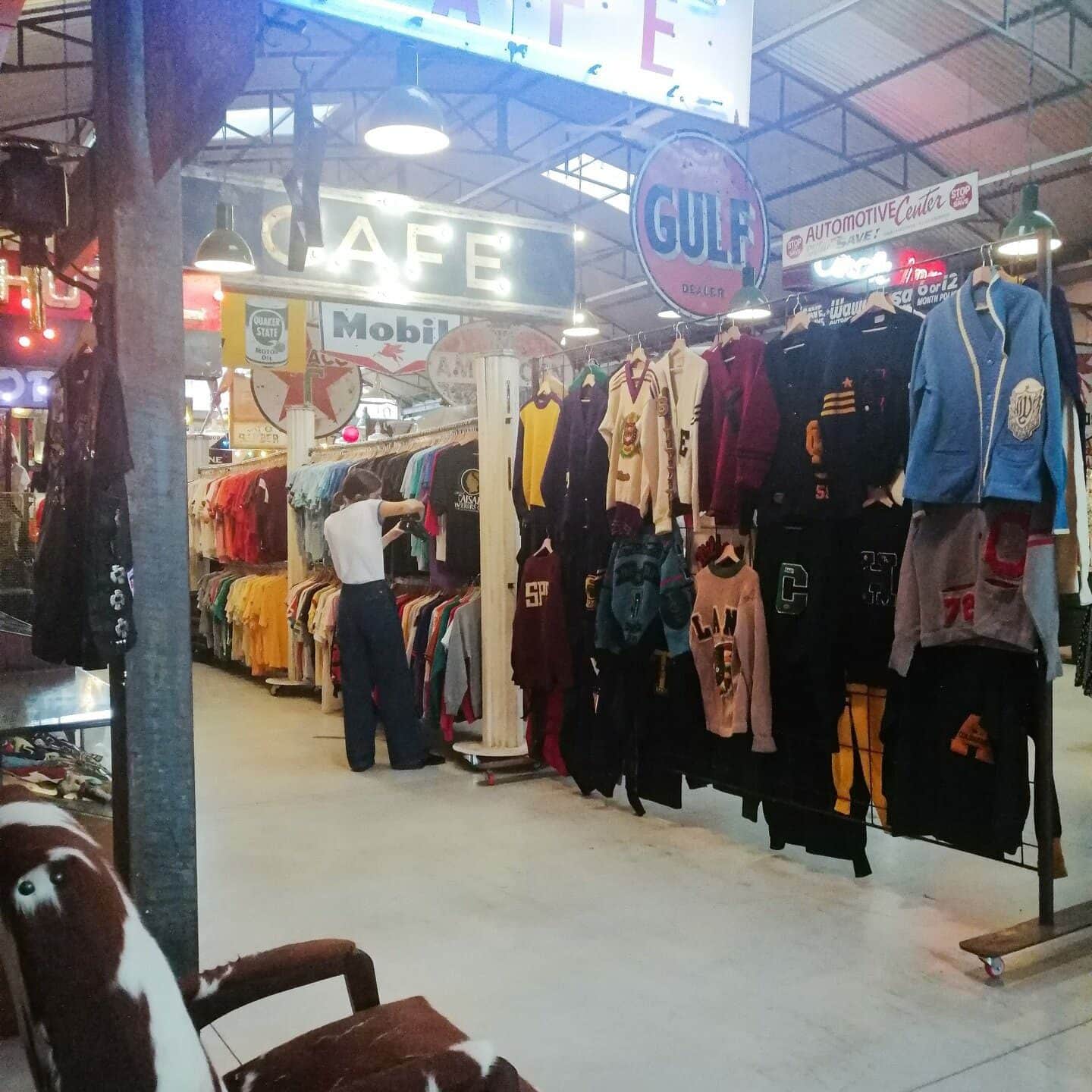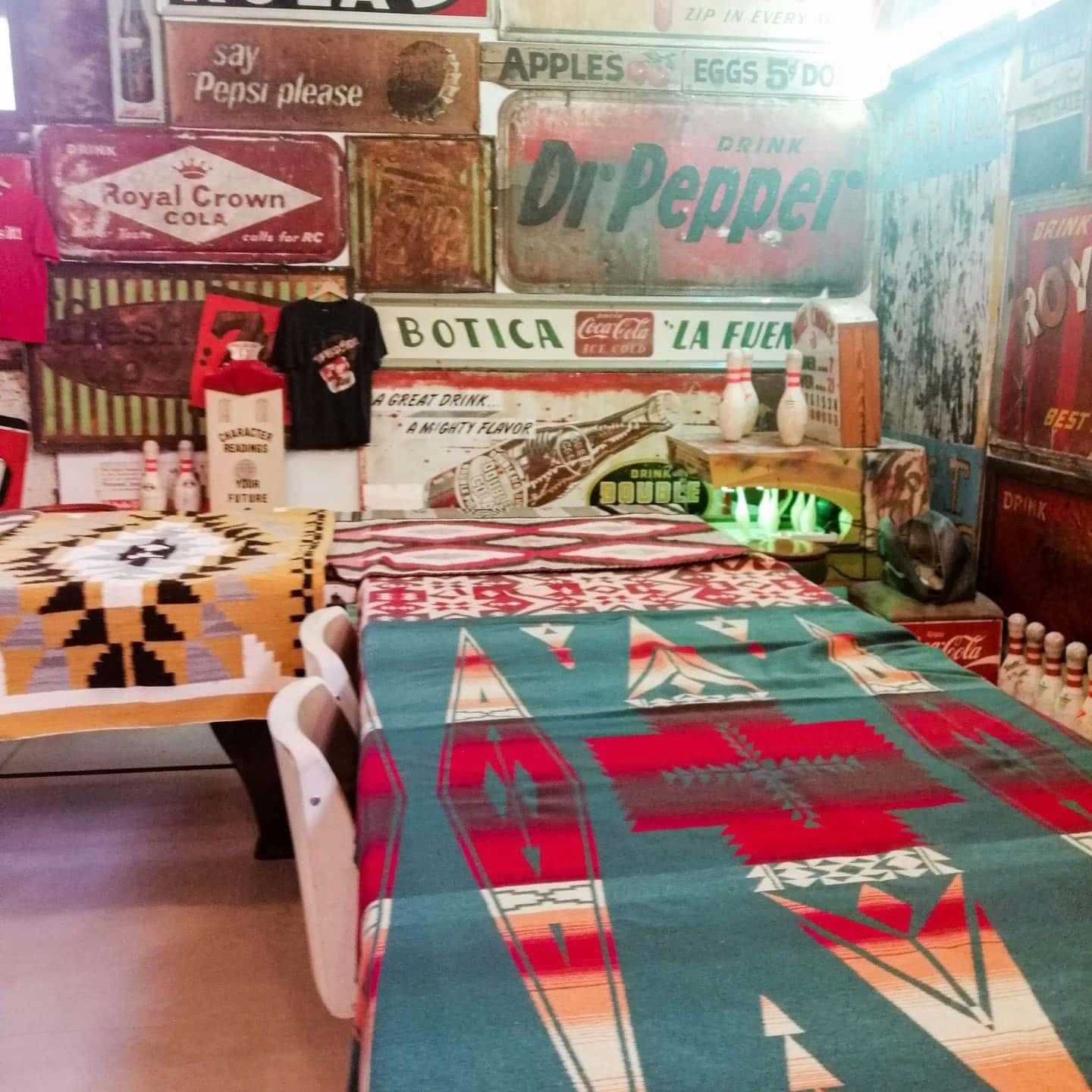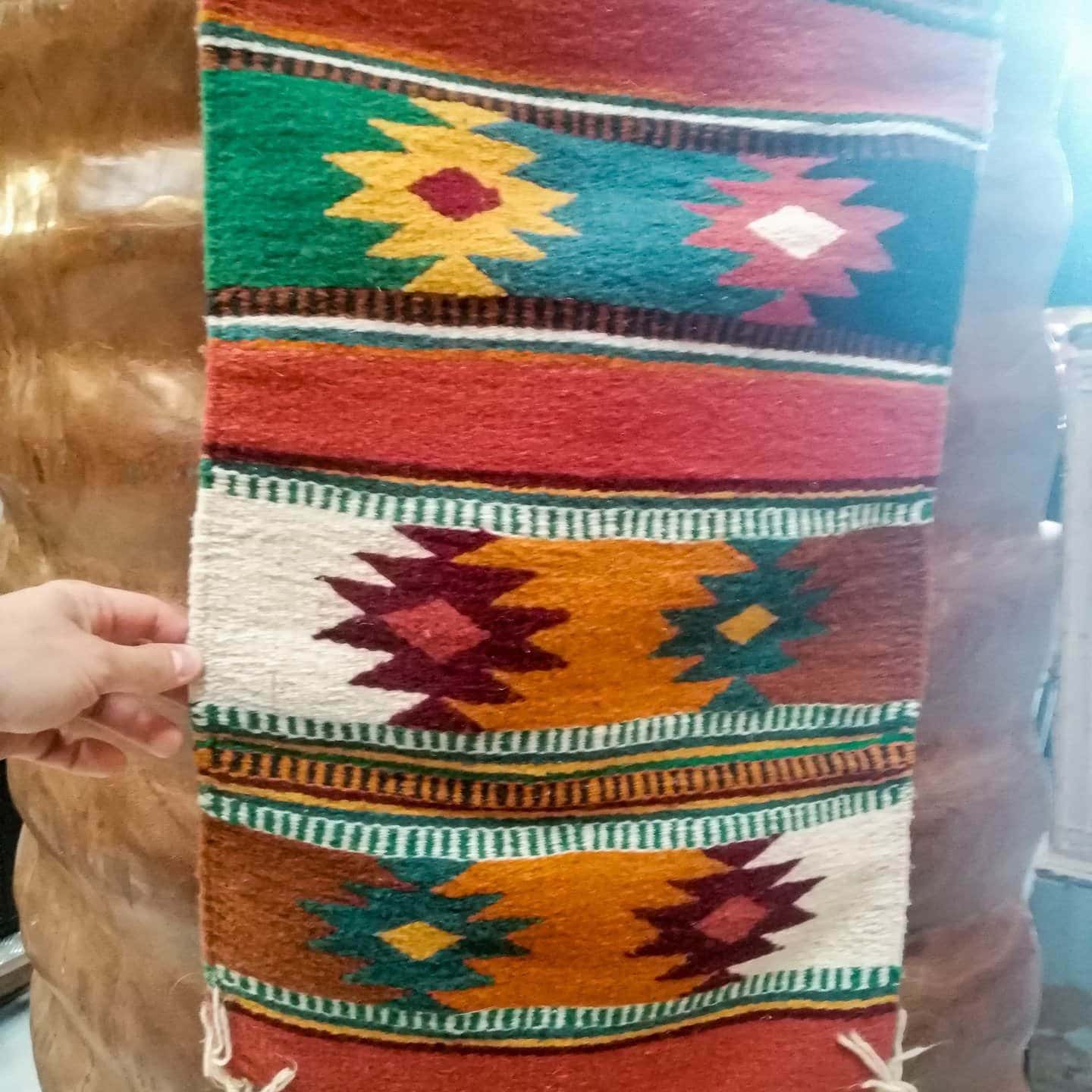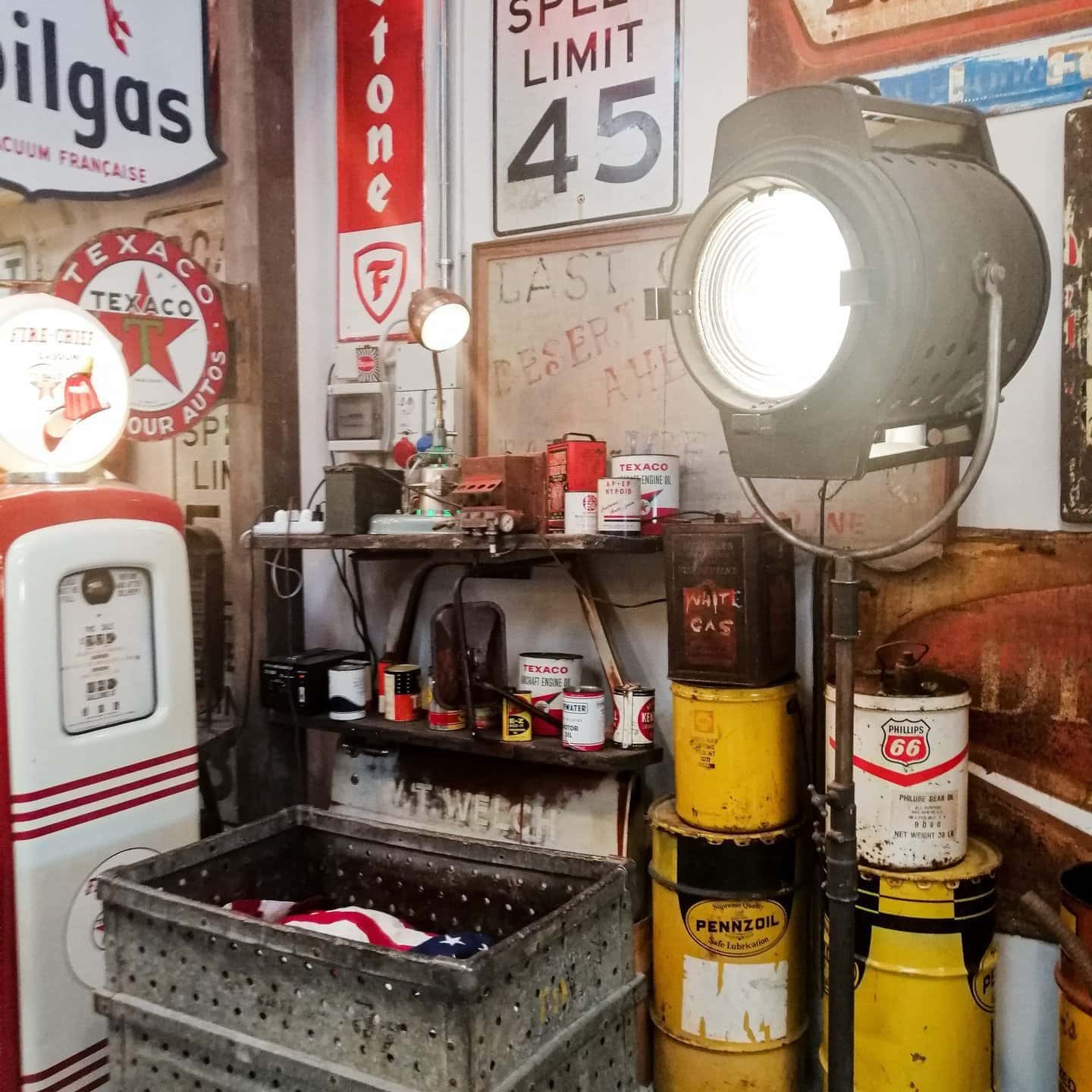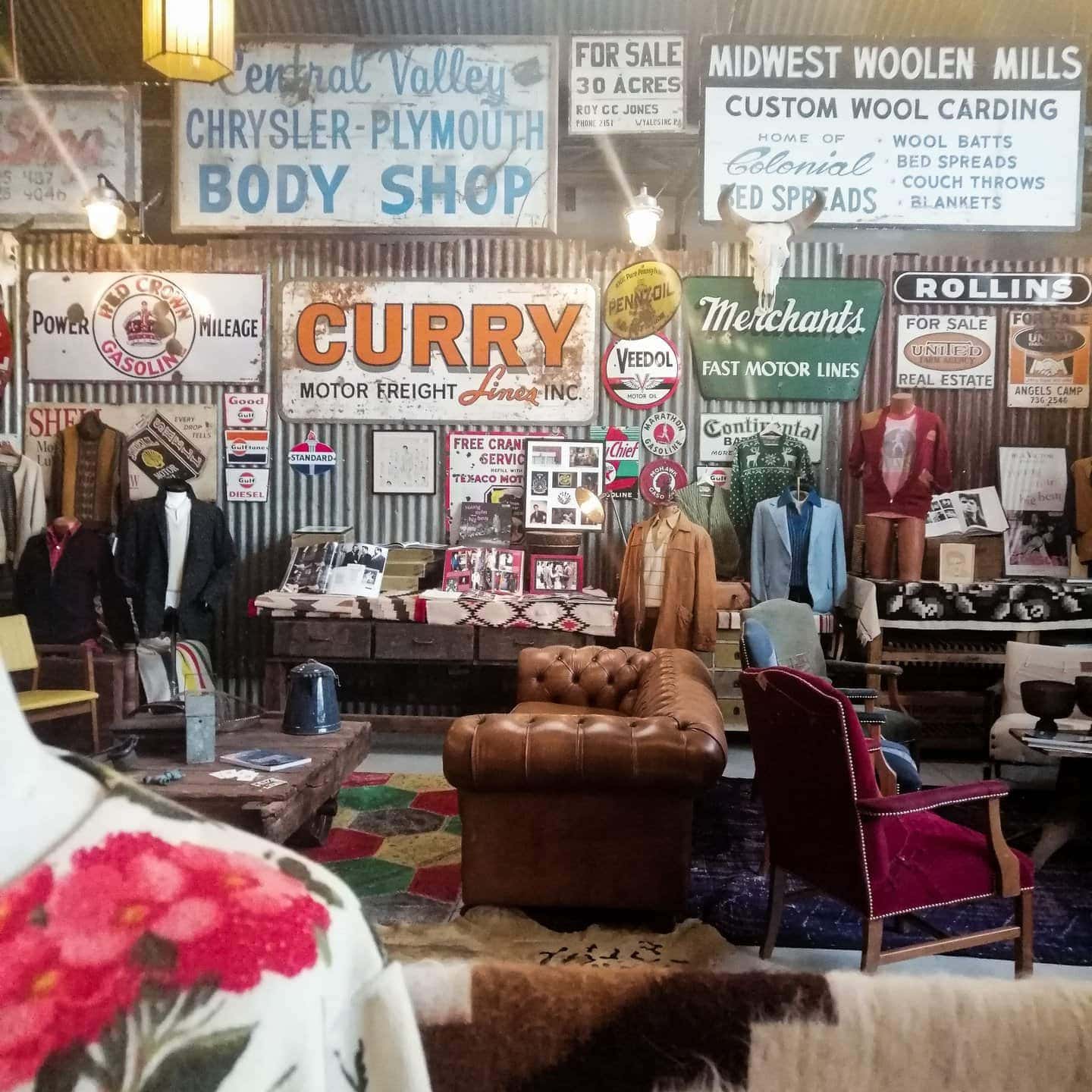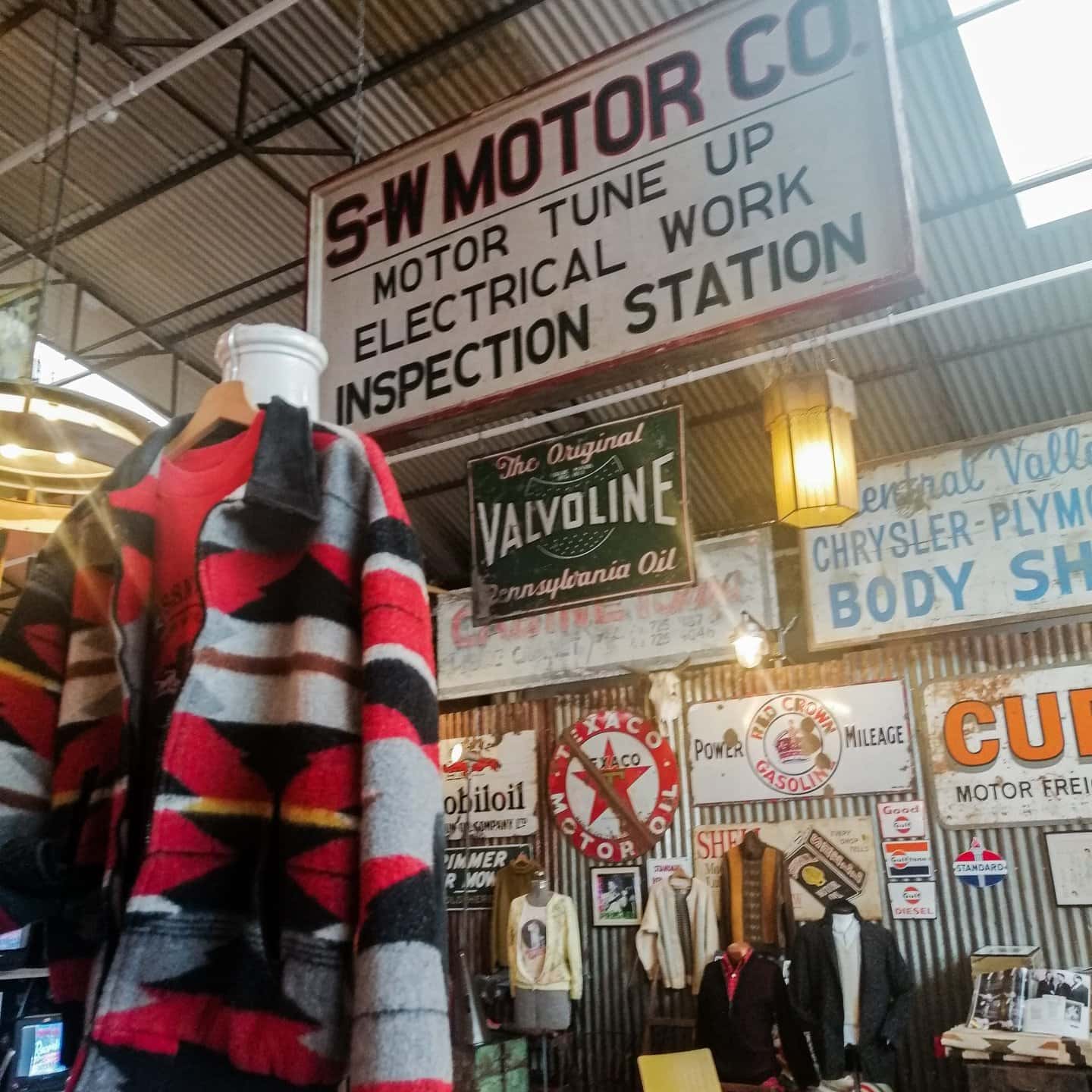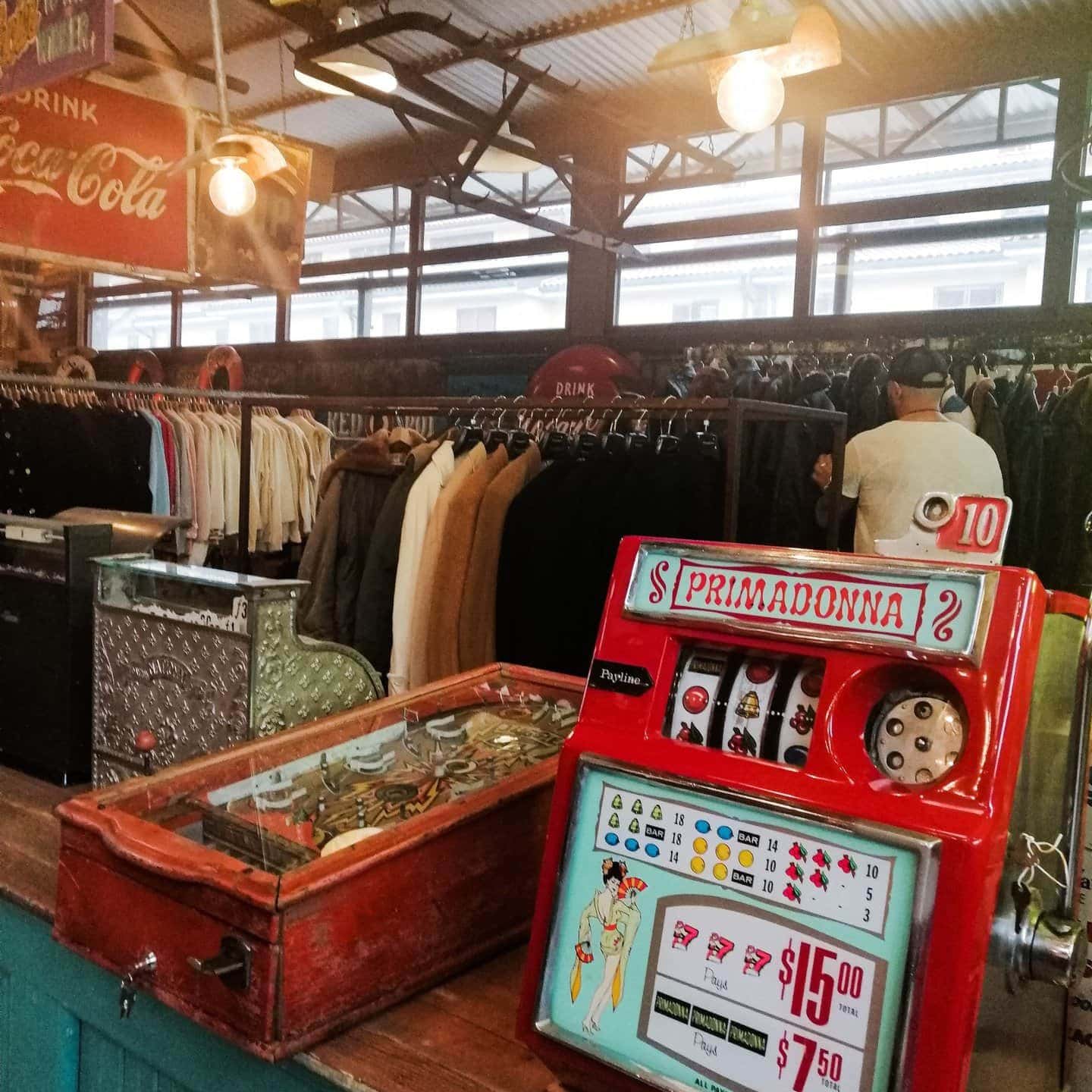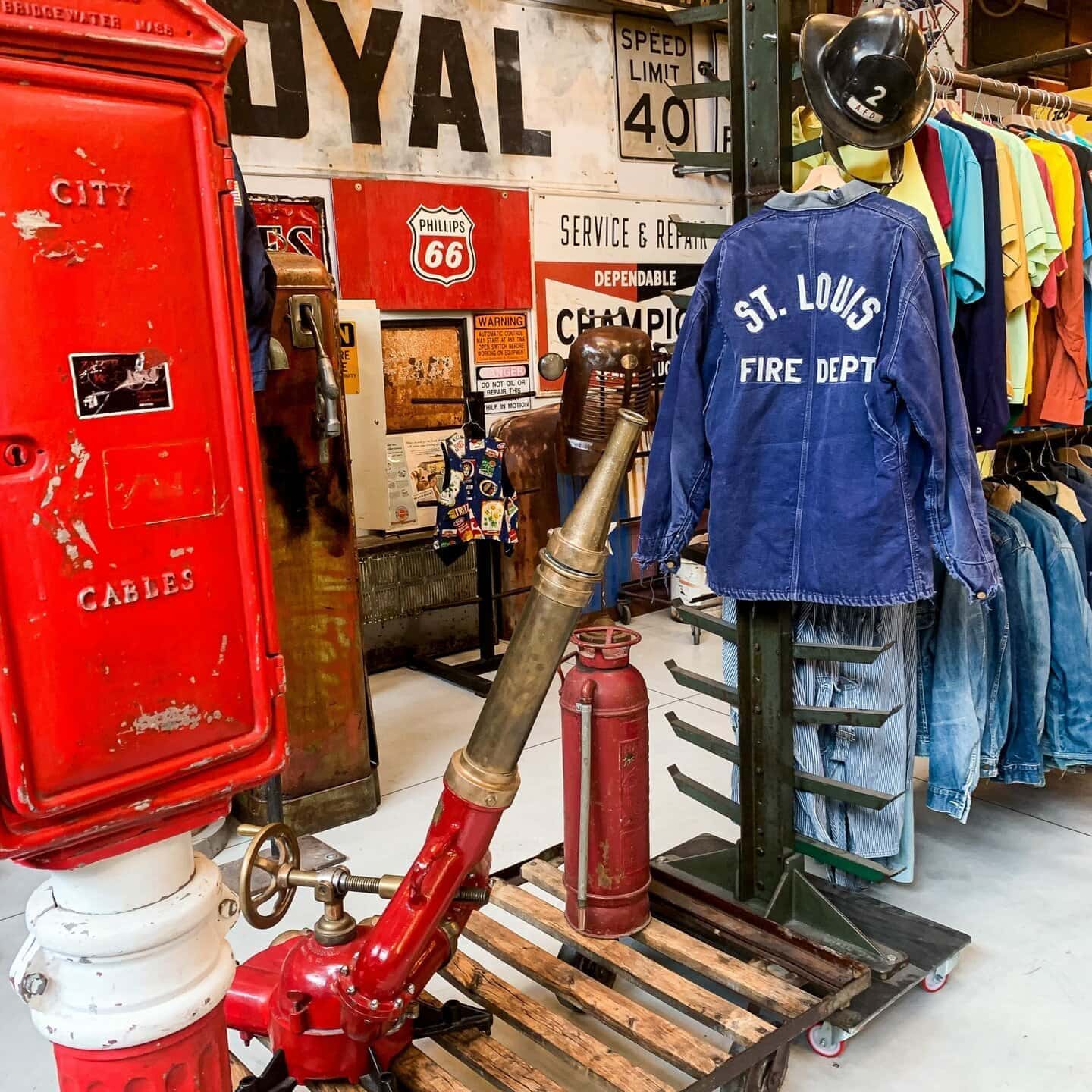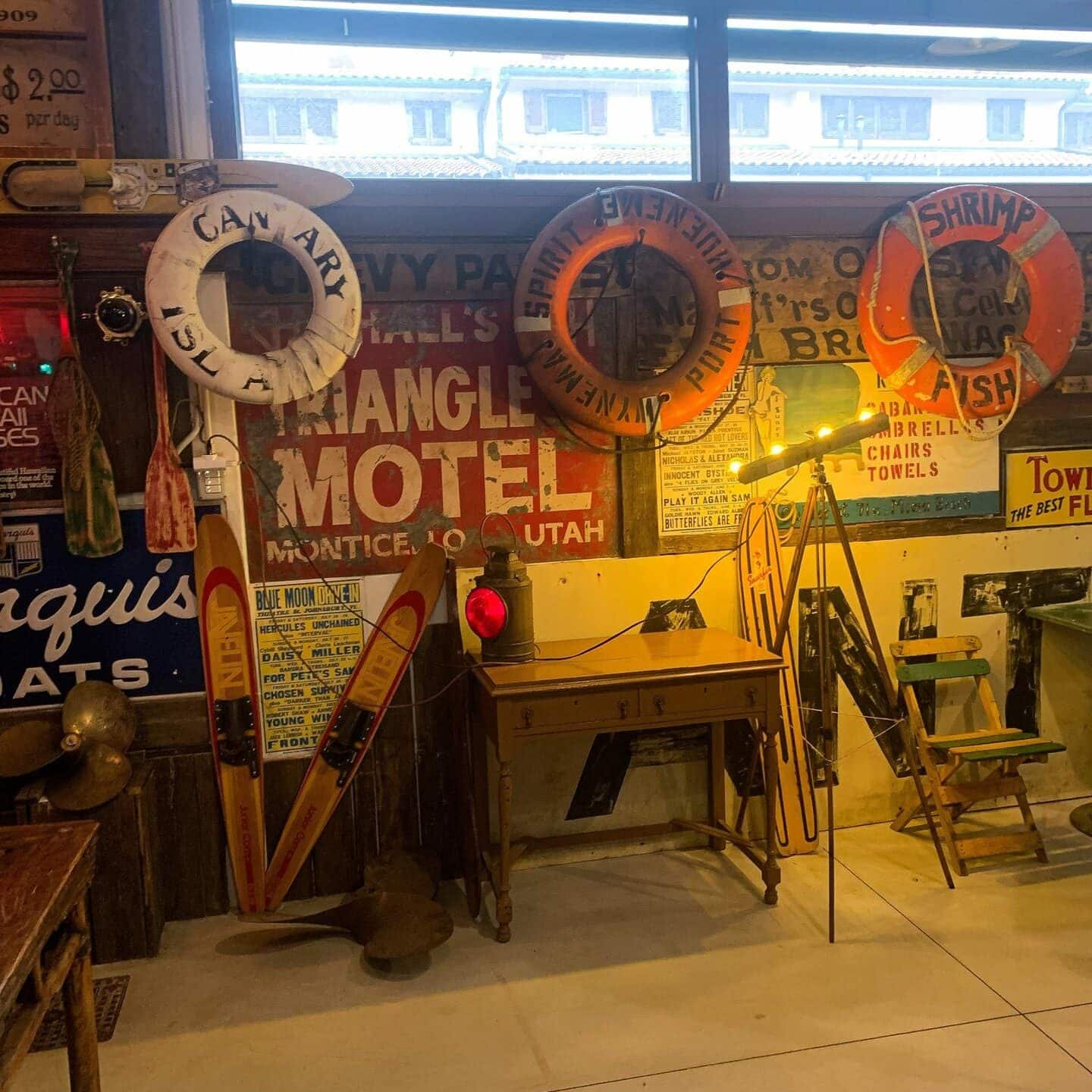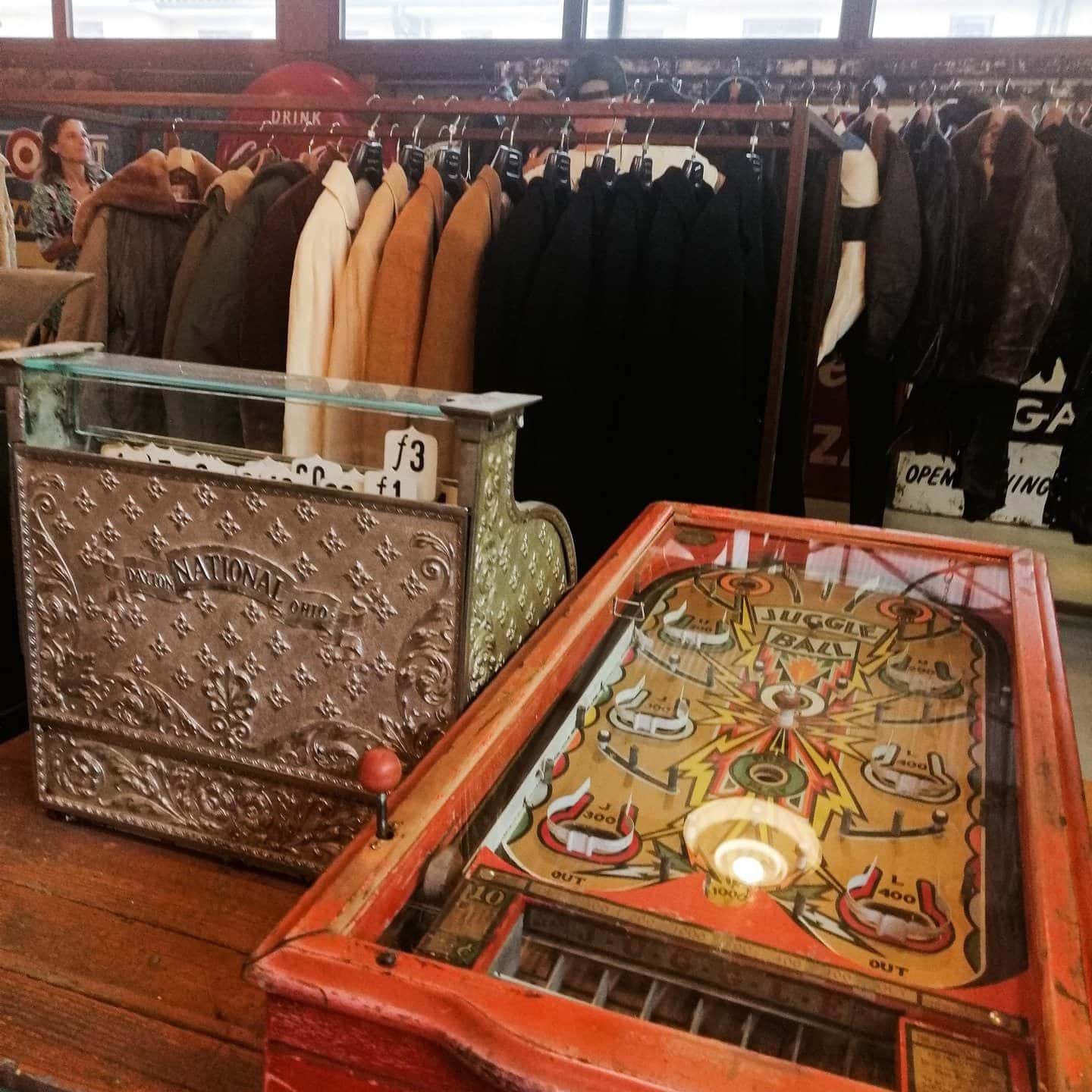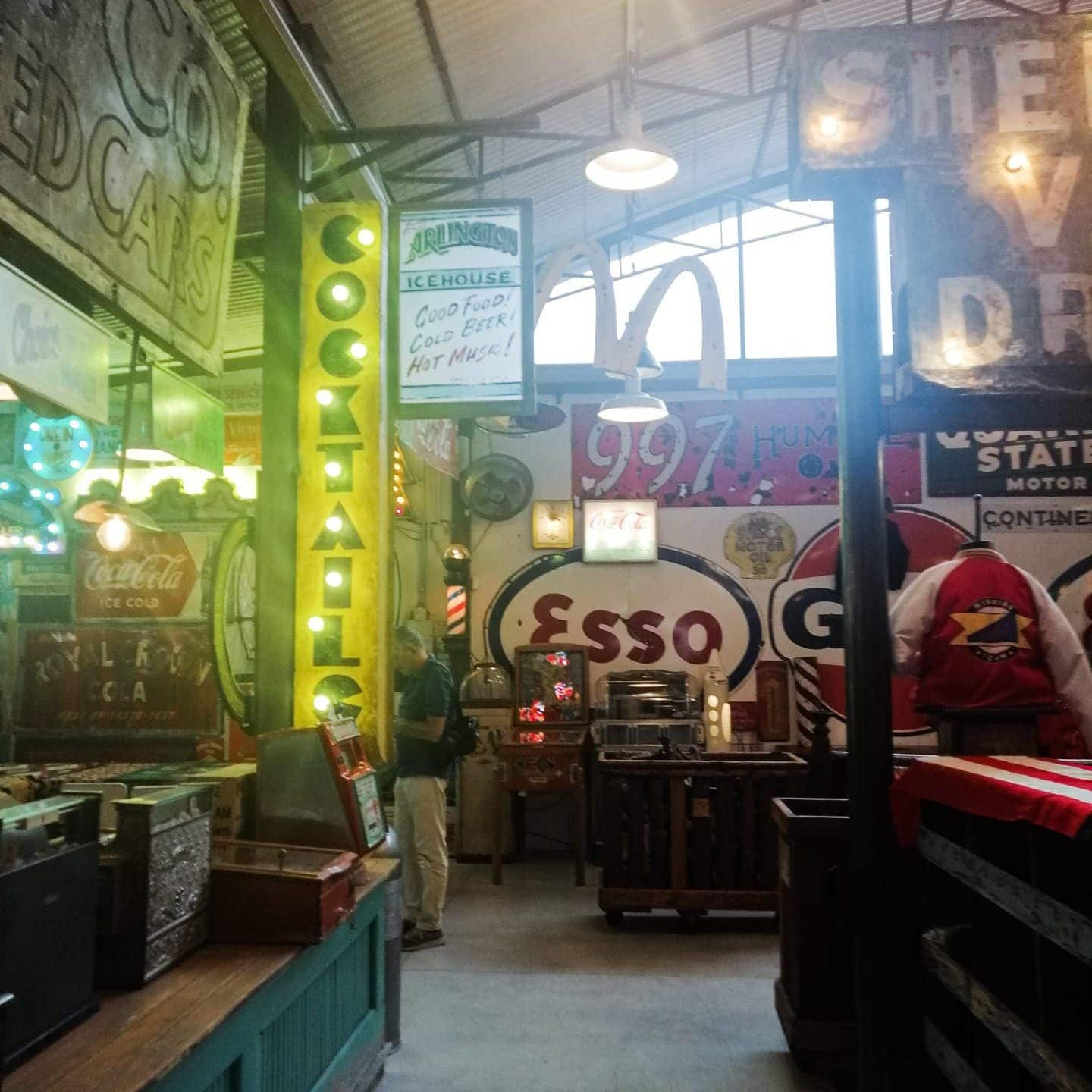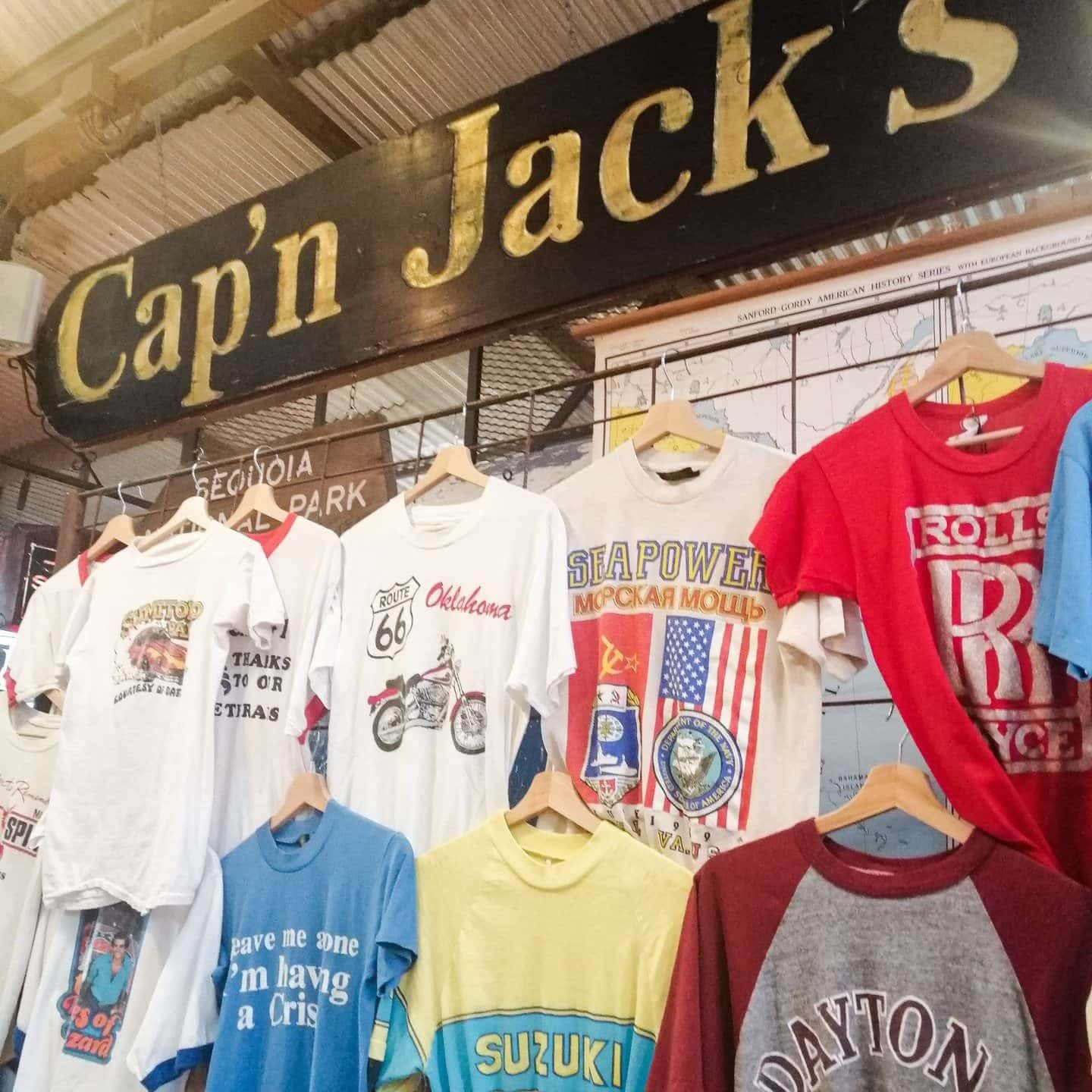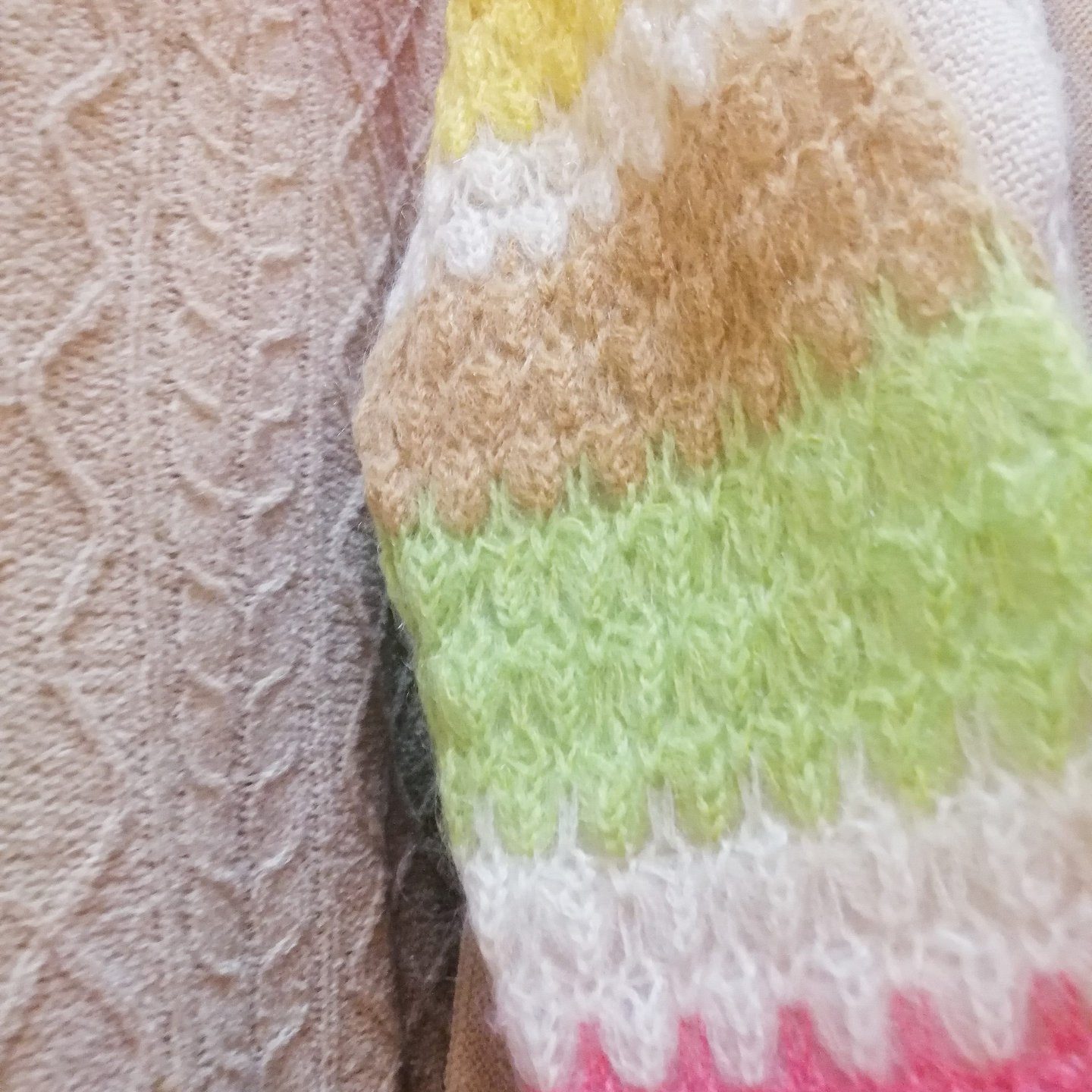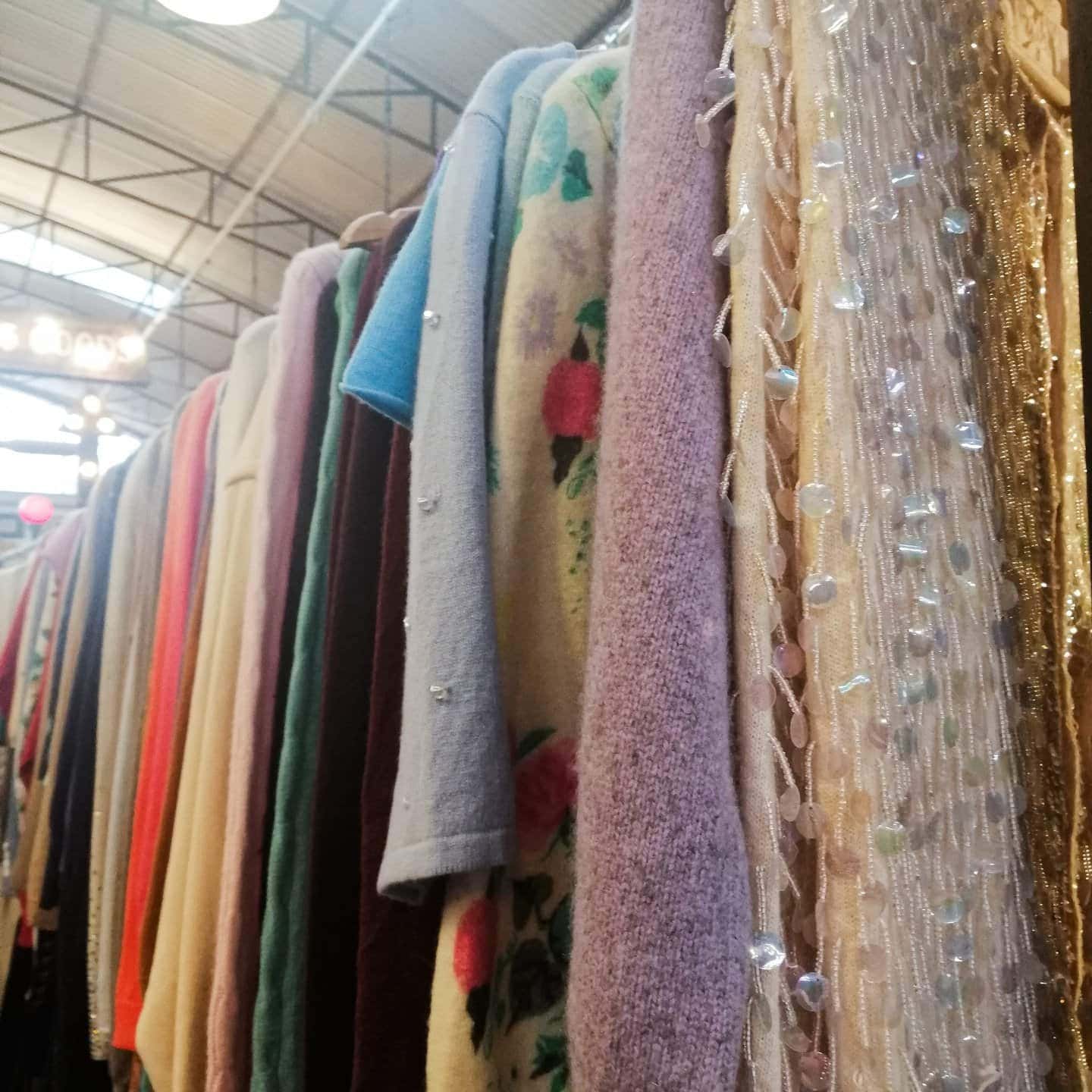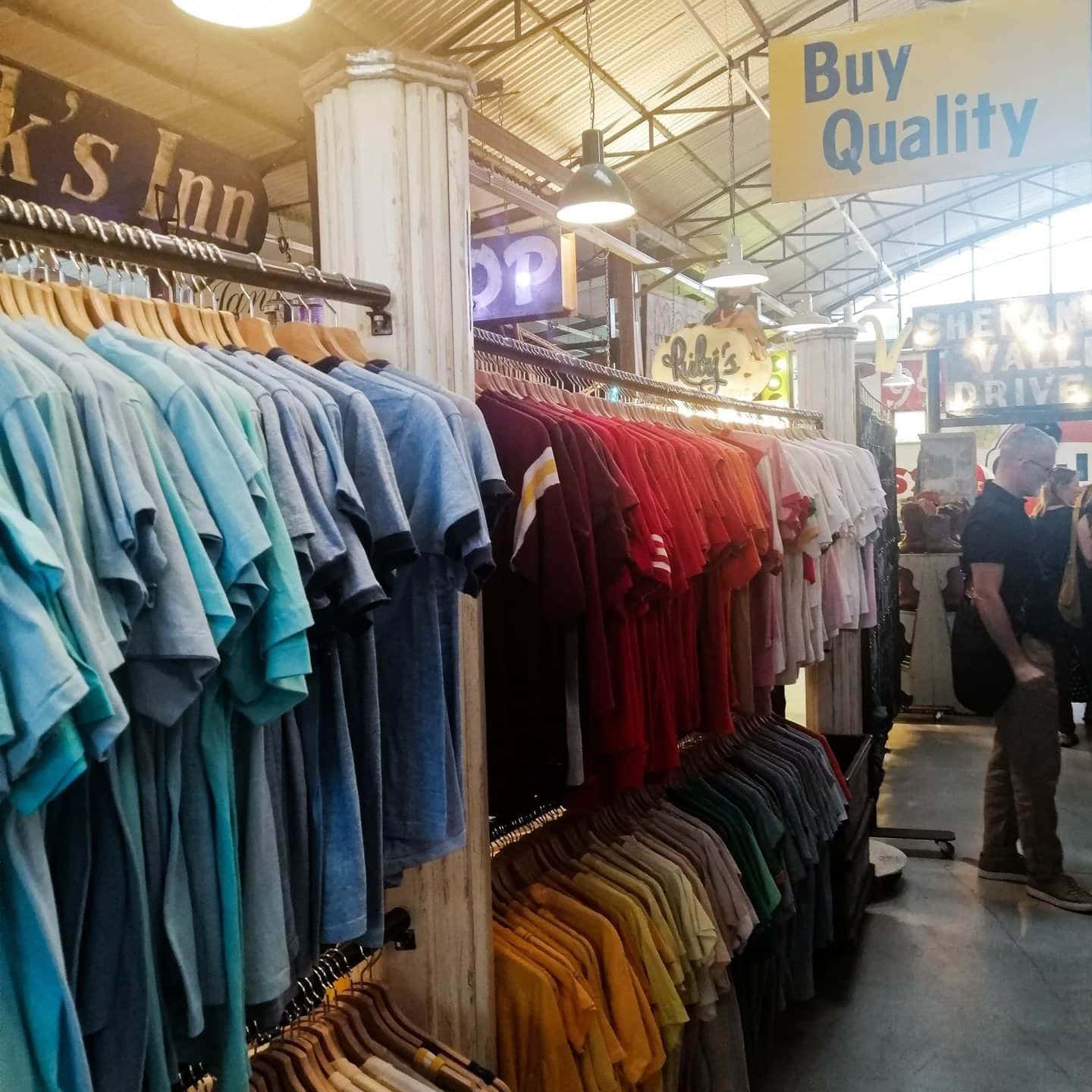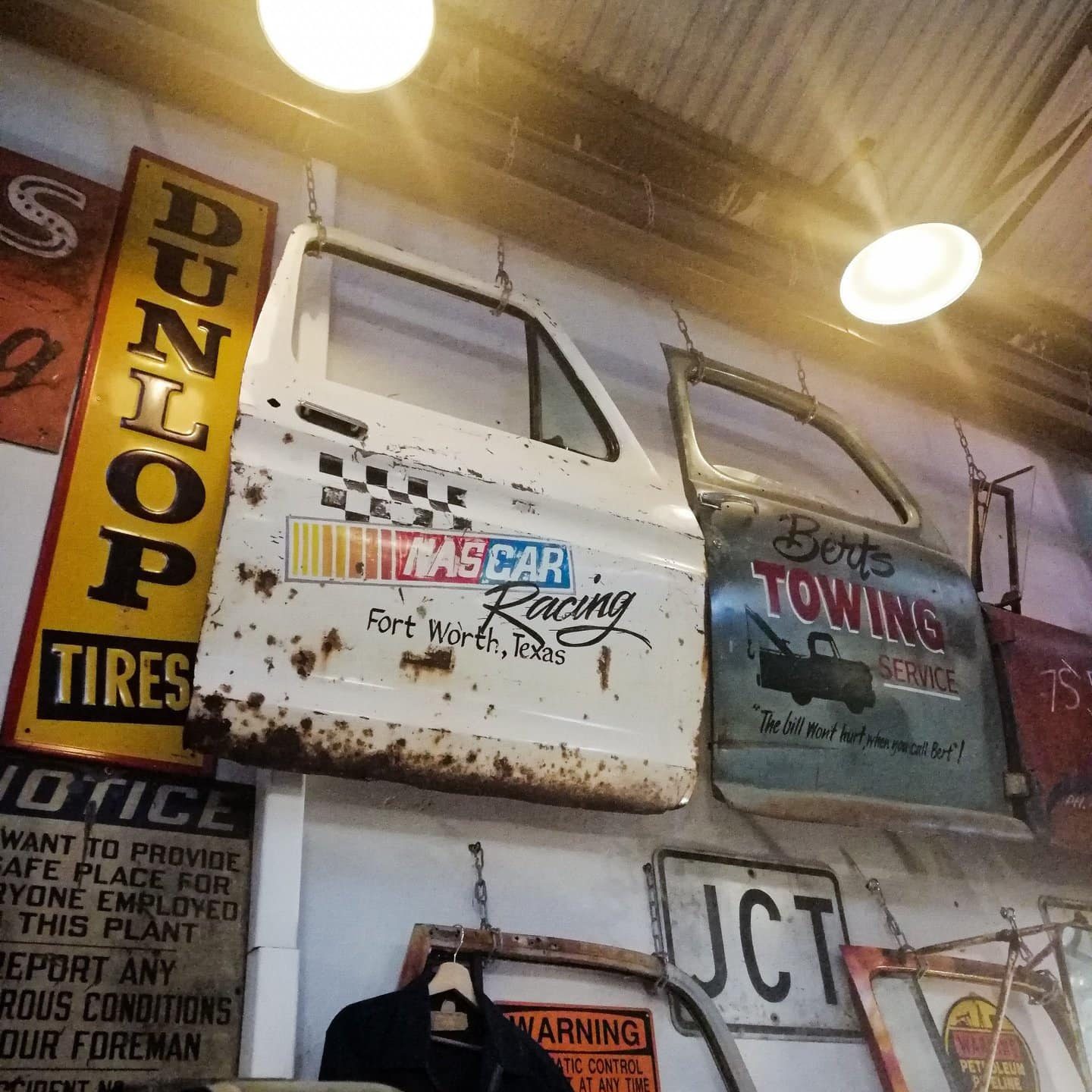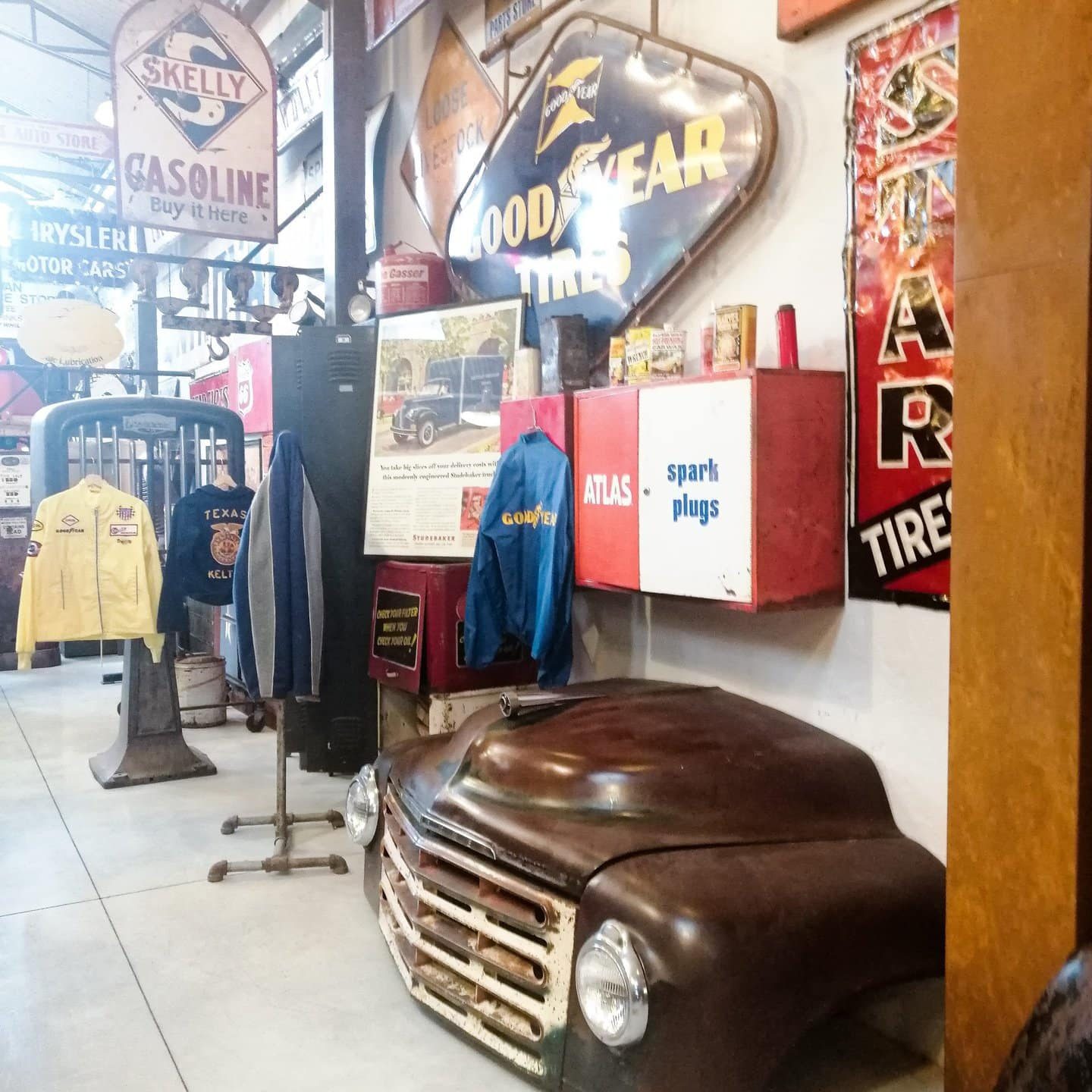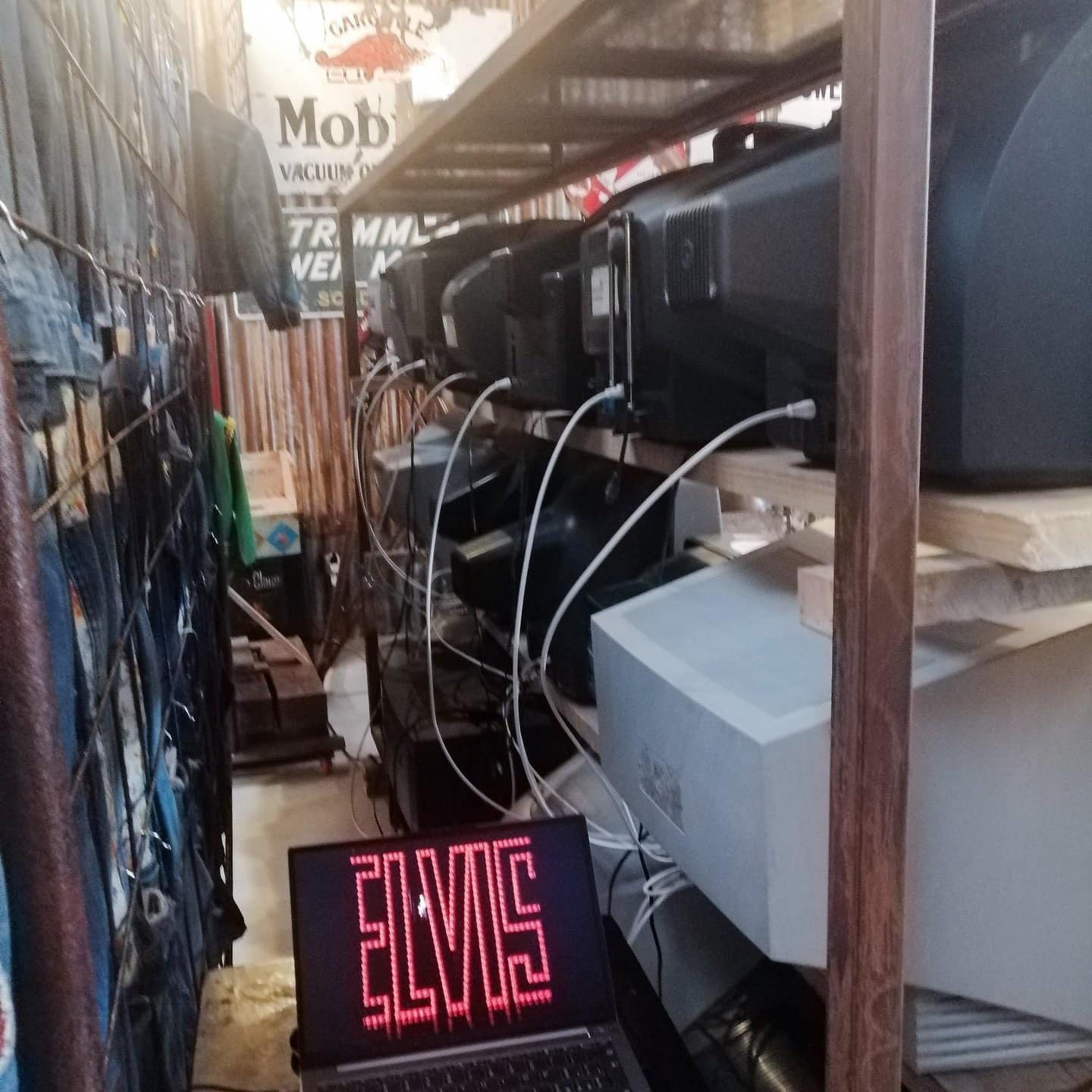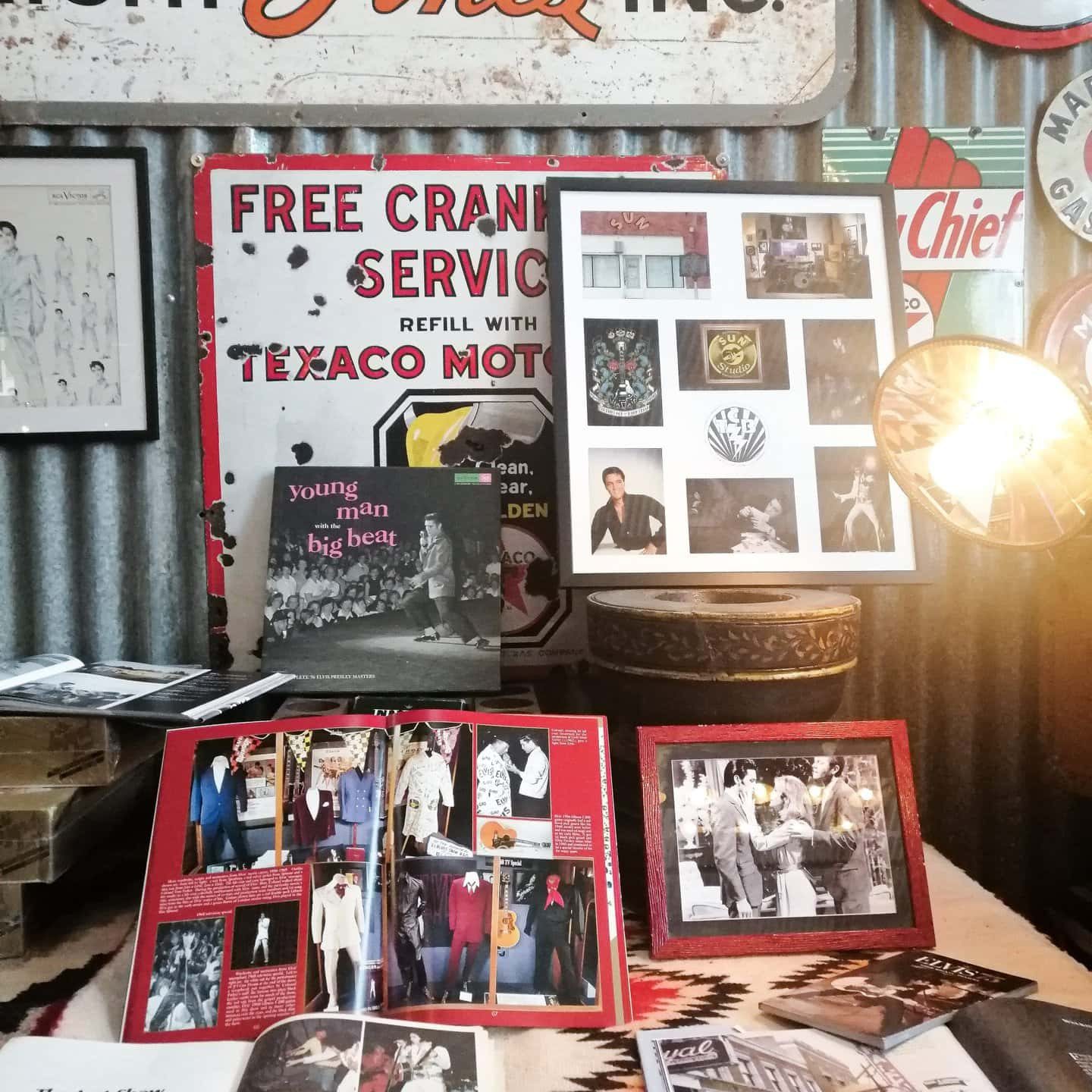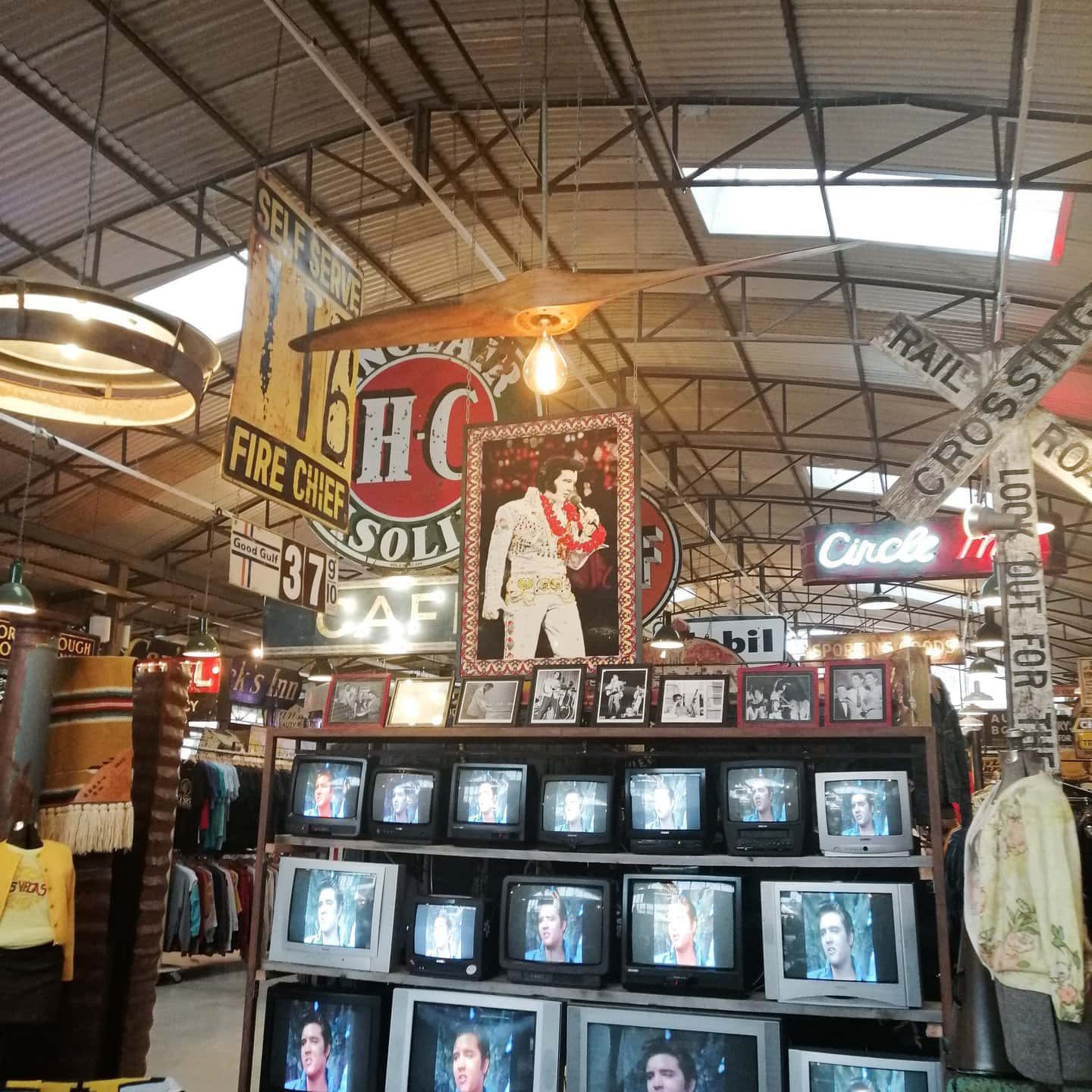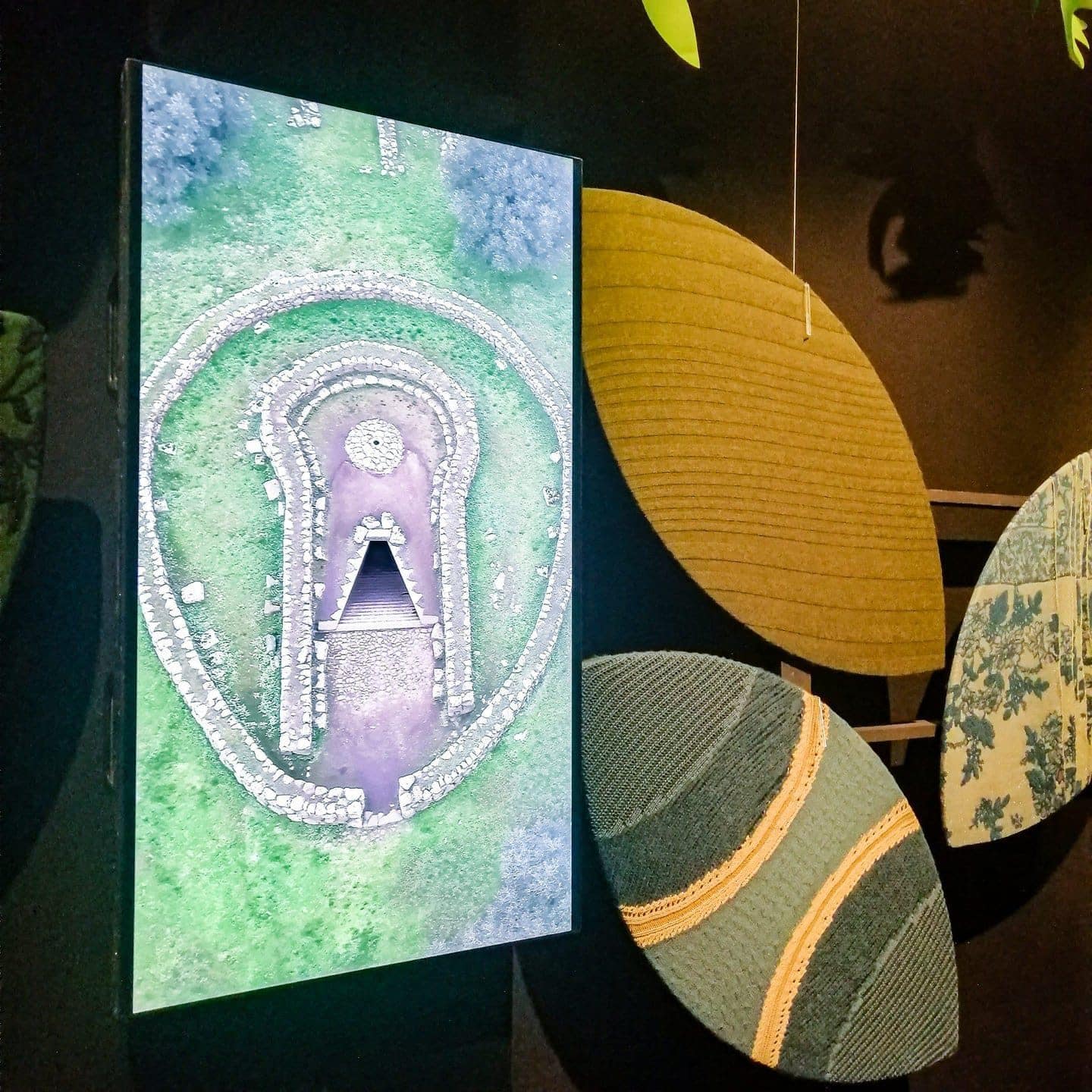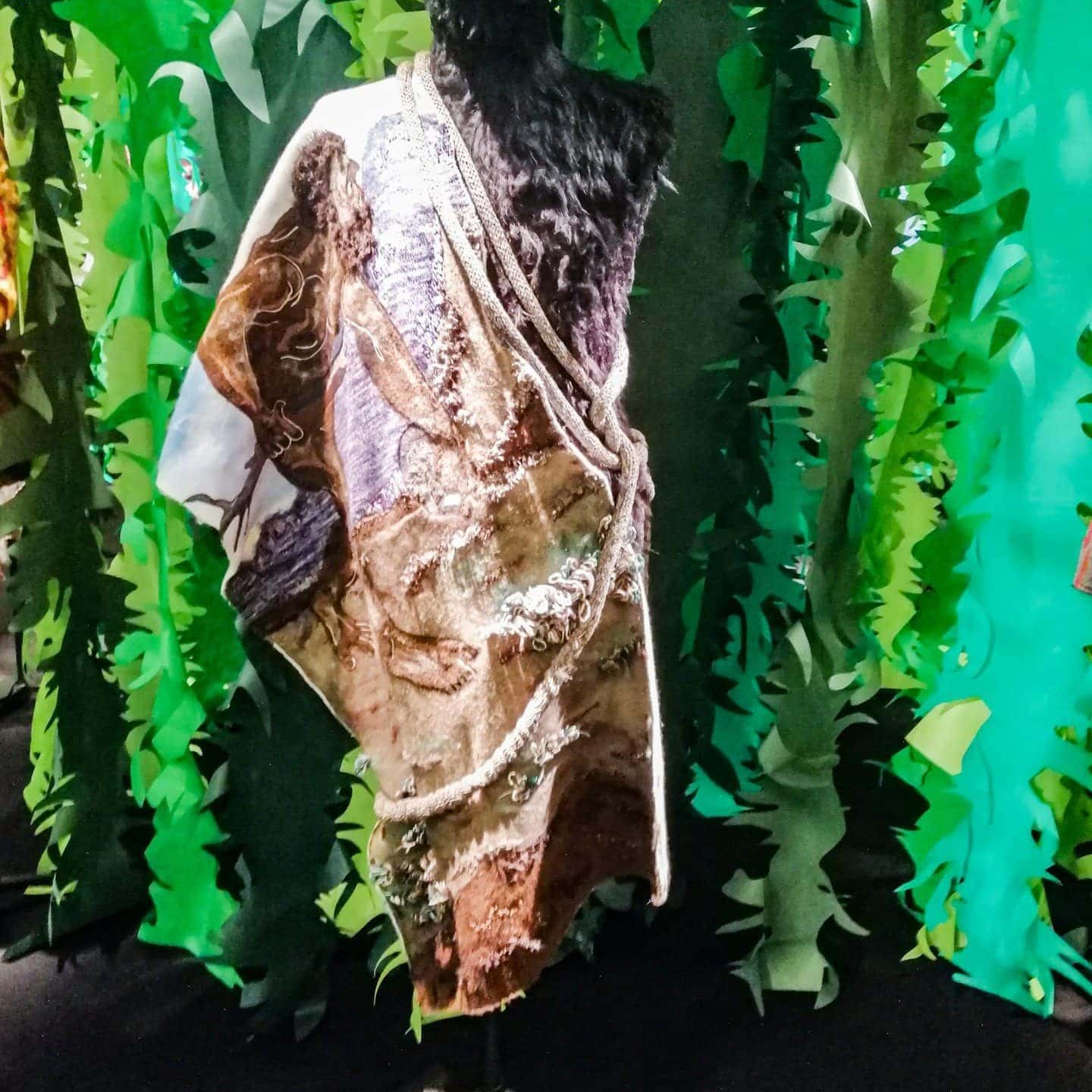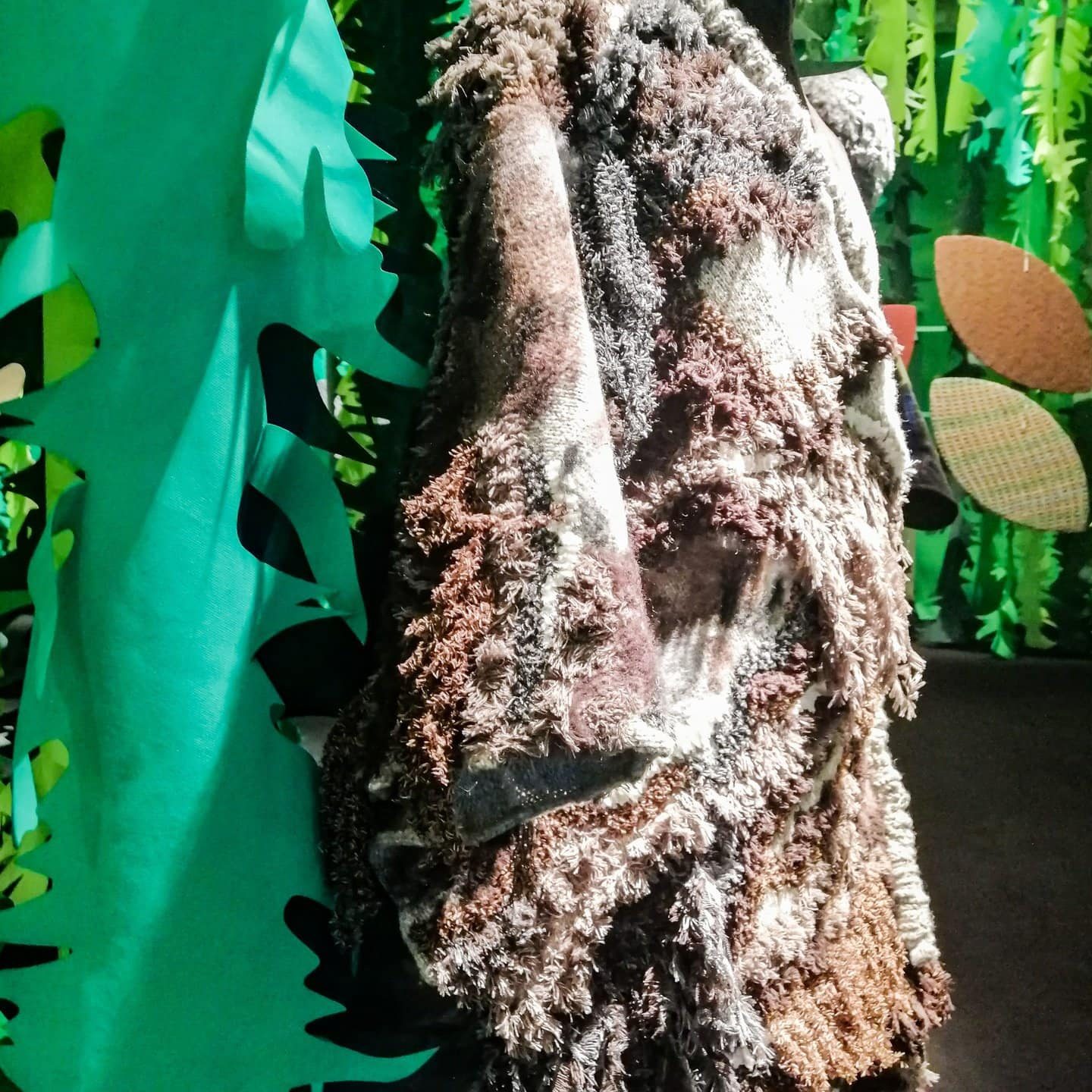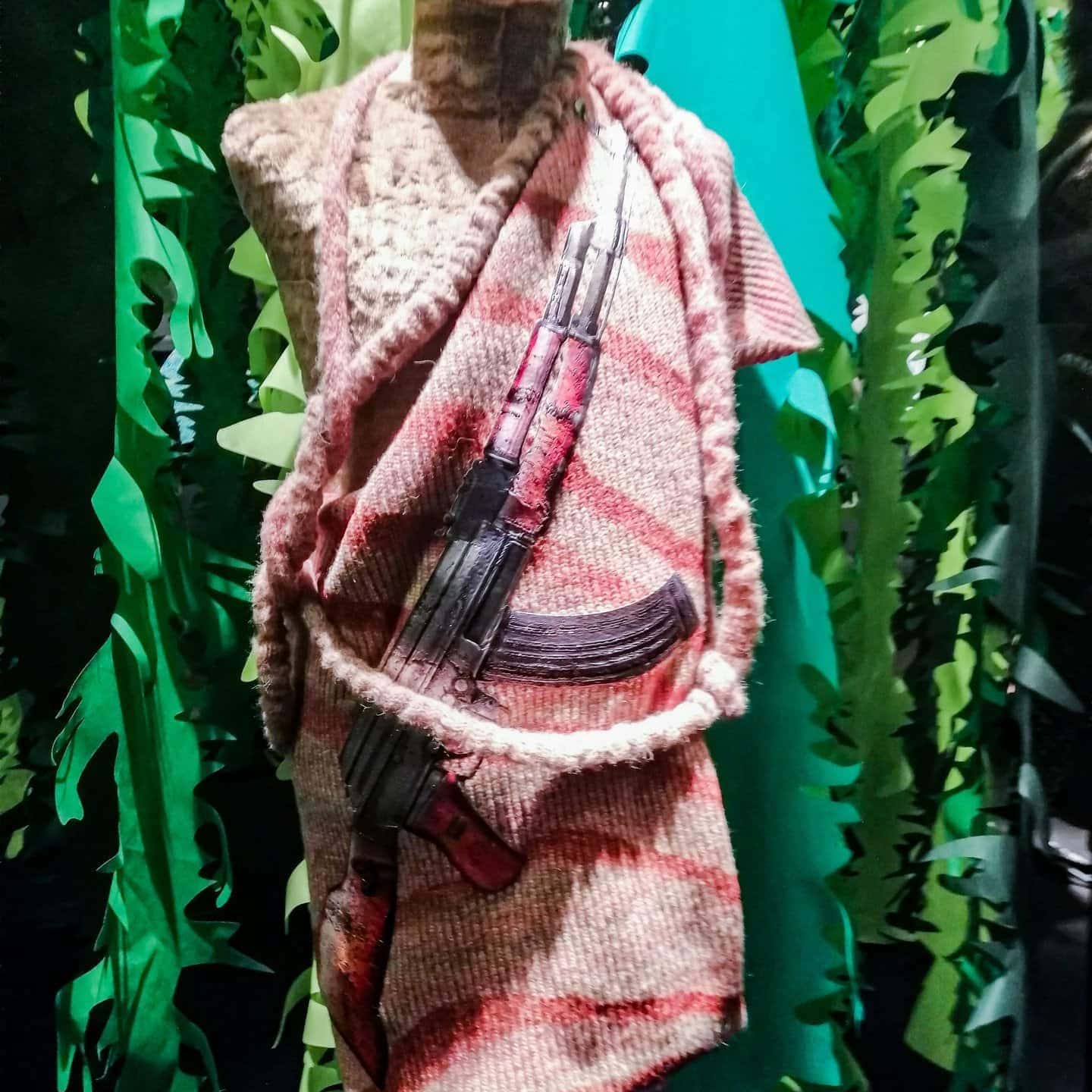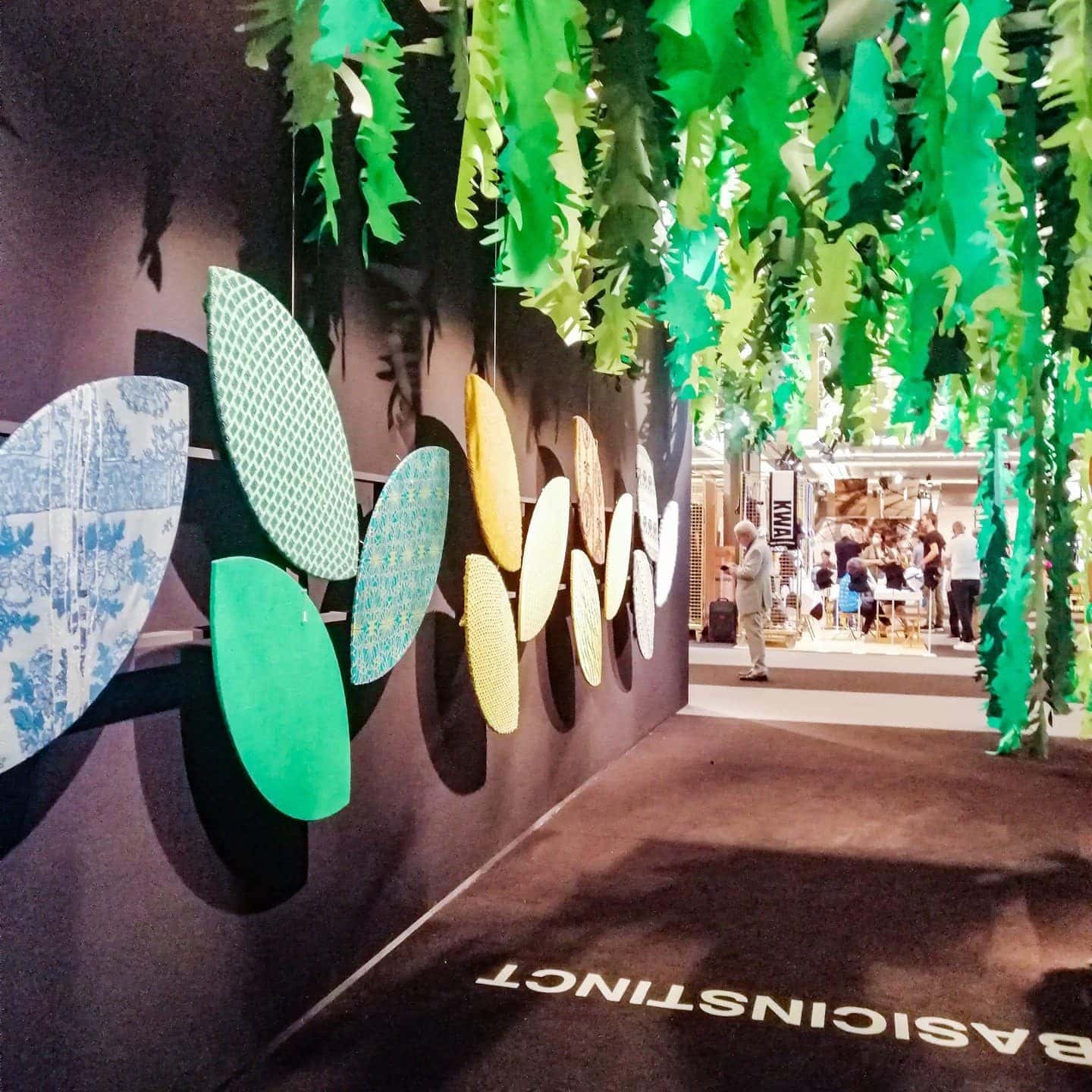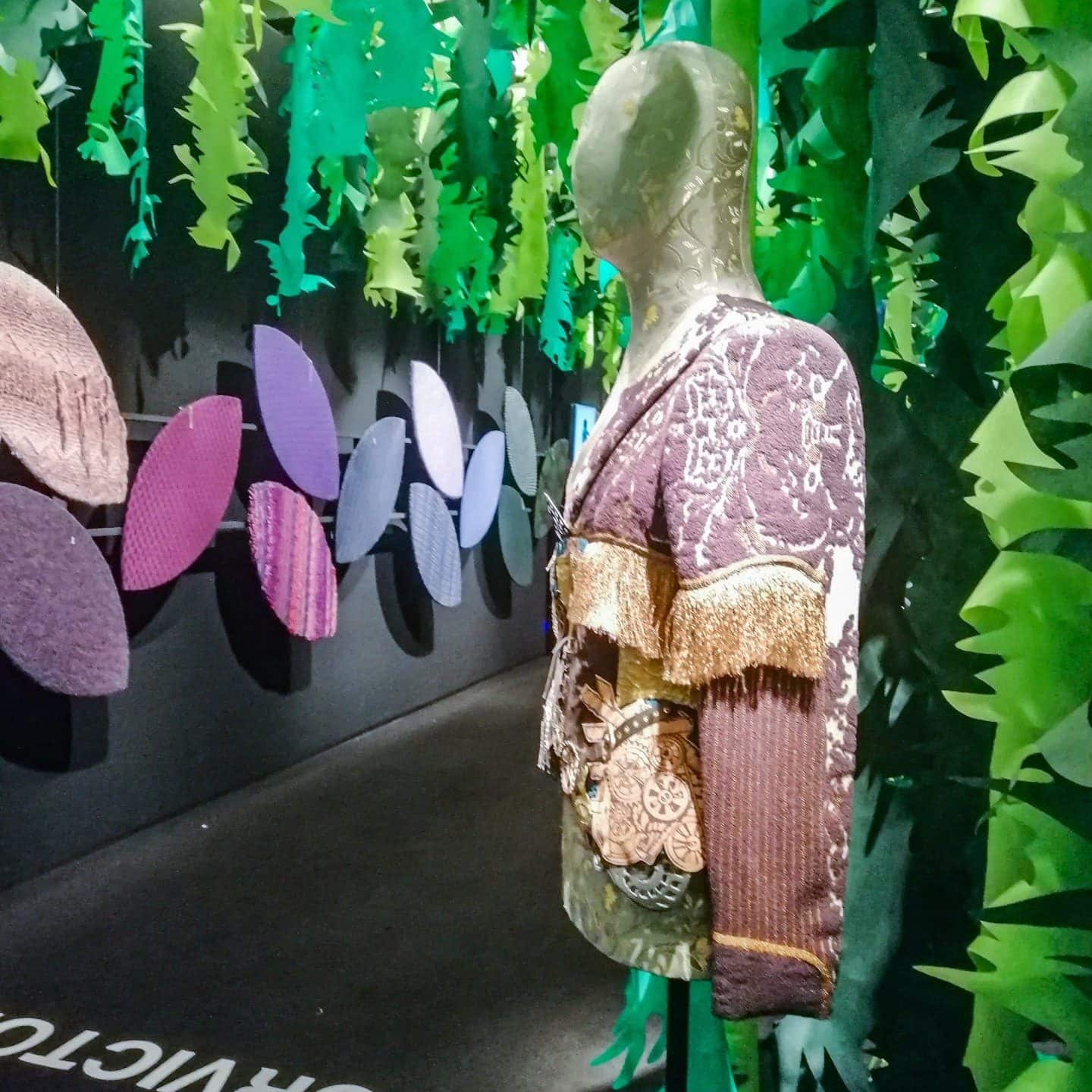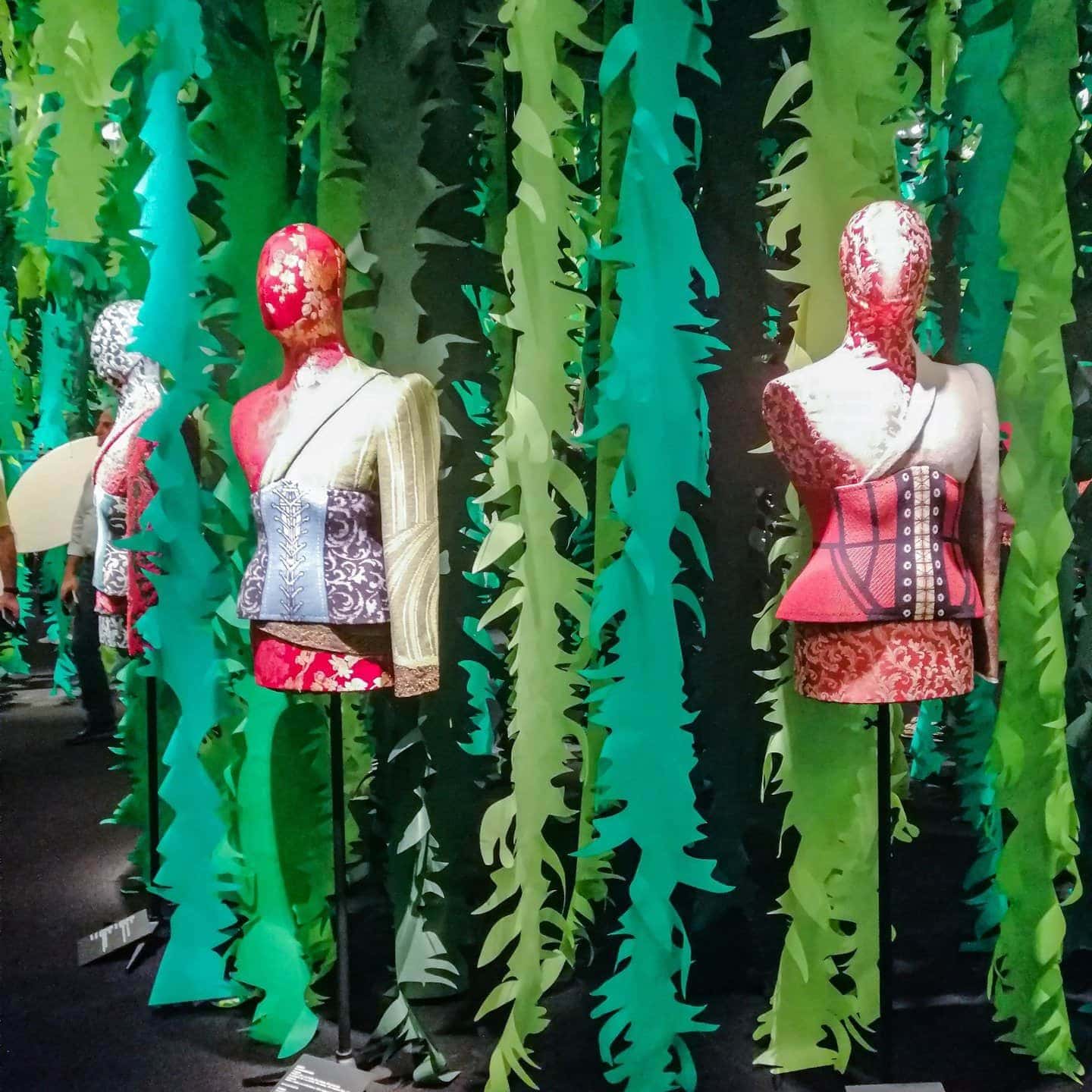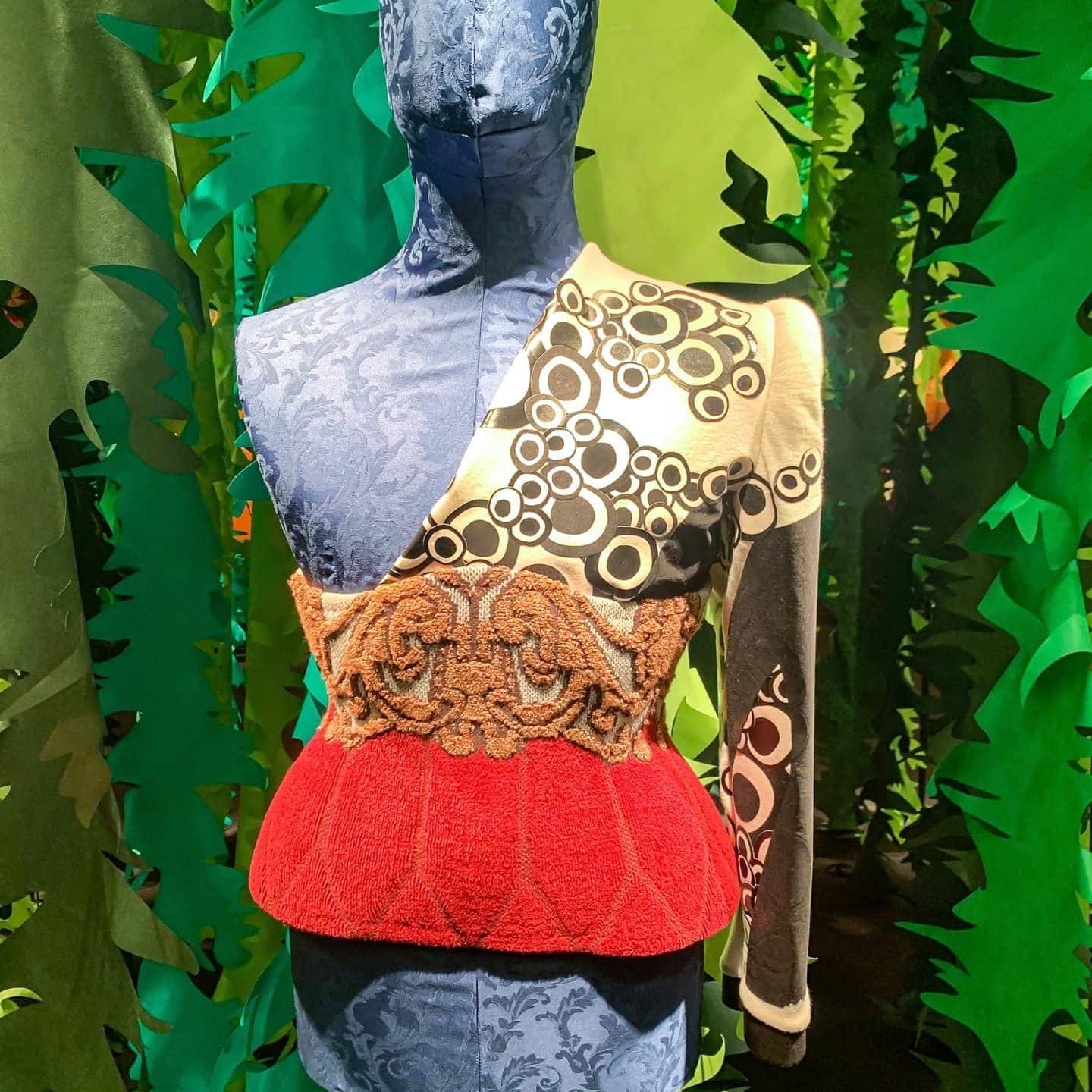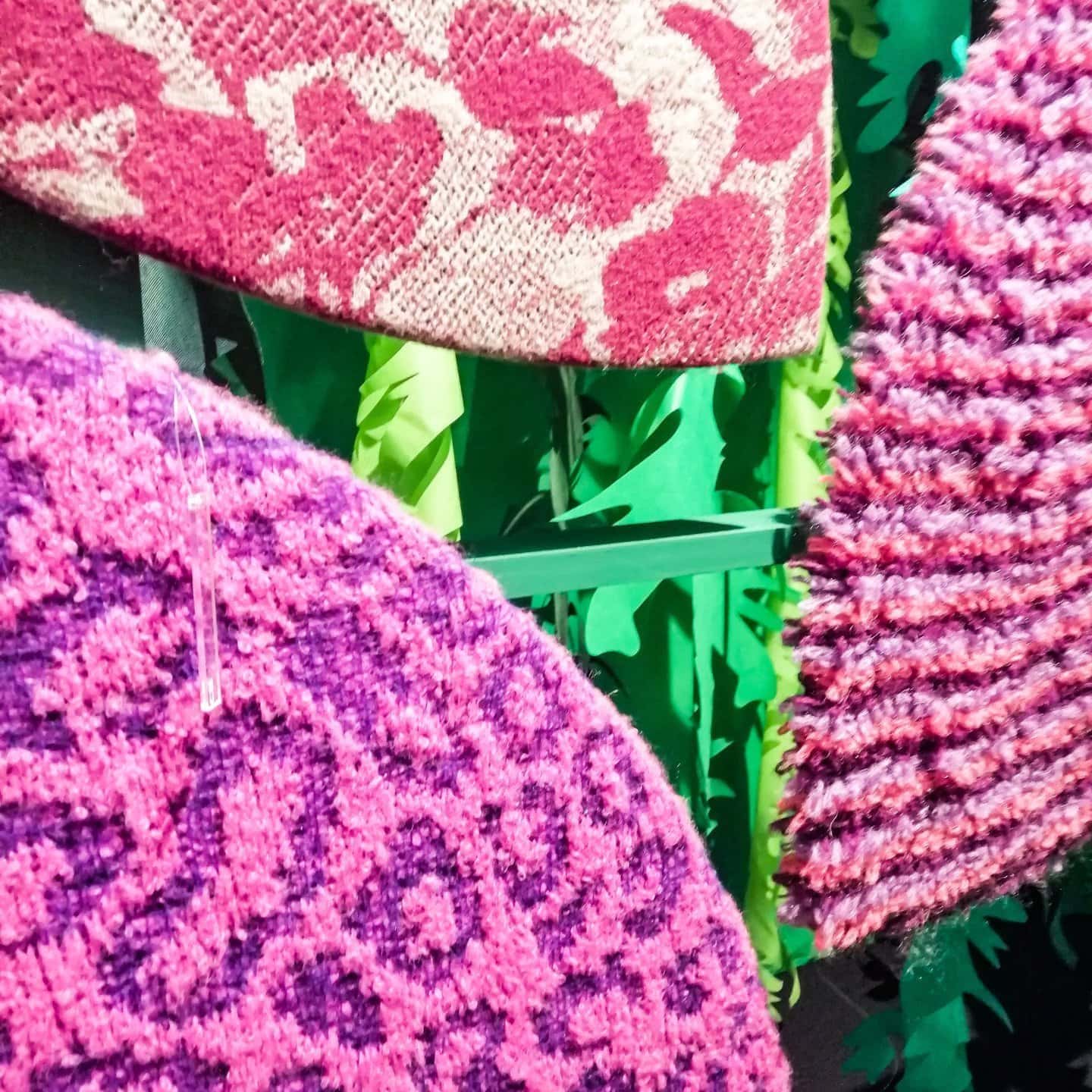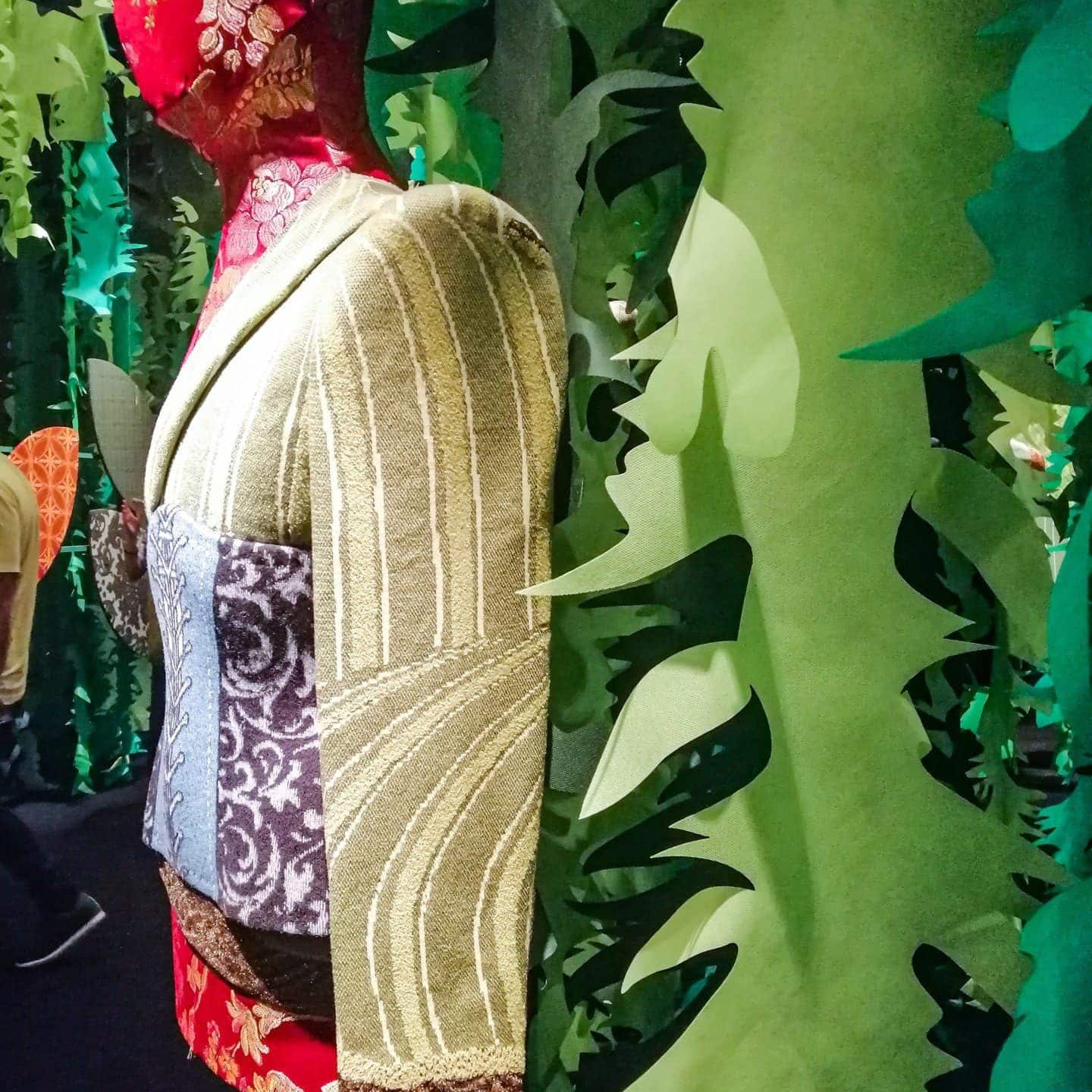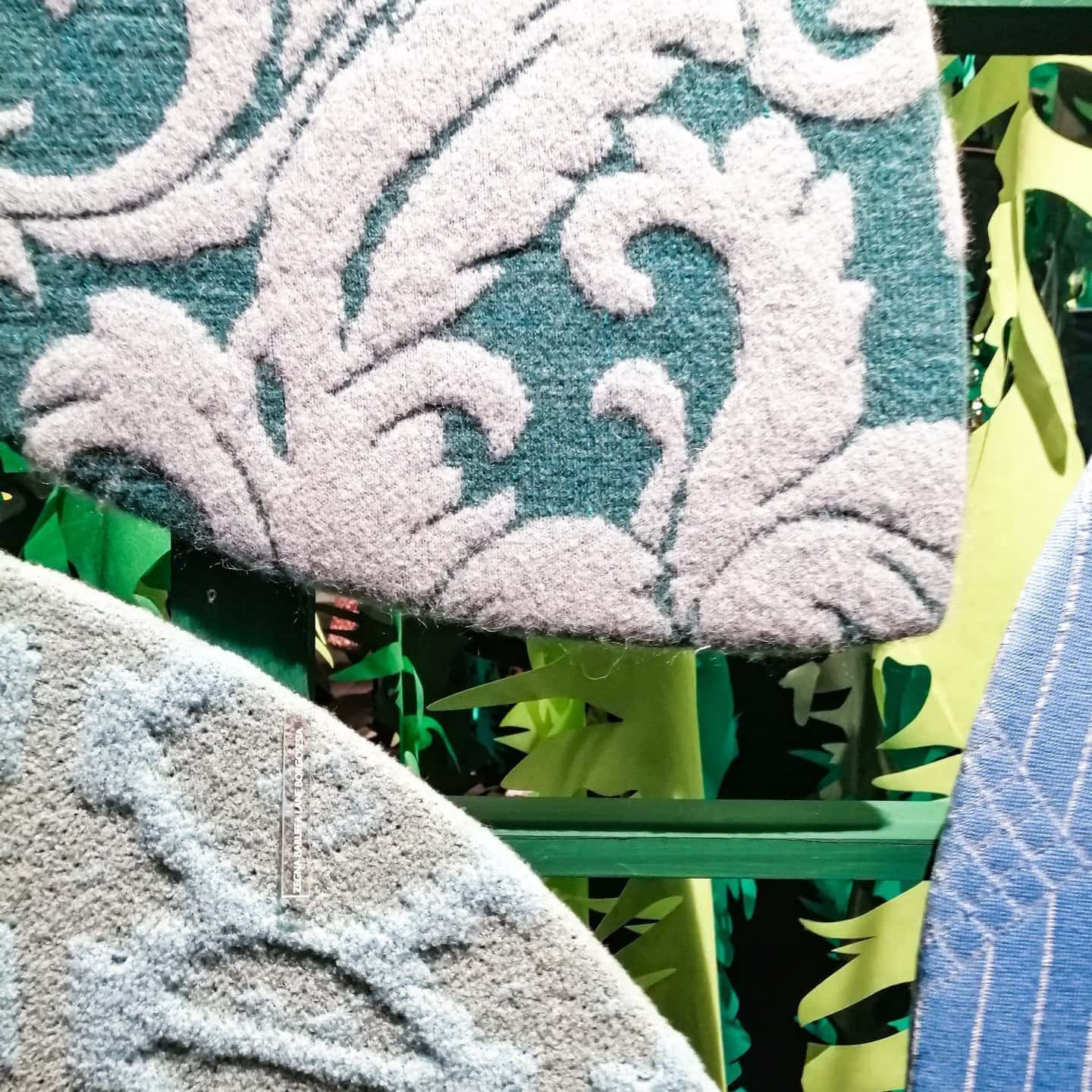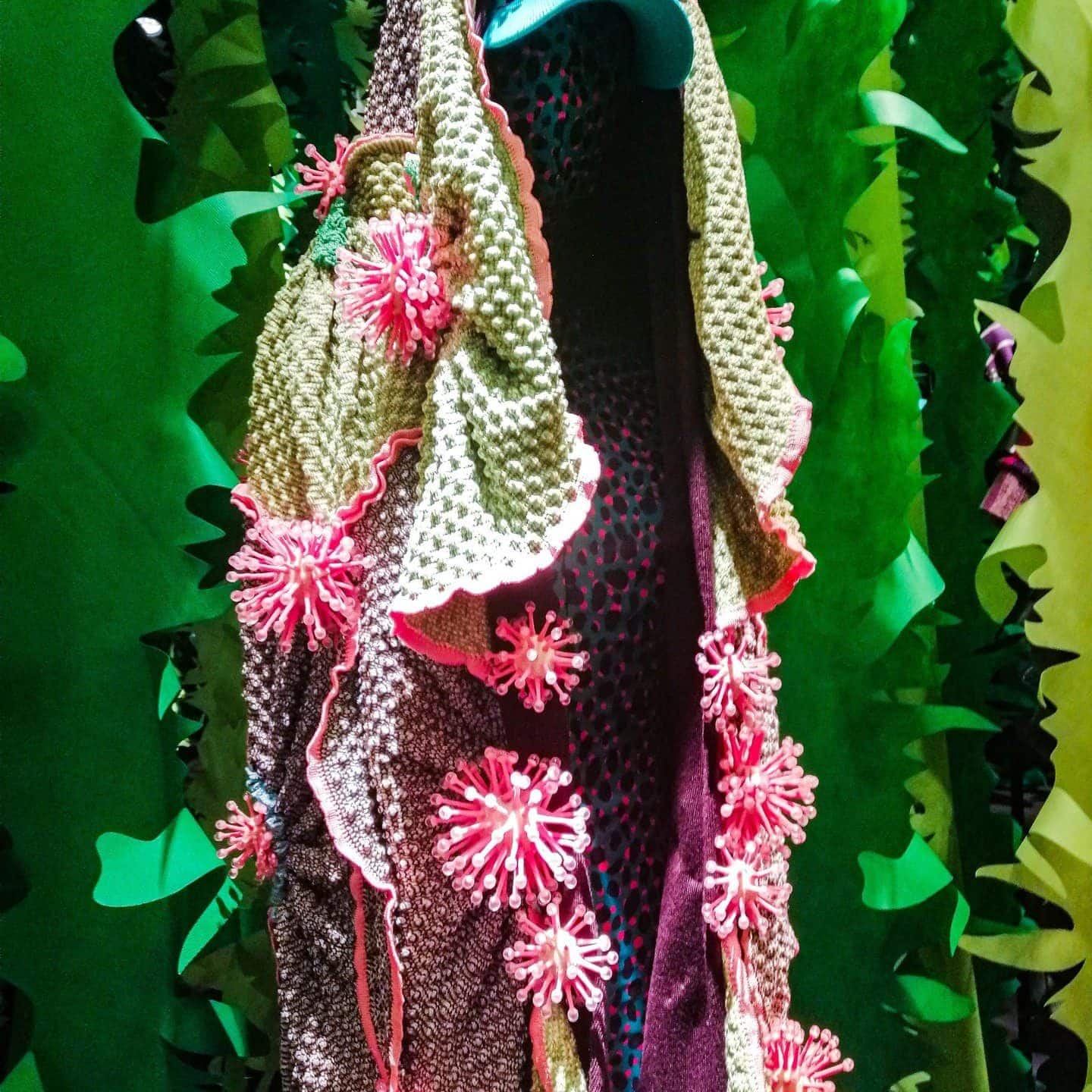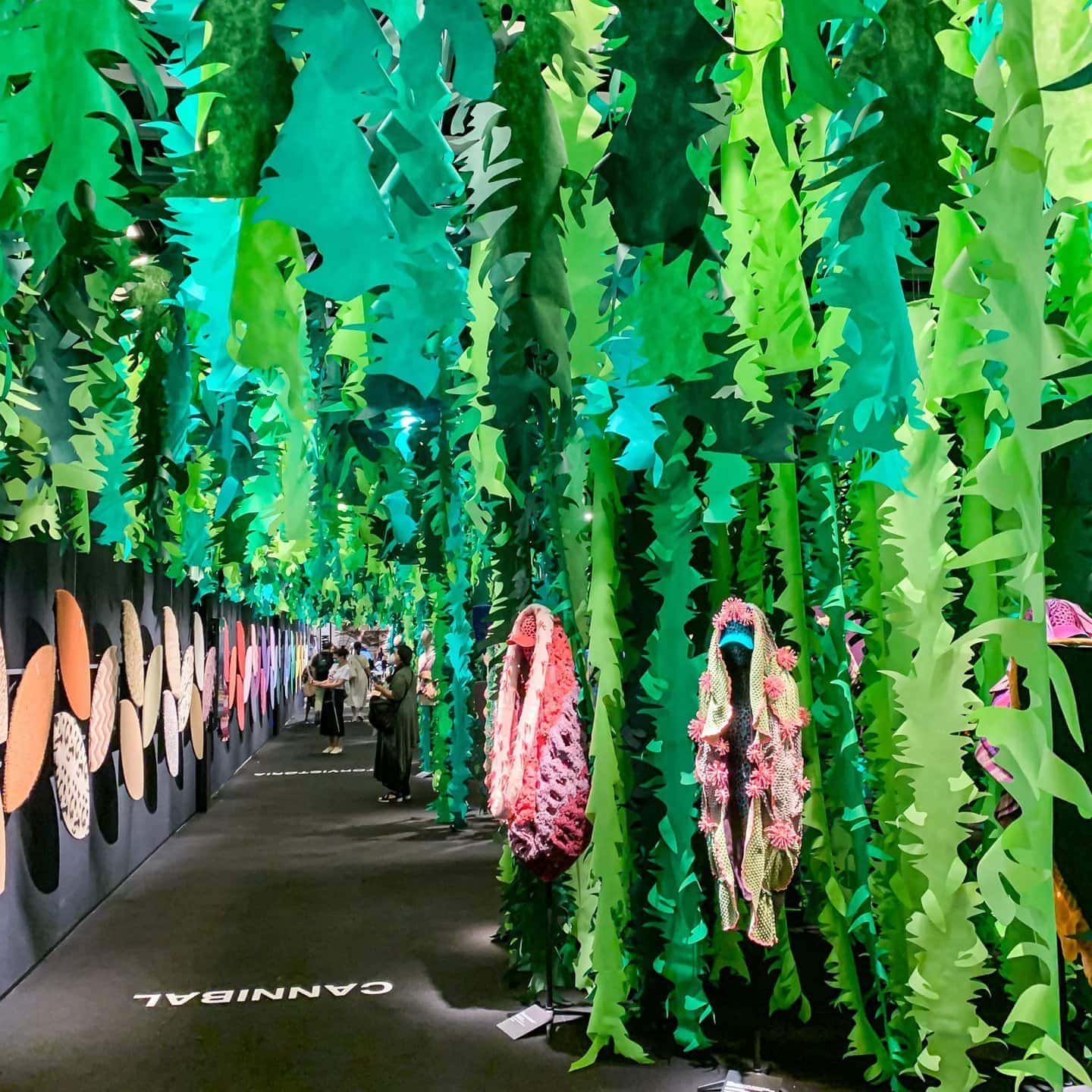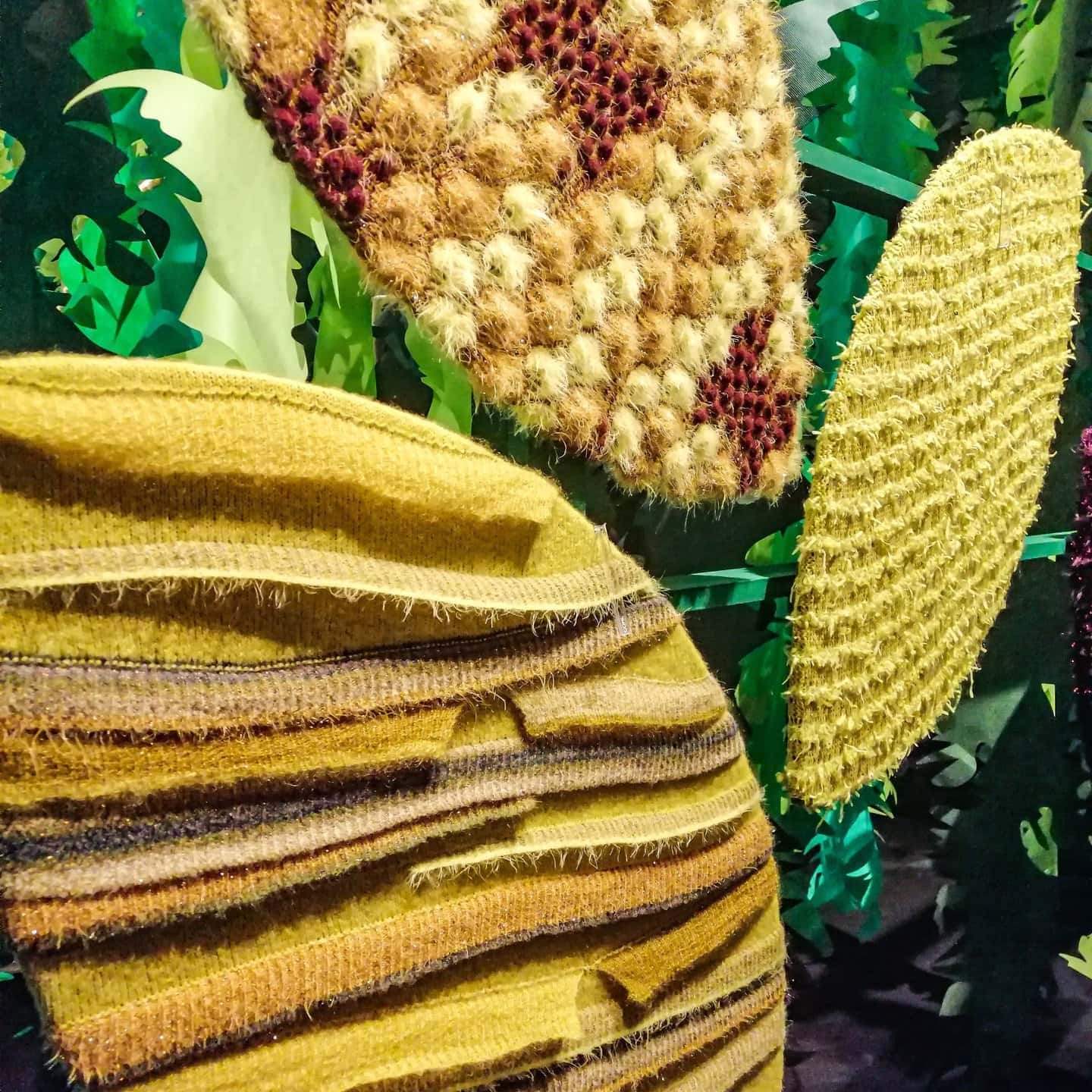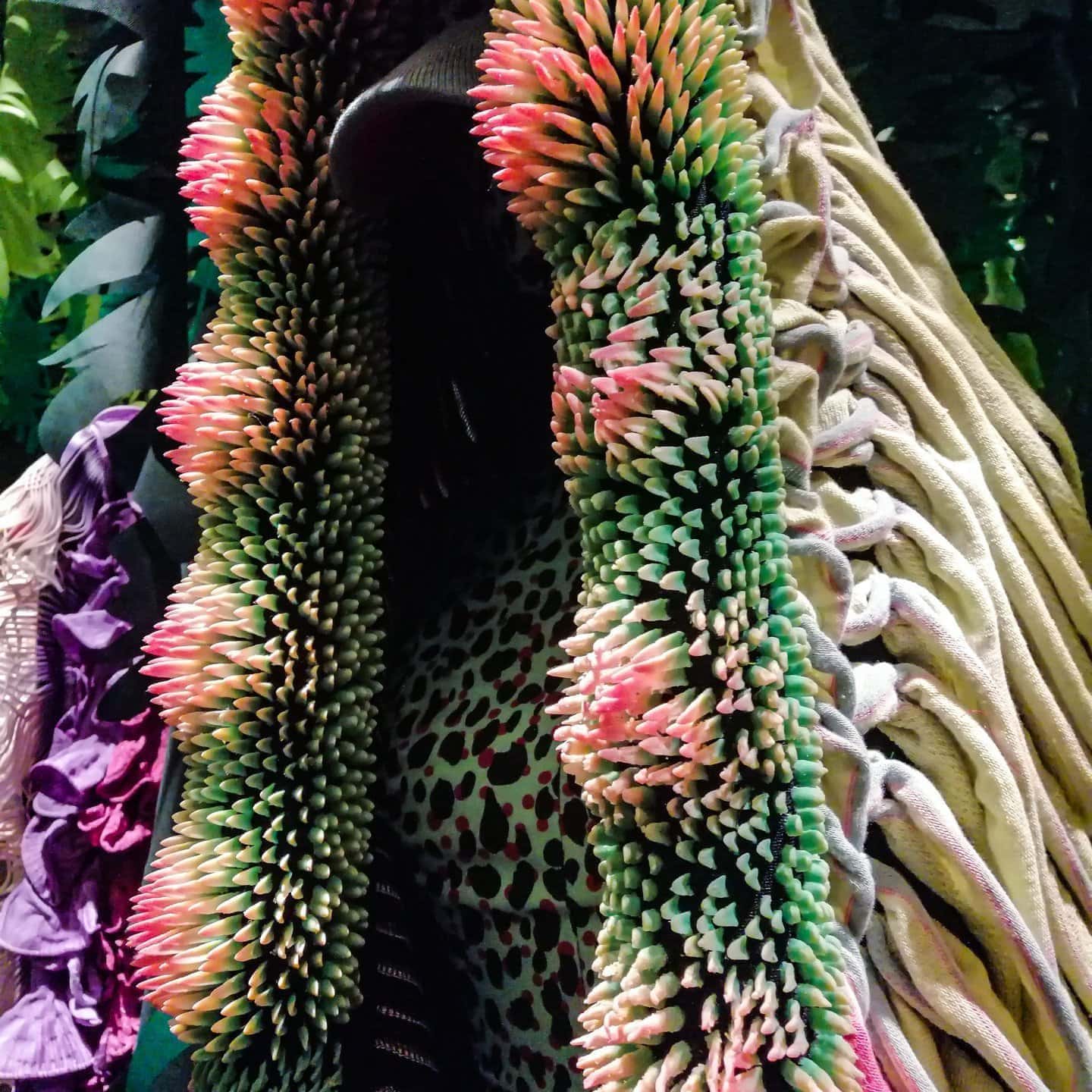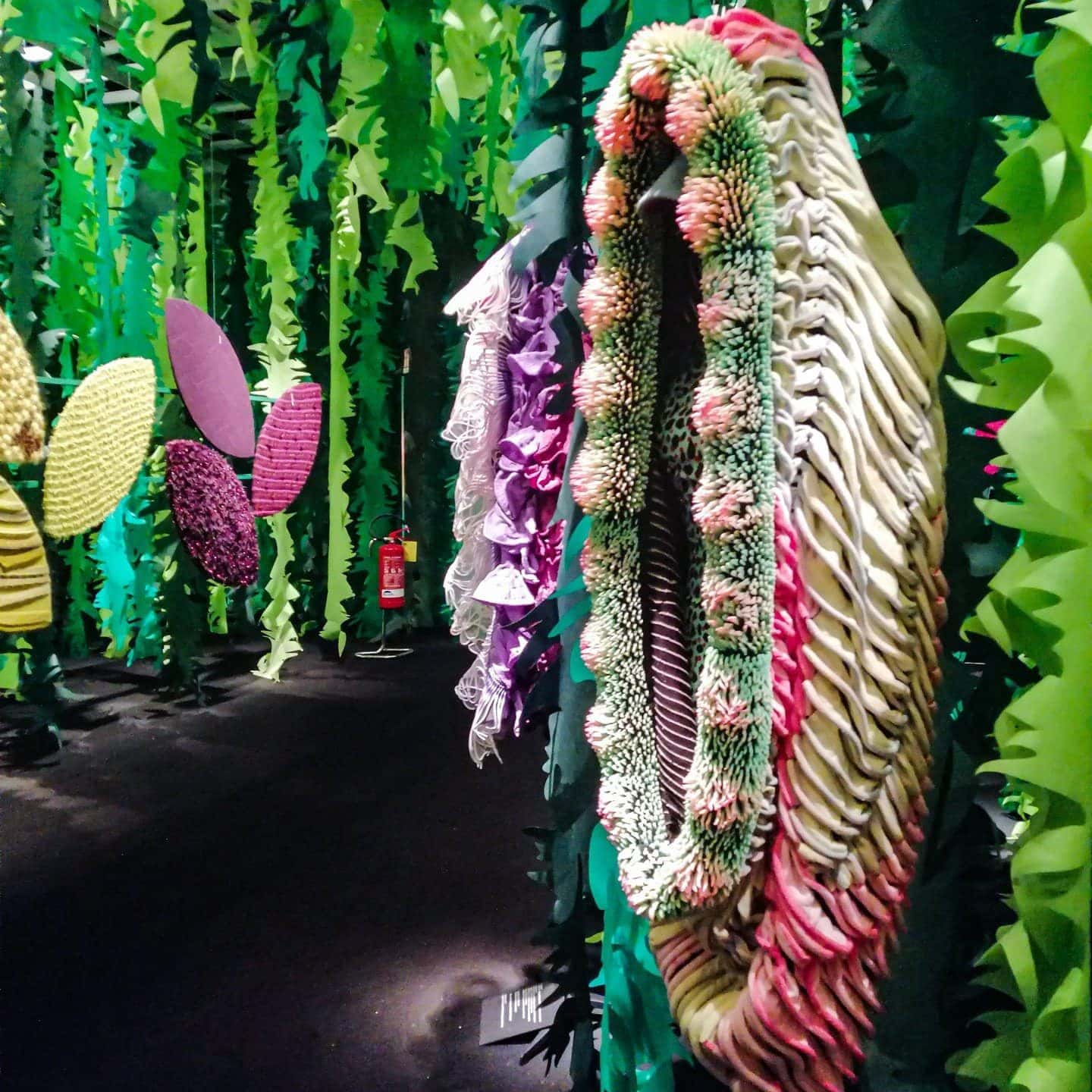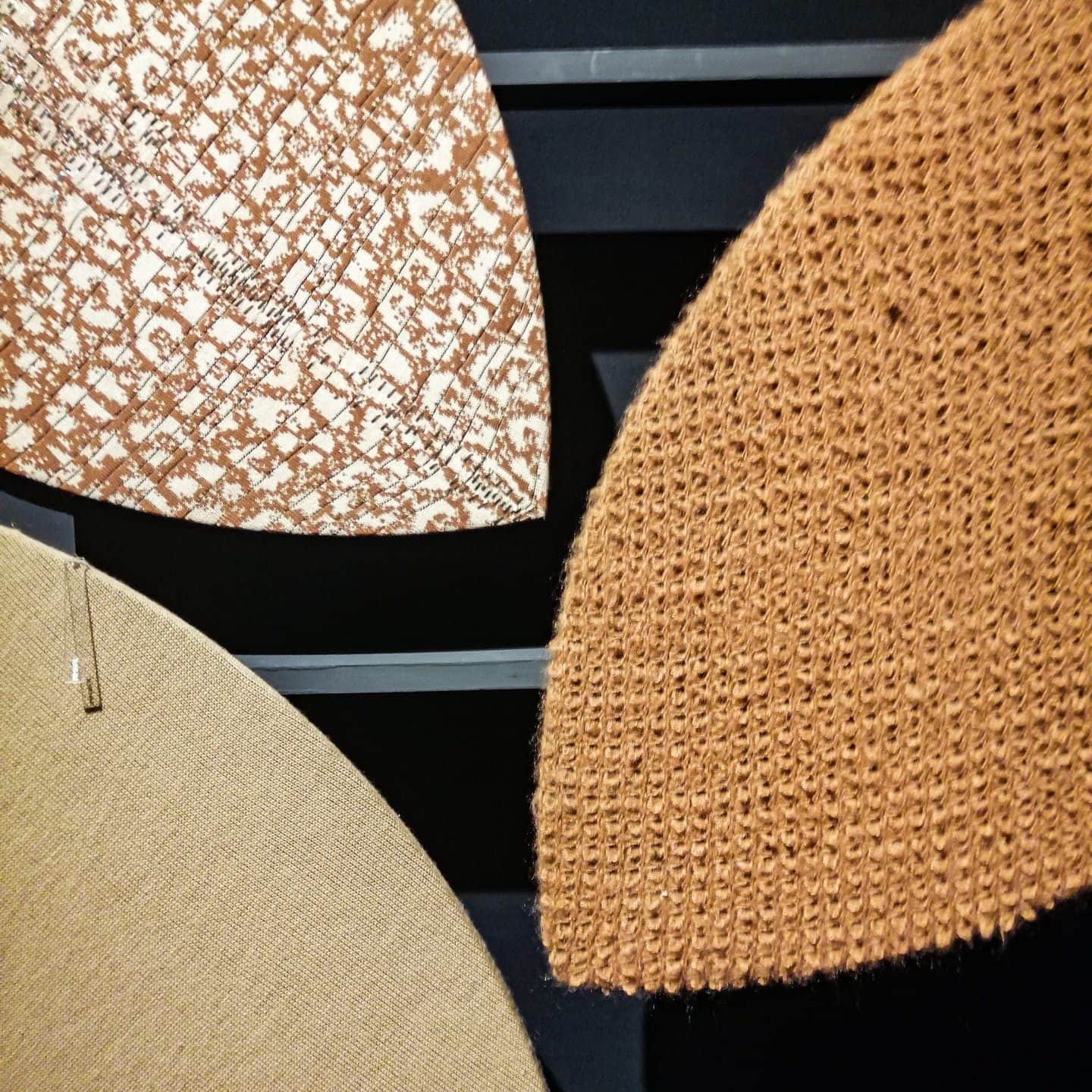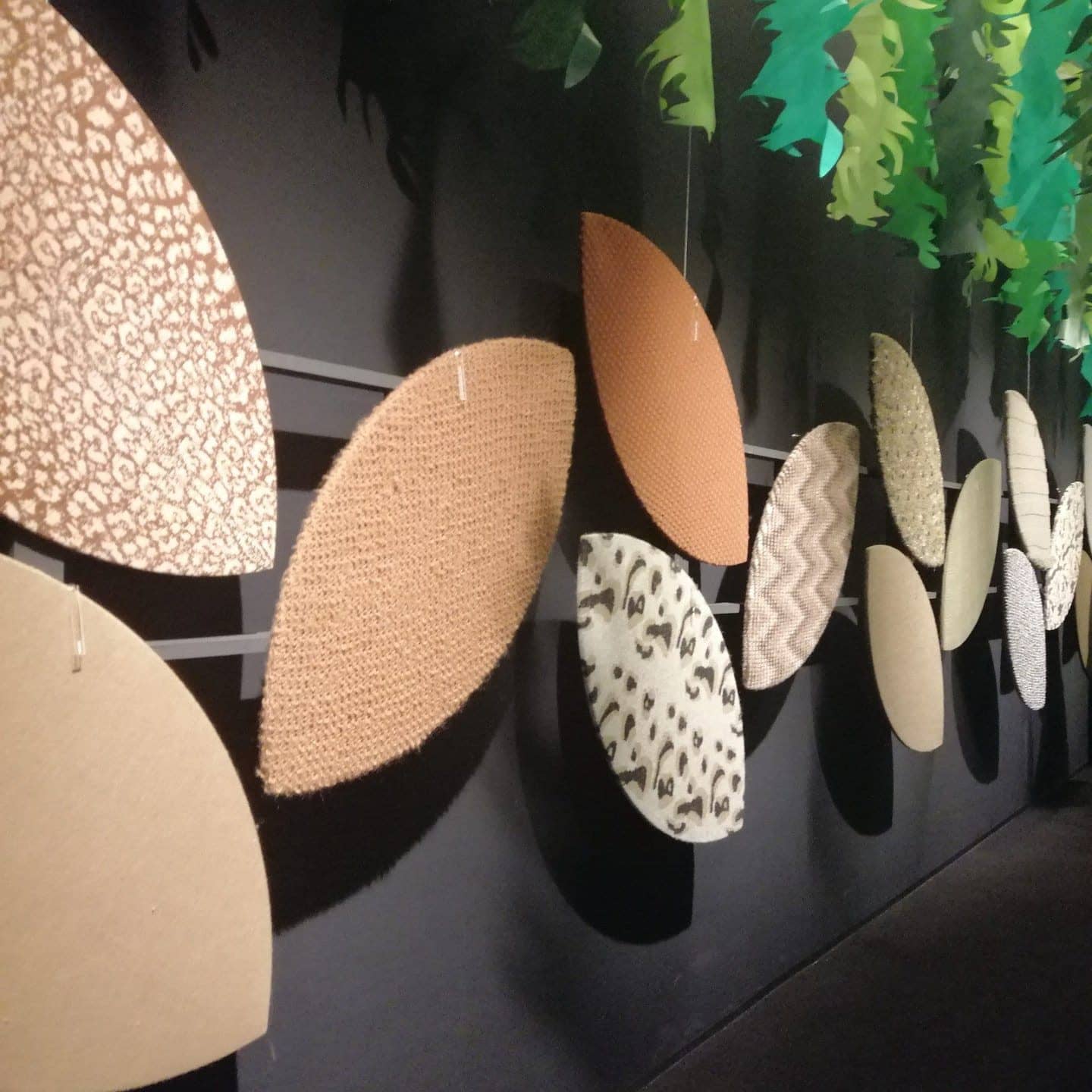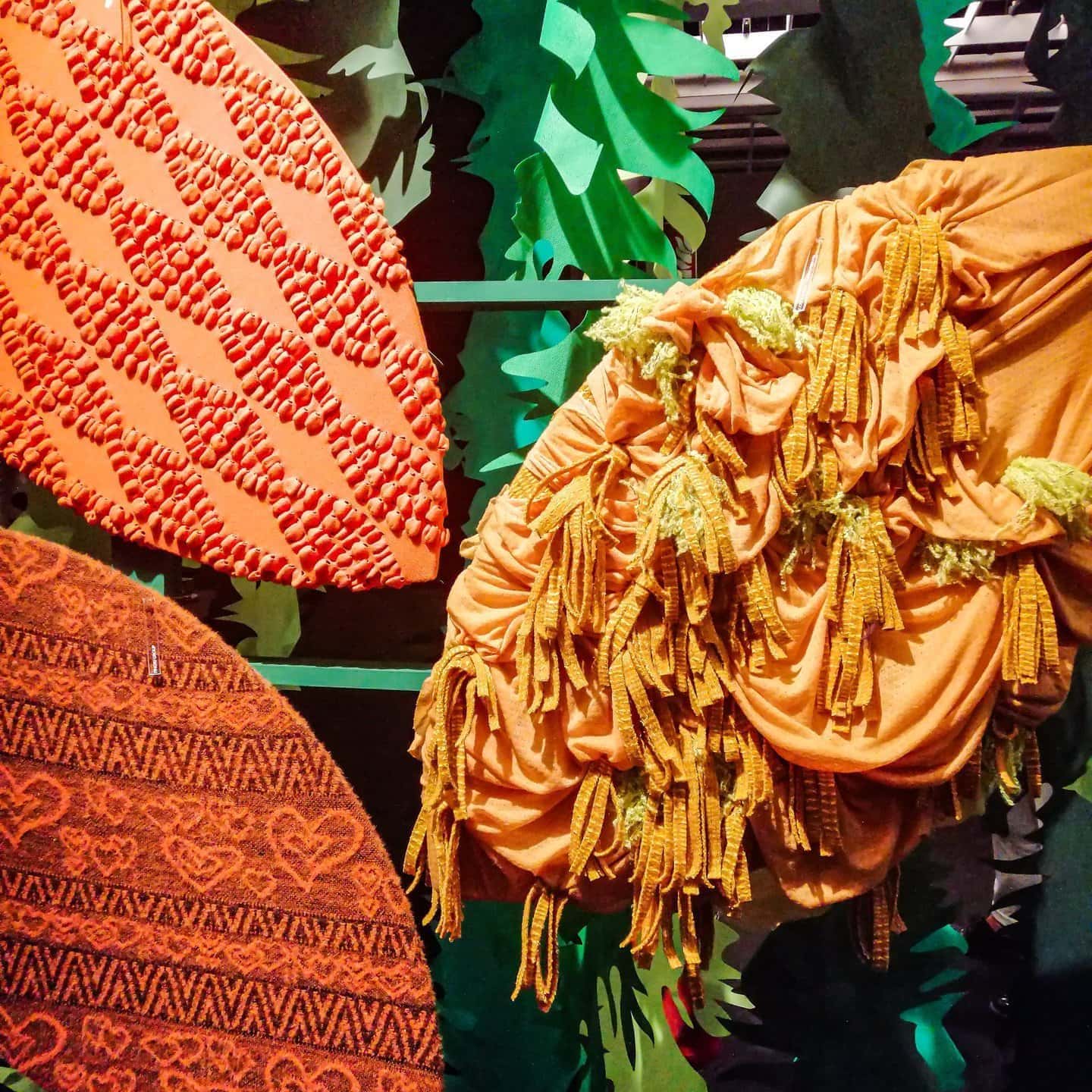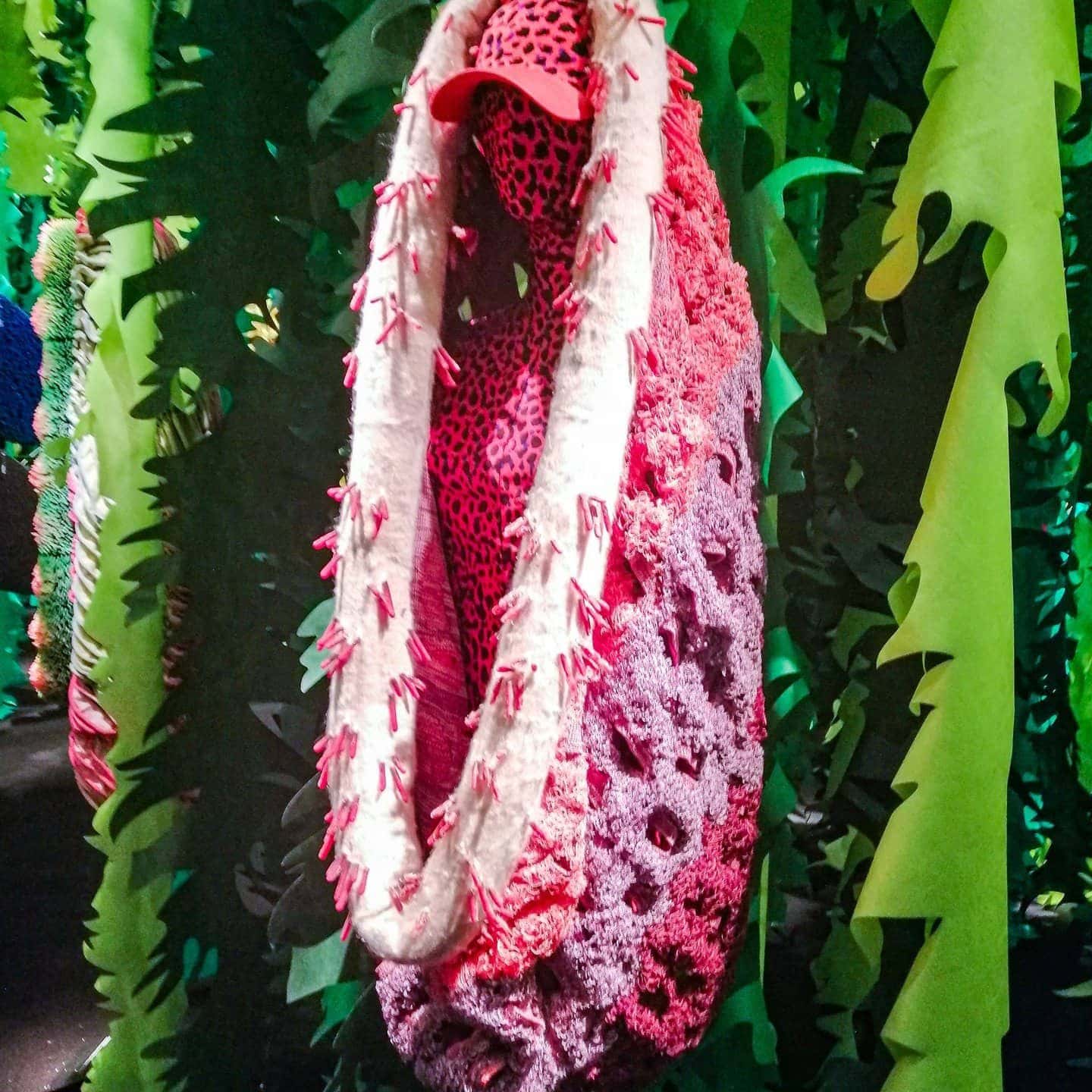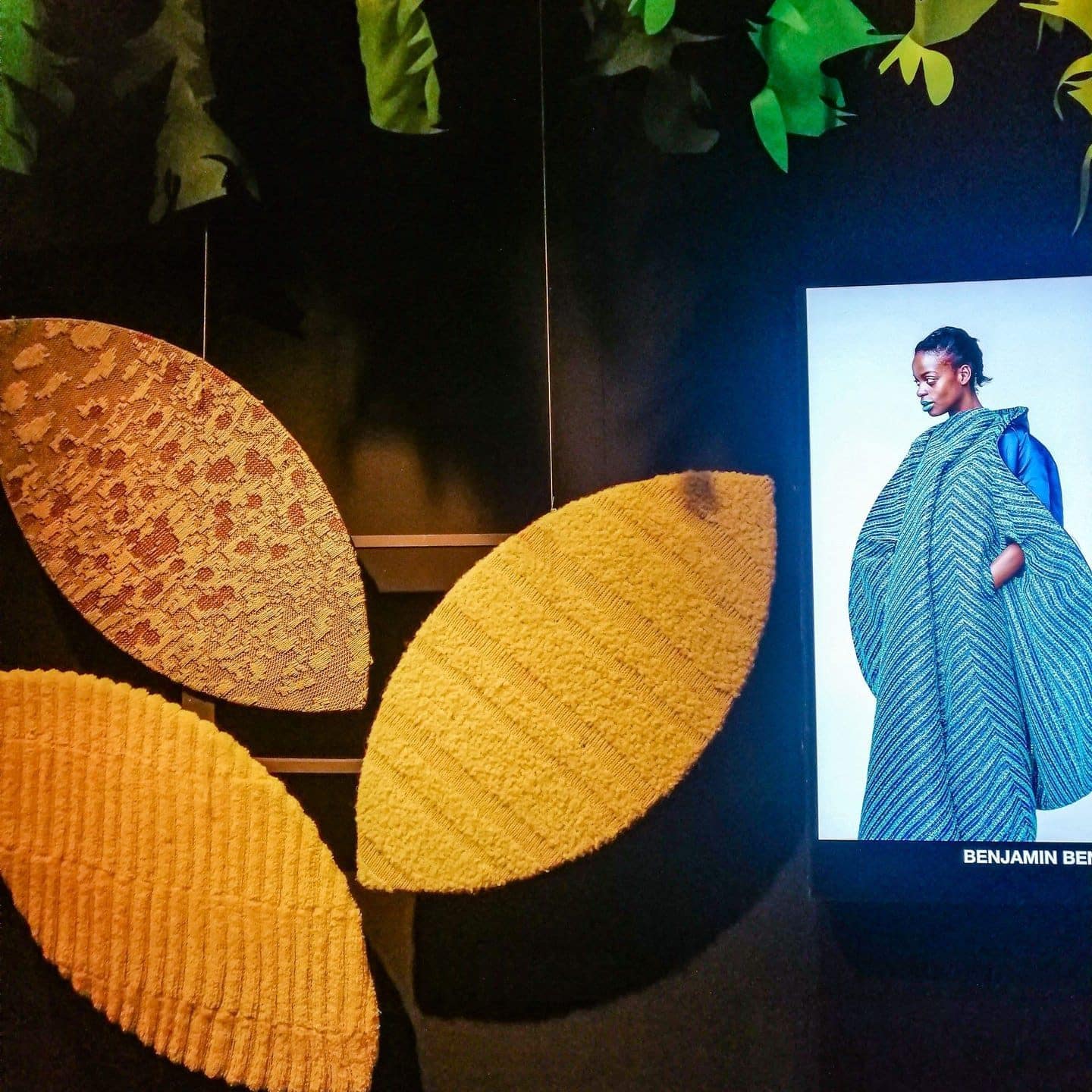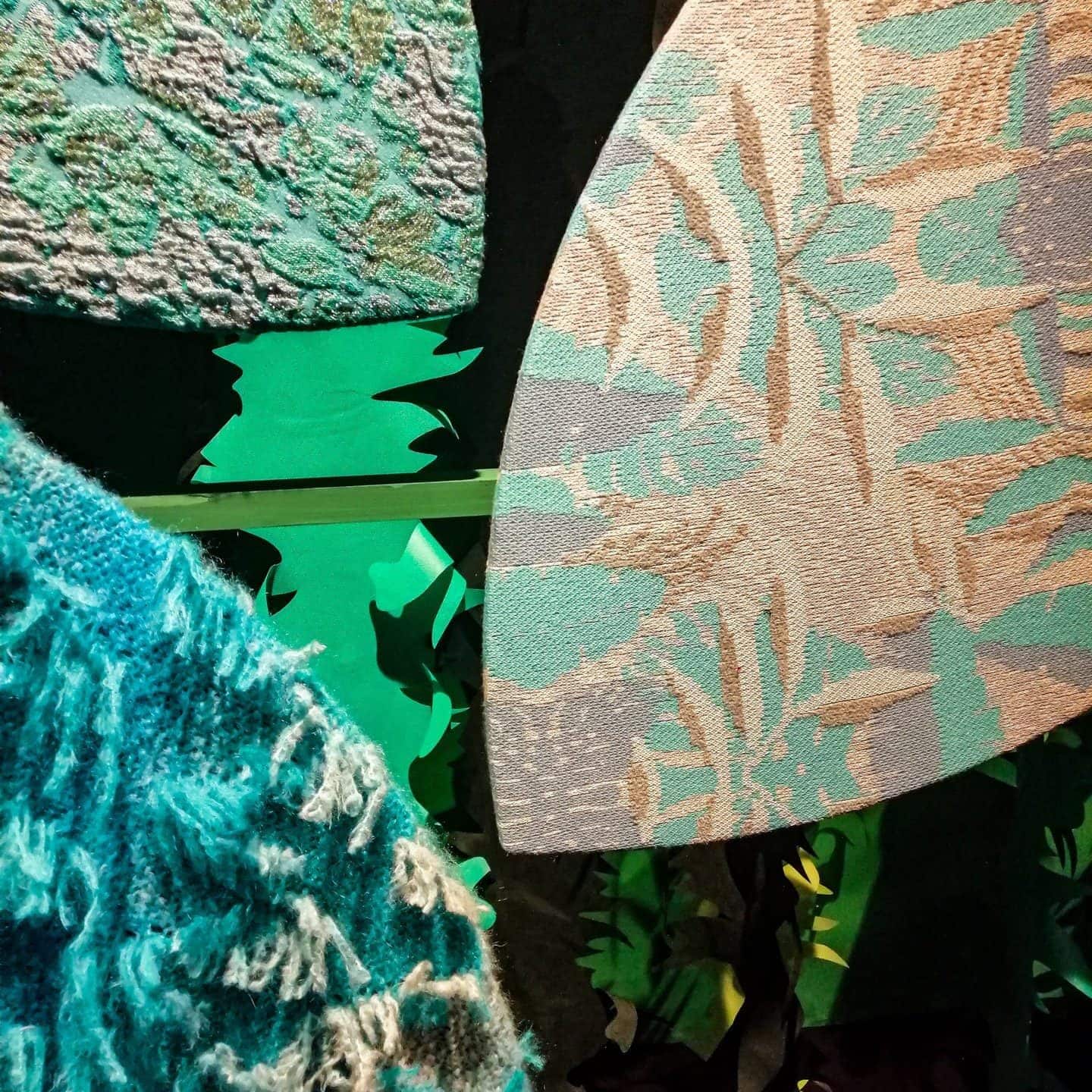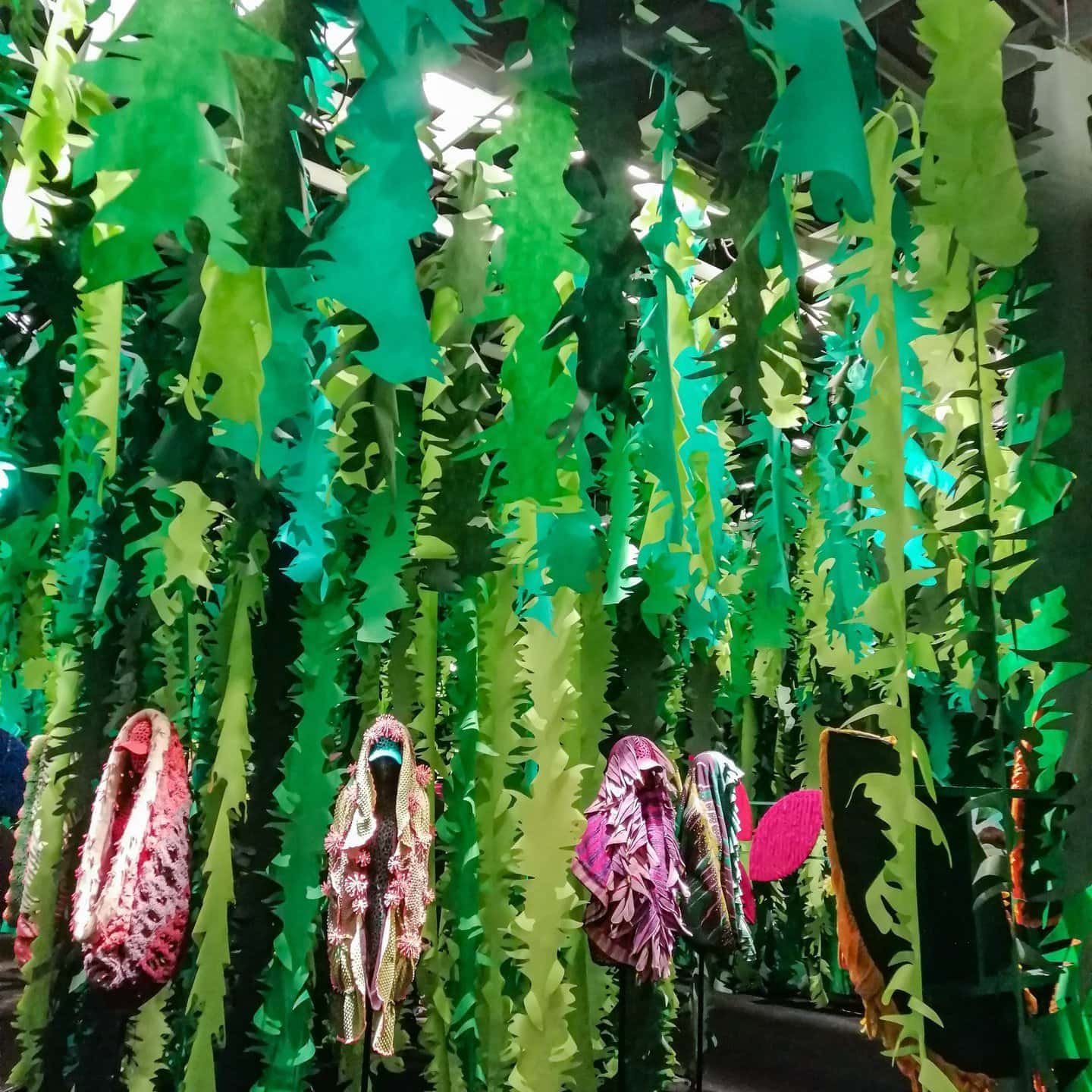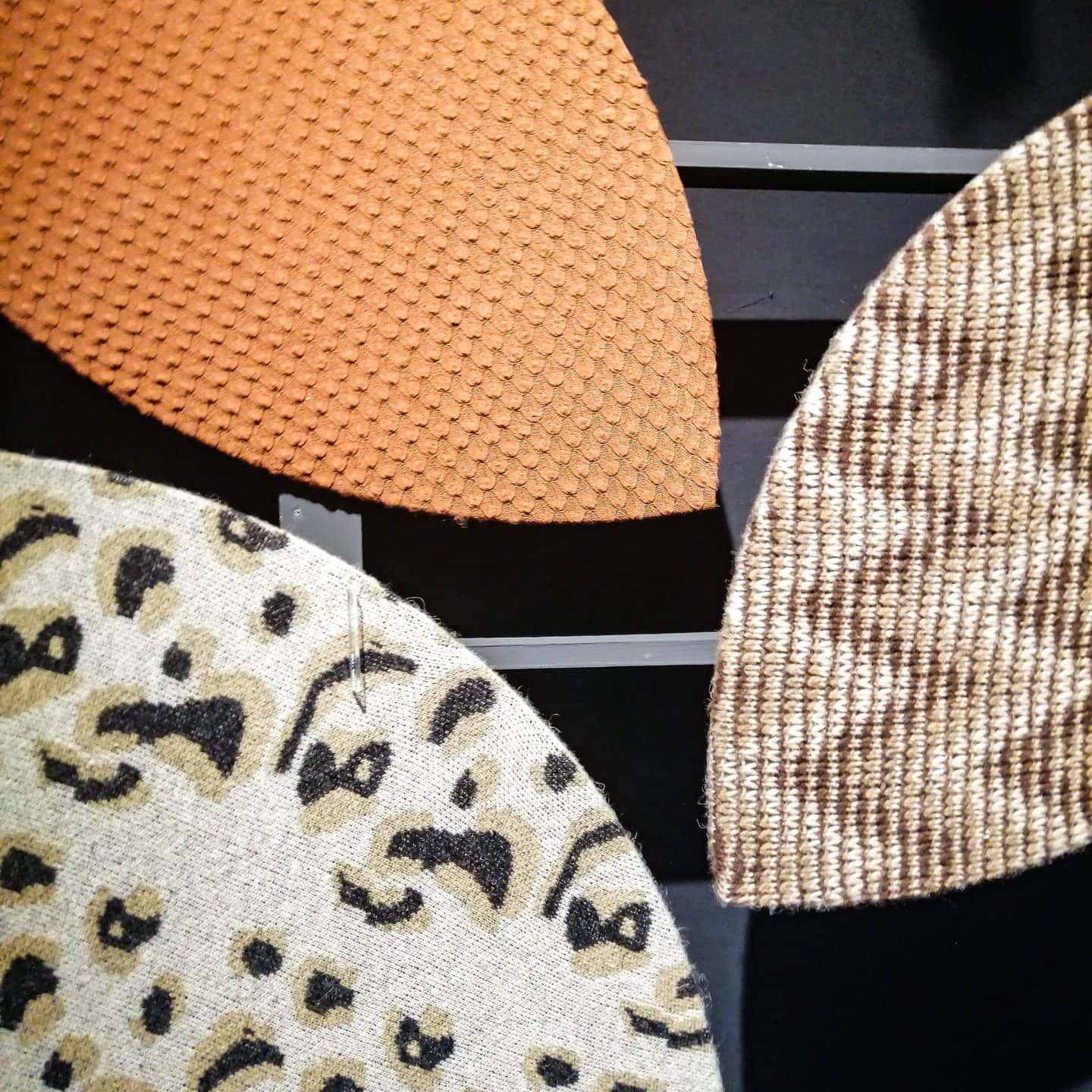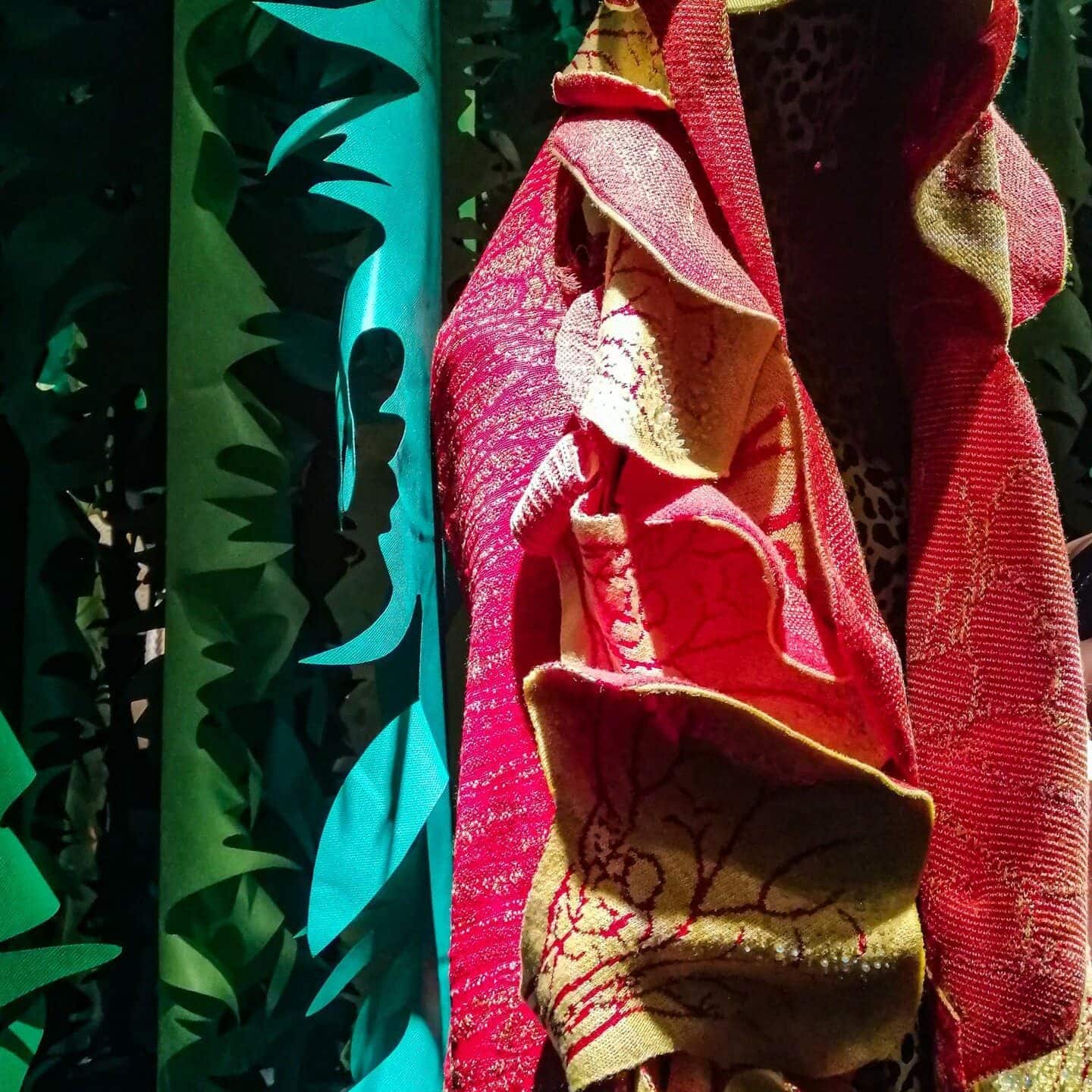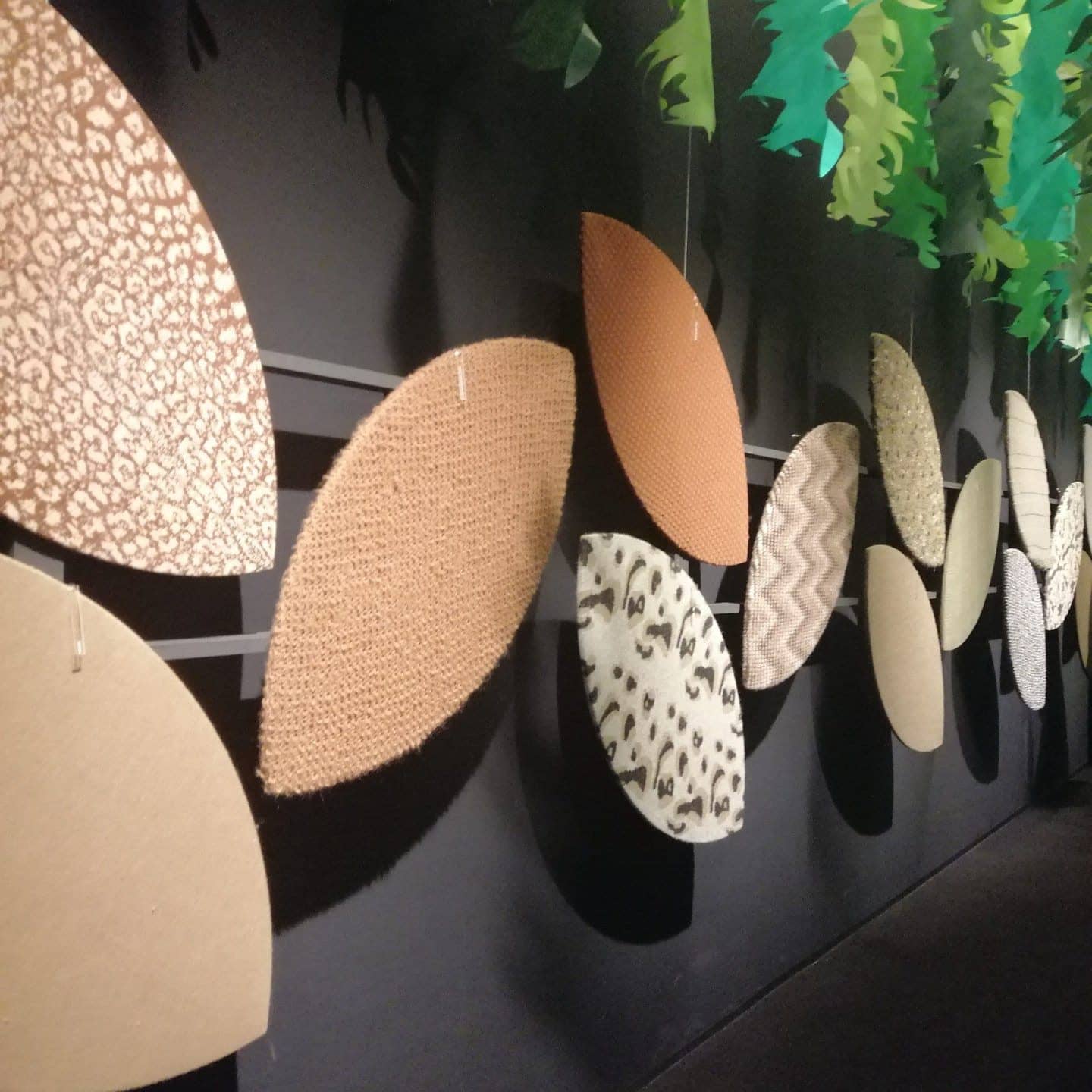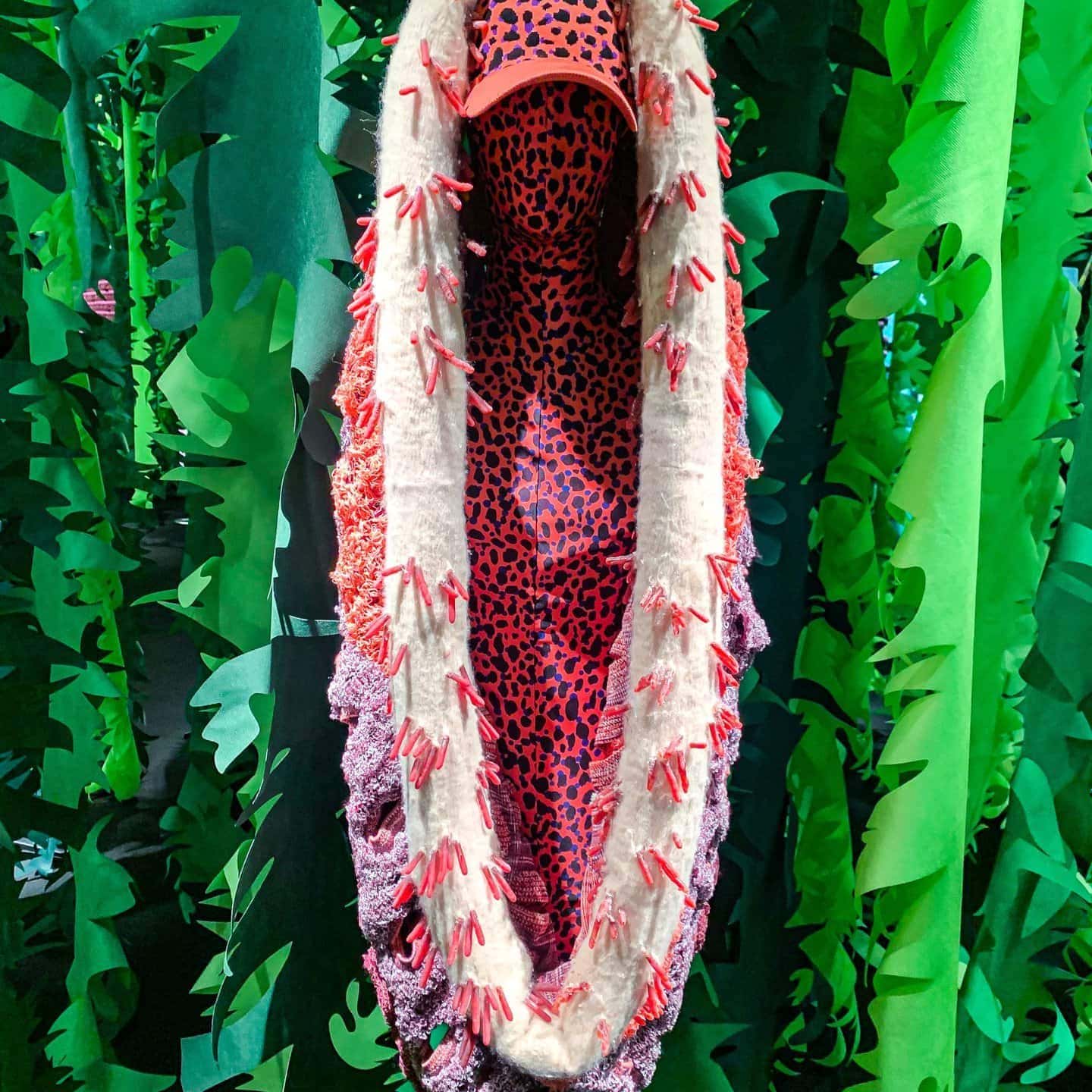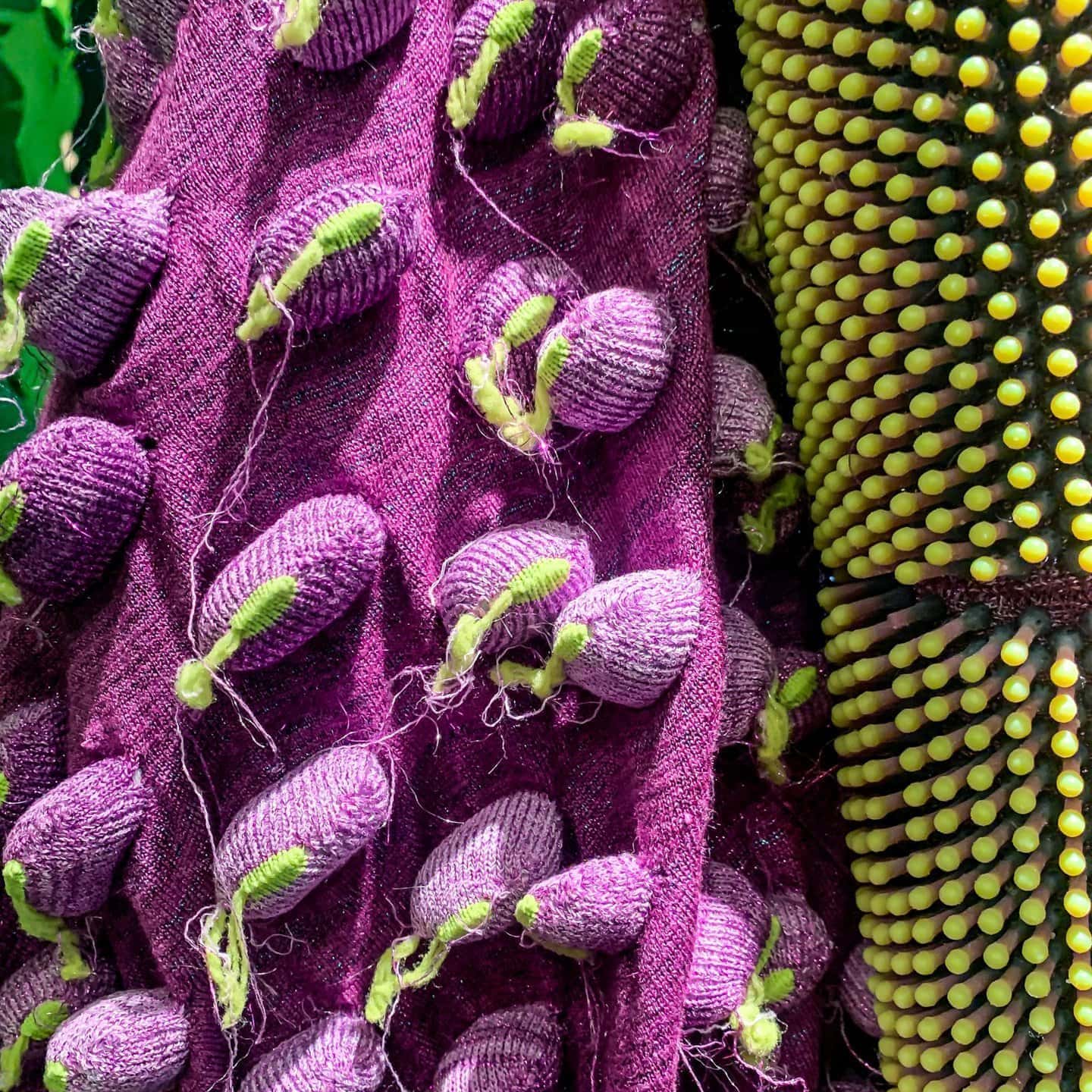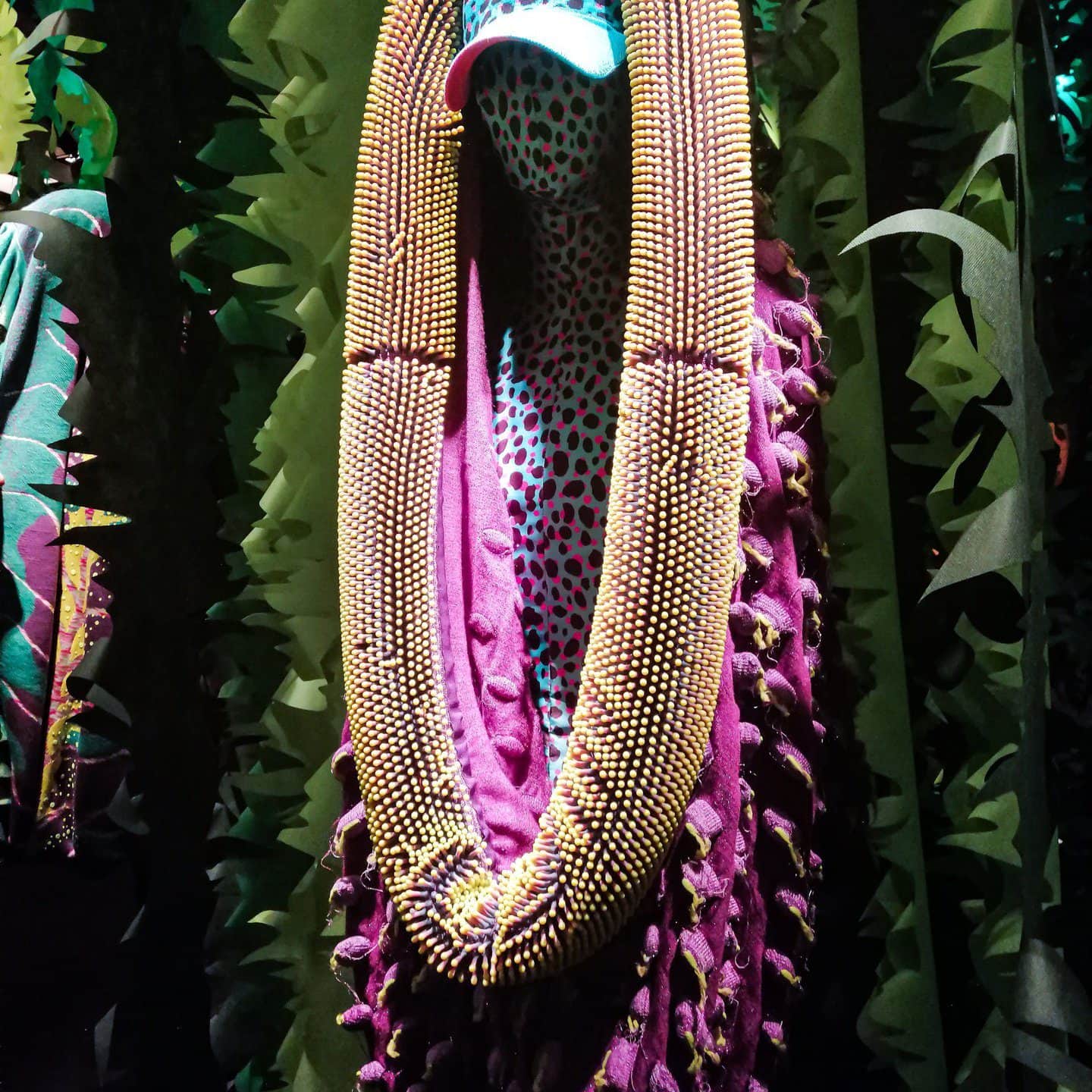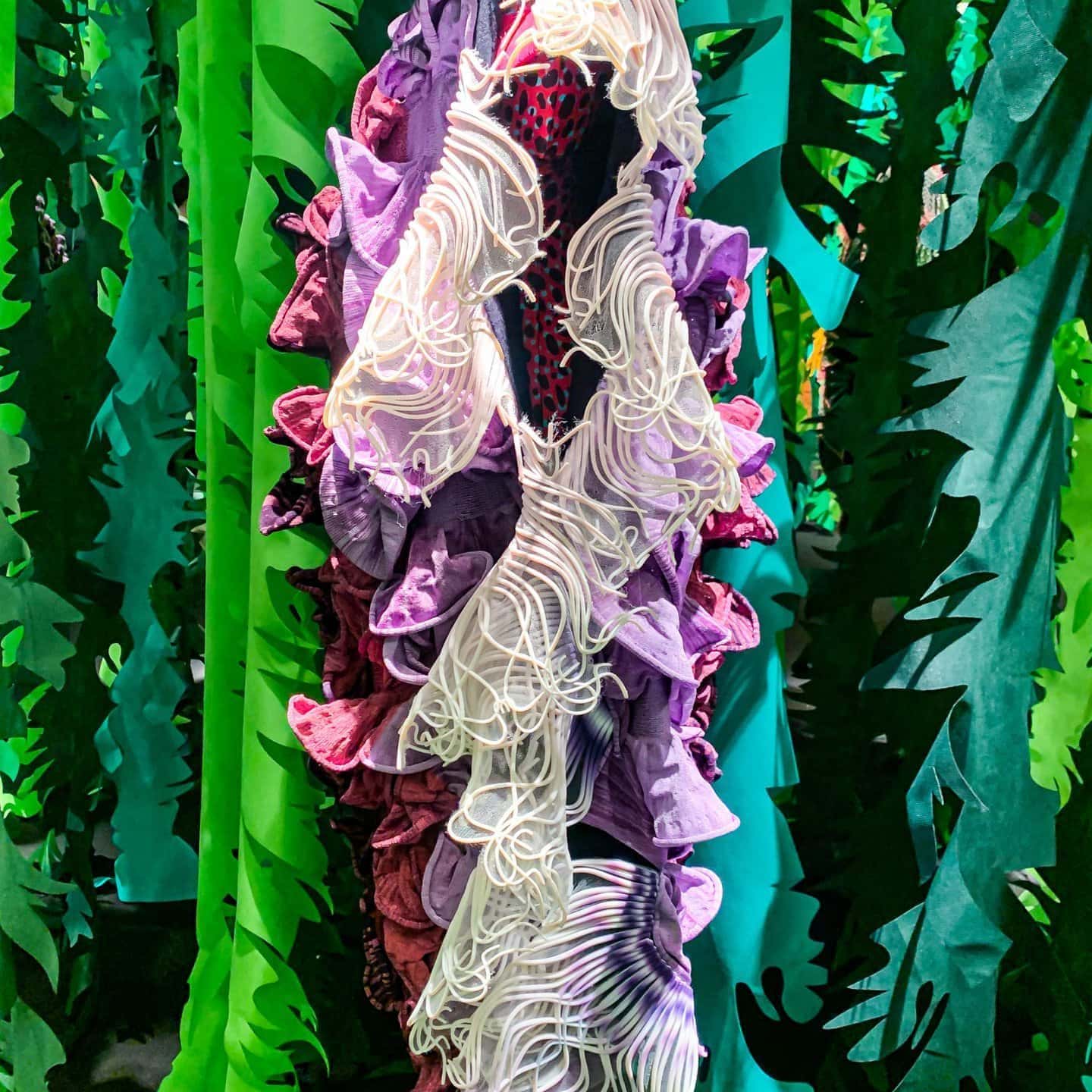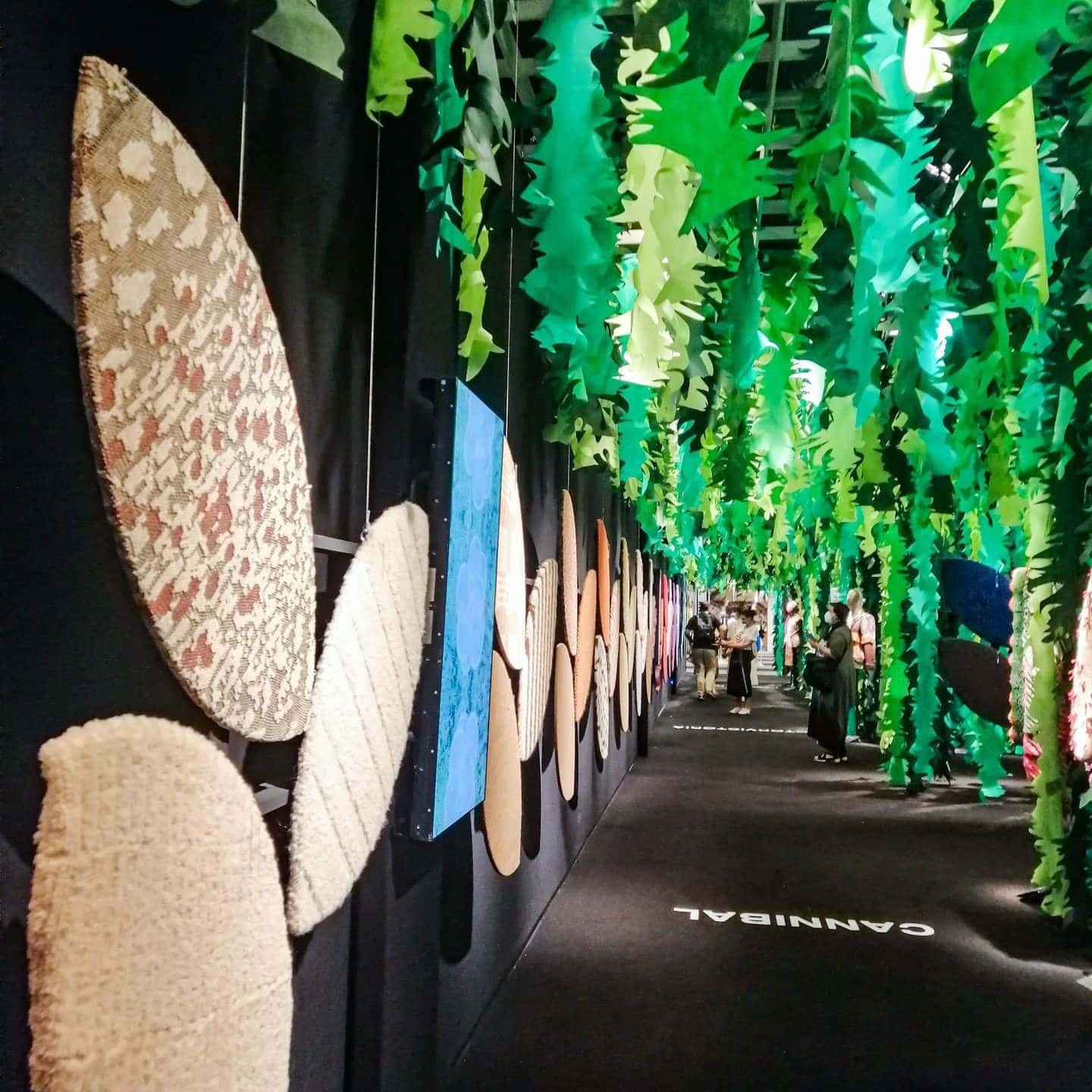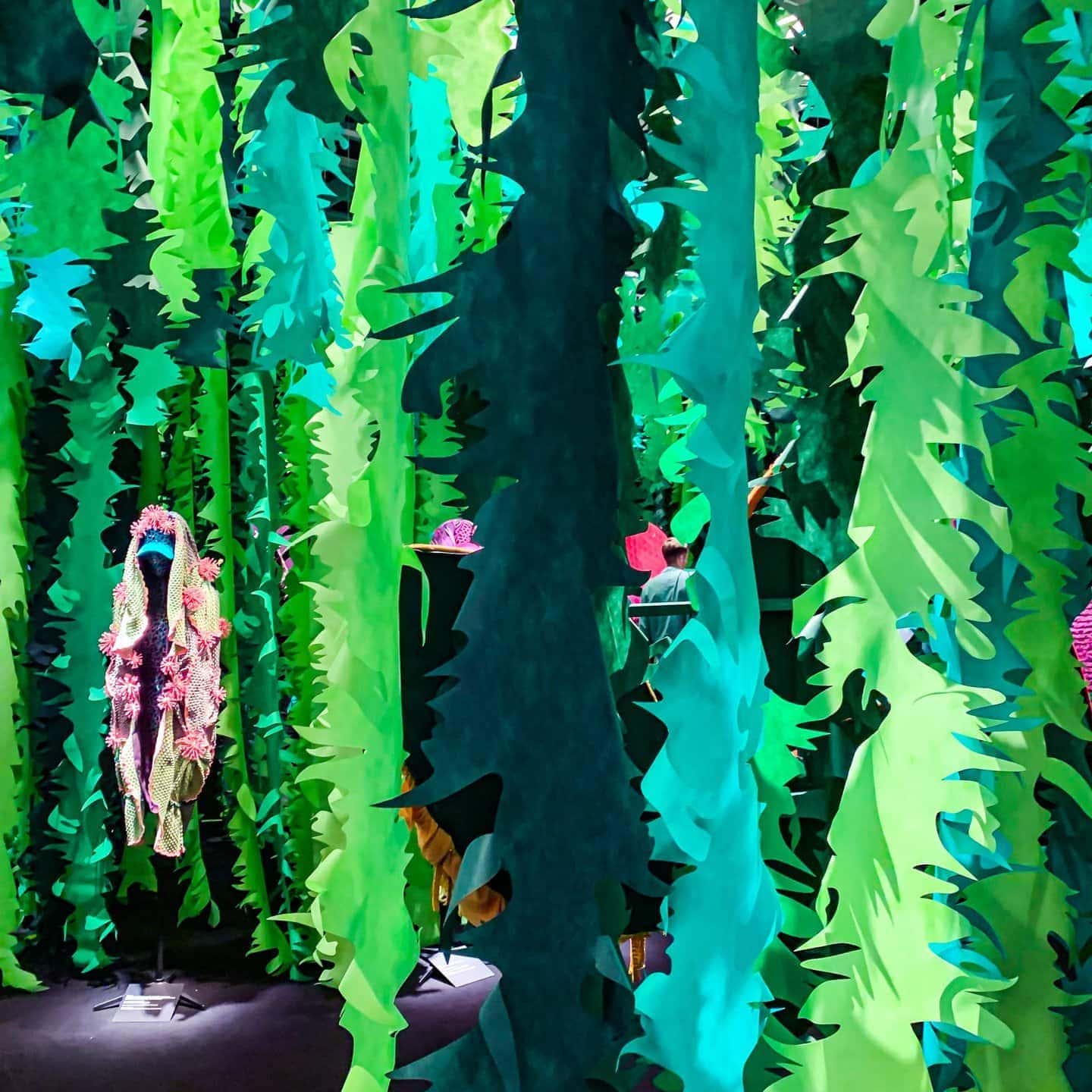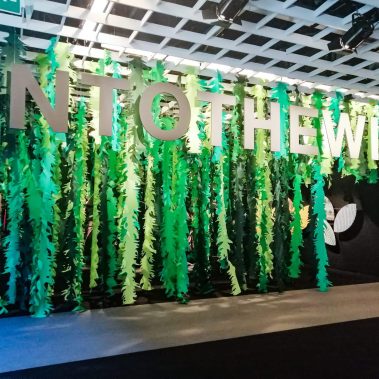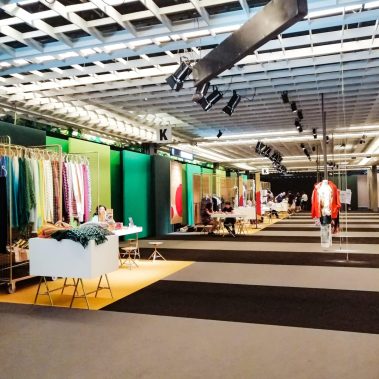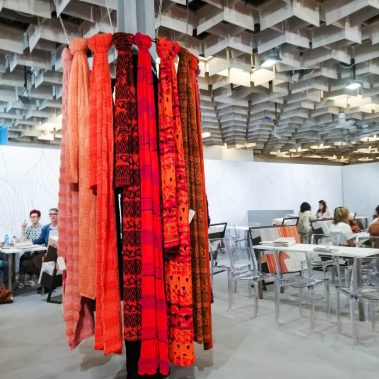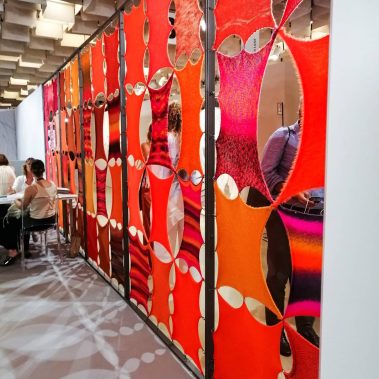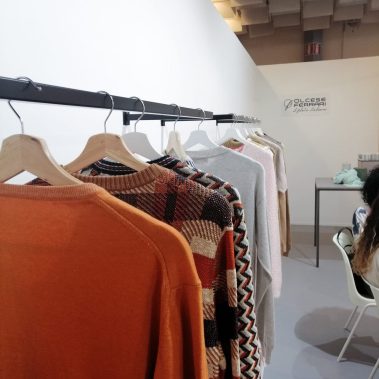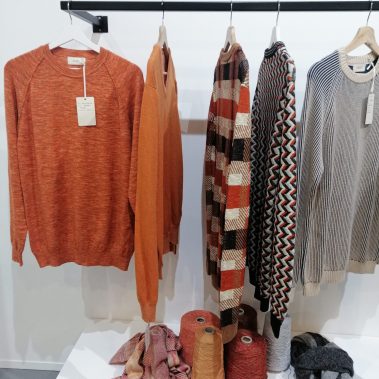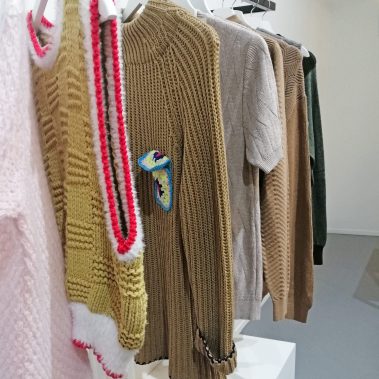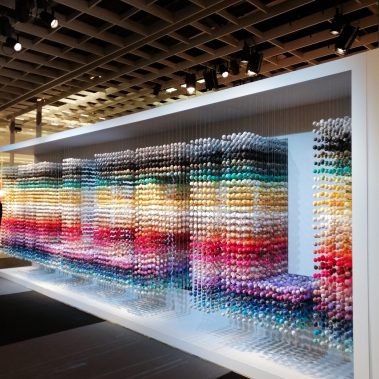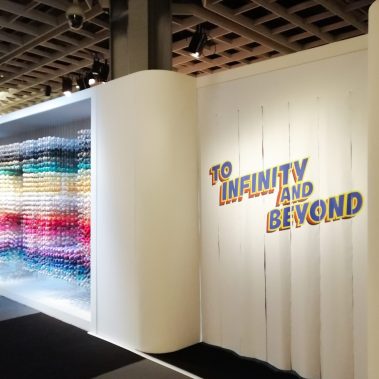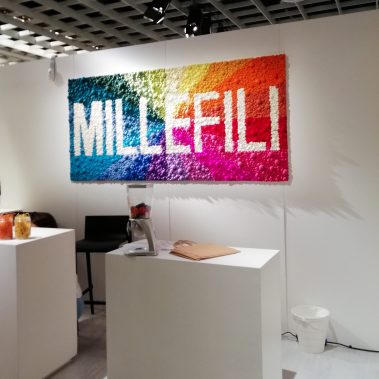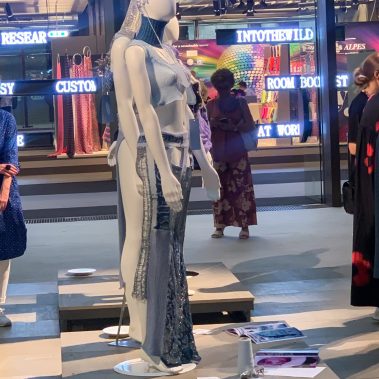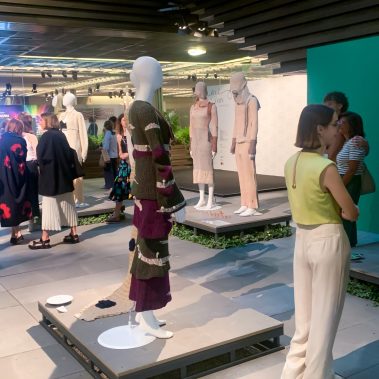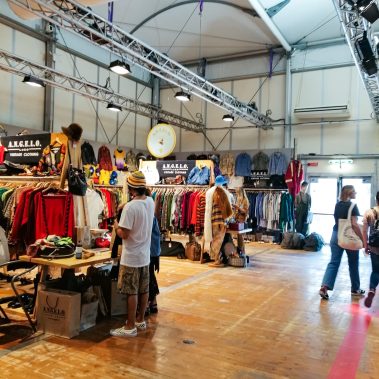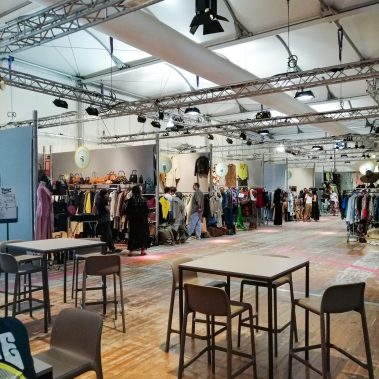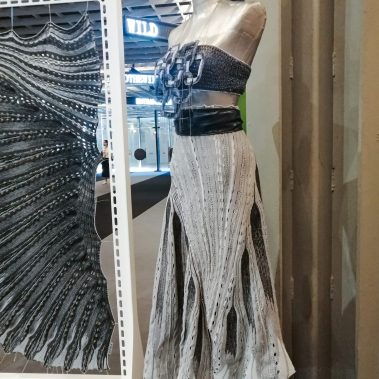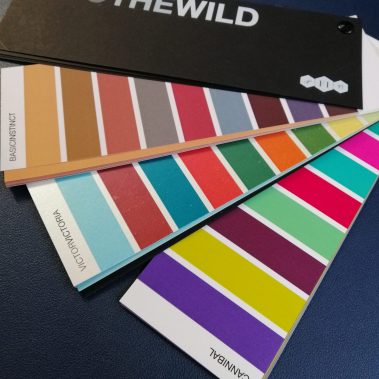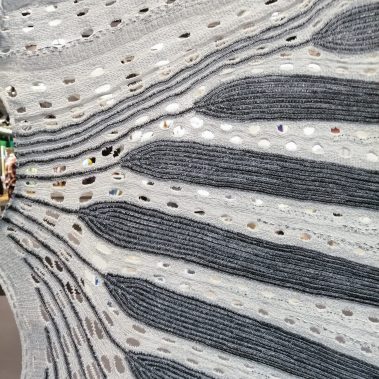Pitti Filati 91 began for us the evening before the actual start, on 28 June with the event organized by the Filpucci spinning mill at the company where the recycling process of the cashmere used for the production of their recycled cashmere yarns is carried out. In the first room we visit we immediately see the machinery that transforms the old knitted garments into fiber that can be spun again.
In the next room we discover what happens in the phases preceding that machine. In this space we immediately see the division into zones between pre-consumer cashmere grs and post-consumer cashmere grs. The first of the two is packed at the back of the room. We talk about pre-consumer to define textile materials that have not reached the final consumer, therefore waste from textile or spinning processes, defective garments or other textile products that have not been sold. The post-consumer cashmere, on the other hand, is that obtained from used garments. For this material is made a sorting and division based on the colors. There are large sacks lined up for this division in this room of the factory.
Together with a person in charge of this task, we also try to decide in which color pile put the various shades of color and he explain to us their division criteria. It is a very meticulous division and they explain to us that even garments that seem to be the same color are divided into different bags when the shade changes even slightly. A curiosity: we discover that the striped sweaters go in a separate pile that will be fiber to be dyed in a dark color. After this passage the garments pass to operators who check them and eliminate buttons, labels and other applications and accessories that cannot pass through the aforementioned machinery, for the transformation of the garments back into fiber. Seeing these phases cannot fail to remind us that Prato’s fortune in the textile field has been based on this for centuries, these are the basis of the profession of cenciaiolo. This italian word that cannot be translate, refers to the person who collected and teared apart old clothes, to recycle them, making the fiber been yarn again. (Here a beautiful article about this profession and its story if you are interested).
Following the tour of the recycling process, an archive dedicated to American vintage from the 1940s to the 1990s was inaugurated: Indigo Vintage Collection (@indigo_vintage_collection on instagram).
This is a rare and original space where the passion for vintage fashion blends with that for design and the most varied objects of the period in America.
There are really a lot of design objects, luminous signs of clubs and advertising posters, objects such as vintage pinball machines and petrol pumps, and still car doors and other parts of vintage cars, up to metal plates of all kinds and types. Even the industrial structure has been cladded with retro-looking sheet metal on the walls that helps to give the desired vintage effect, giving the impression of entering a 1950s hangar in the United States.
The clothing items on display are very different, both for men and women, from evening dresses to the denim department, with jeans, shirts, jackets and Texan boots, up to printed t-shirts and jackets. There are also beautiful knitwear garments with really interesting embroideries, prints and knit stitches, these are obviously the ones that catch our attention the most.
The owner of the Indigo archive is a great fan of Elvis, so a separate section is dedicated to him, with documents, magazines, books and a jacket that probably belonged to him. The set-up with the televisions on which the singer’s videos play over and over again is very nice.
From now on, this historical archive belonging to the Masi family will be accessible by appointment to an audience of professionals who will be able to discover the collection of clothing and design items and possibly rent them. Let’s see below the interview that Tv Prato made with Luigi Masi during the event.
Pitti filati 91 began on Wednesday 29, returned to Fortezza Da Basso after two editions held at Stazione Leopolda, the numbers are positive and say that this Pitti Filati is the best of the past two years, in terms of the number of buyers and visitors who attended.
Many exhibitors, from spinning mills to knit clubs, printing factories and software companies and knitting machines companies such as Stoll. A small section dedicated to vintage, the “Vintage Selection” returns to the fair, albeit in a reduced version compared to pre-covid times, and this time is located near the entrance.
Among the spinning mills we visit at the fair there are: Millefili, Ecafil, Manifattura Sesia, Pecci, Cofil, Lanificio dell’Olivo, Mister Joe, Gitibi. Coming from the fashion design department of Maglificio FMF we are looking for some particular yarns that have been requested to us by some of the brands we work with, so we only visit the stands of the spinning mills that we imagine could have them. We will see the collections of the other spinning mills back at the company building with their respective representatives.
This year’s research area is very beautiful and interesting. The title is Into the Wild, therefore we speak of a return to the origins, to a modern and primitive nature at the same time. The theme is divided into three sub-themes: Basic Instint, Victor Victoria, Cannibal. It can be said that this research area questions progress as a return to a wild and primitive period, a “primitive future” in which the opportunity for connection offered by technology actually tends to divide more and more. Natural and recycled materials are often also raw and semi-finished, thus allowing the creation of knitwear pieces that serve as a refuge, primordial tools to protect us. The colors are those of the minerals and plants present on the earth from its origins.
The VictorVictoria theme is the one that addresses gender fluidity by reworking elements of the Victorian era English costume, the male jacket and the female corset. In the period seen as elements of constraint, they arrive in a future in which they are fused and bearers of liberating and irreverent elements.
Each of the three themes is developed through a group of mannequins characterized in a different way with garments of inspiration each time referring to the group they belong to, arranged in a circular order and a series of panels with inspirational knit stitches mounted on bases cut in the shape of a leaf.
The setting is very impressive in general, strongly characterized by strips of non-woven fabric in different shades of green fringed as if to look like natural elements from a wild forest that descend from the ceiling.
Basic Instint
Victor Victoria
Cannibal
Below is a small collection of photos around Pitti Filati. From the Olcese Ferrari stand with some garments made by us on display, up to the Feel The Yarn stand with the garments of the finalists of their Feel The Green 2022 contest on display. Passing through some other stands and vintage selection.

